First, let me clarify: “Fly restaurants” is a term of endearment, with no derogatory intent whatsoever.
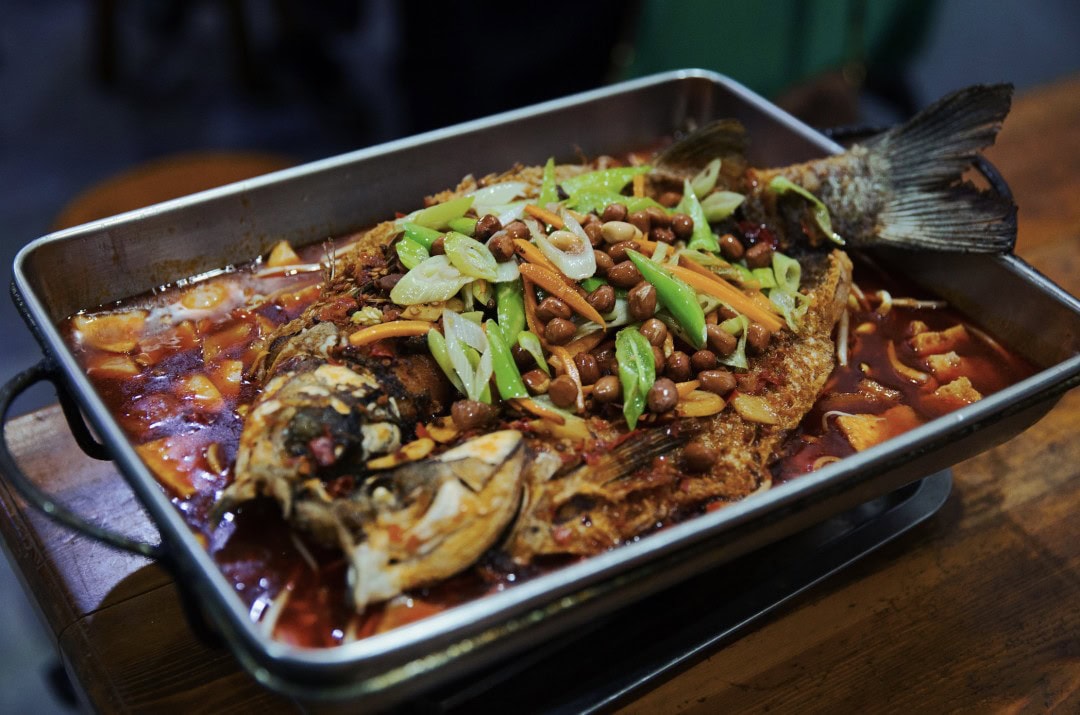
I personally enjoy dining at these places. Not just me, but those small eateries scattered in alleys, doorways, and makeshift shacks are the dining halls that foodies dream of.
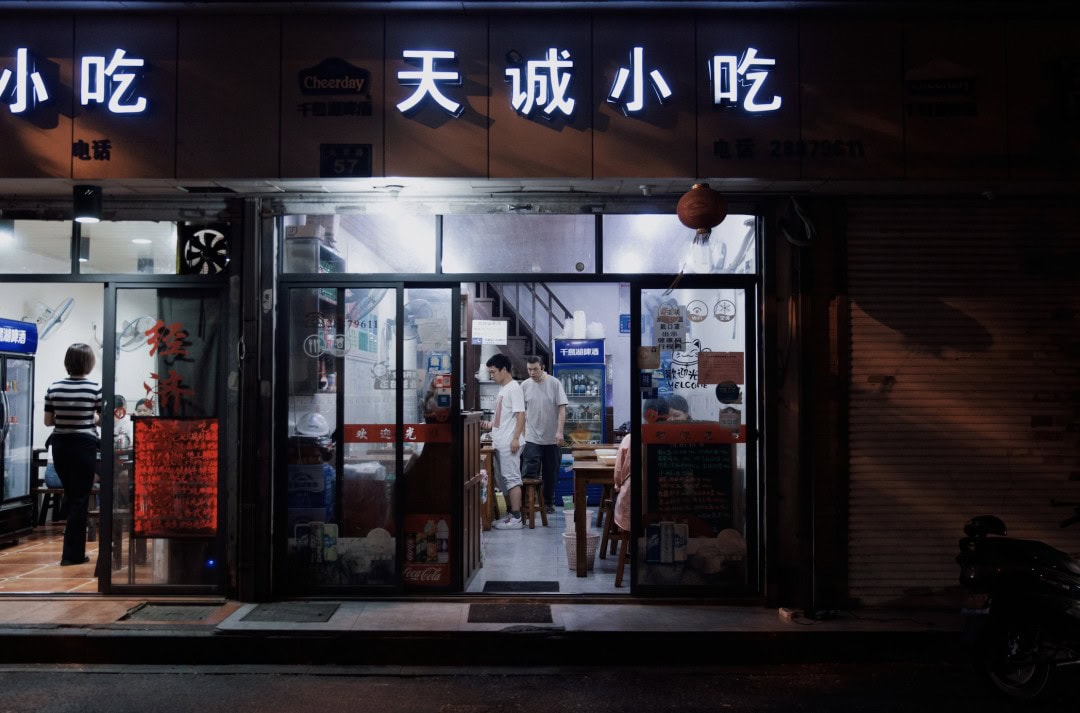
Many of these establishments specialize in just one dish, one snack, or one staple. Yet, they offer comfort in every bite and are incredibly affordable.
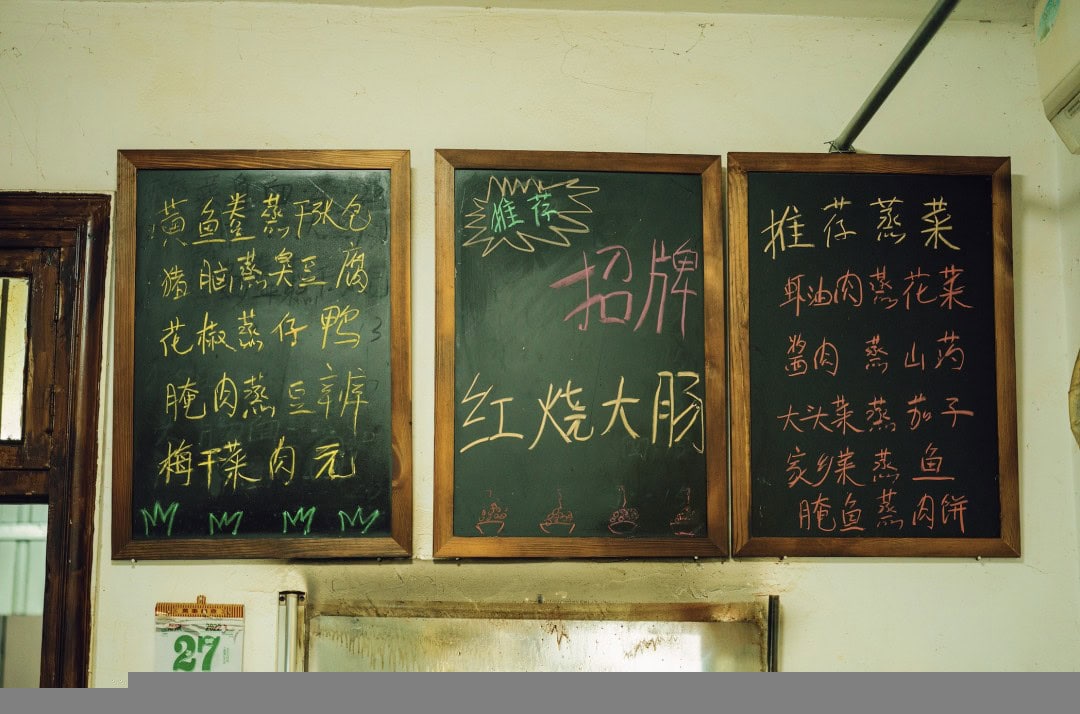
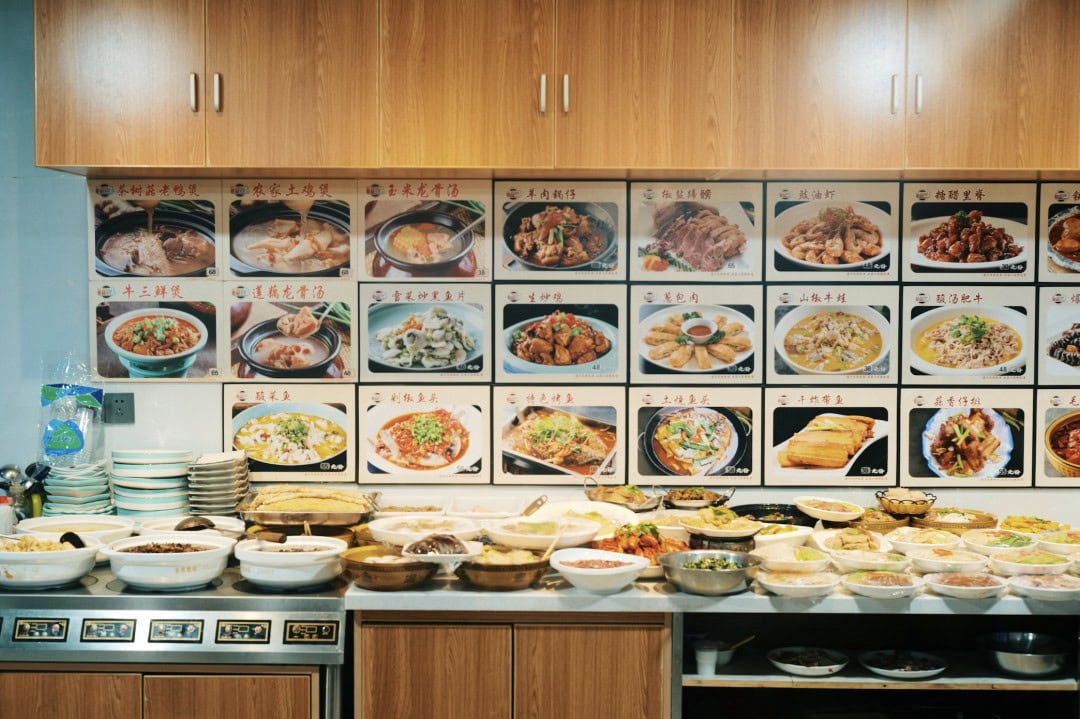
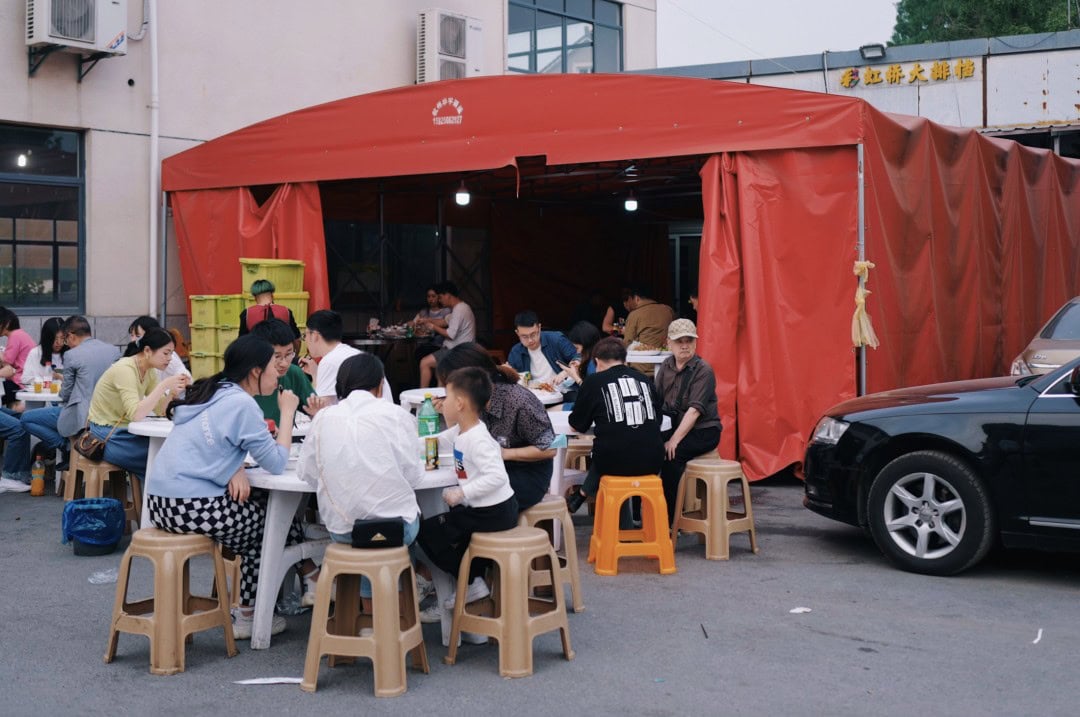
Today’s article is a guide to Hangzhou’s fly restaurants.
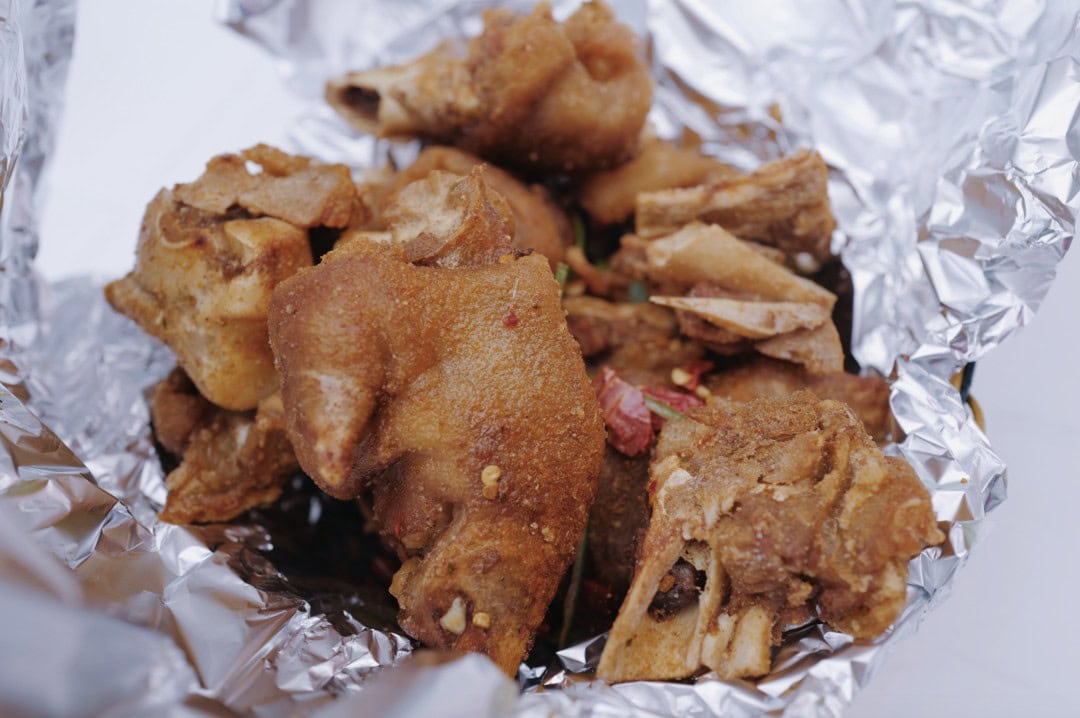
As a Hangzhou native with over 30 years of experience, I know my way around finding good food in the city.
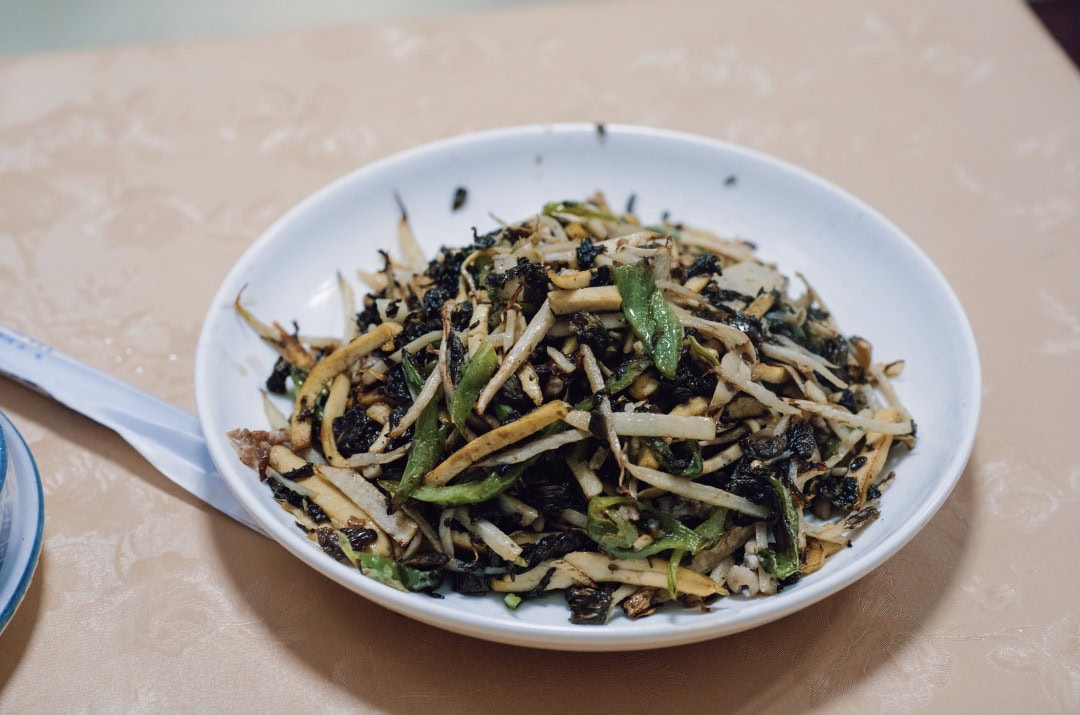
Today, I’ve compiled a list of the fly restaurants in Hangzhou that I personally recommend. Many are tucked away in the most hidden corners, making them quite difficult to find.
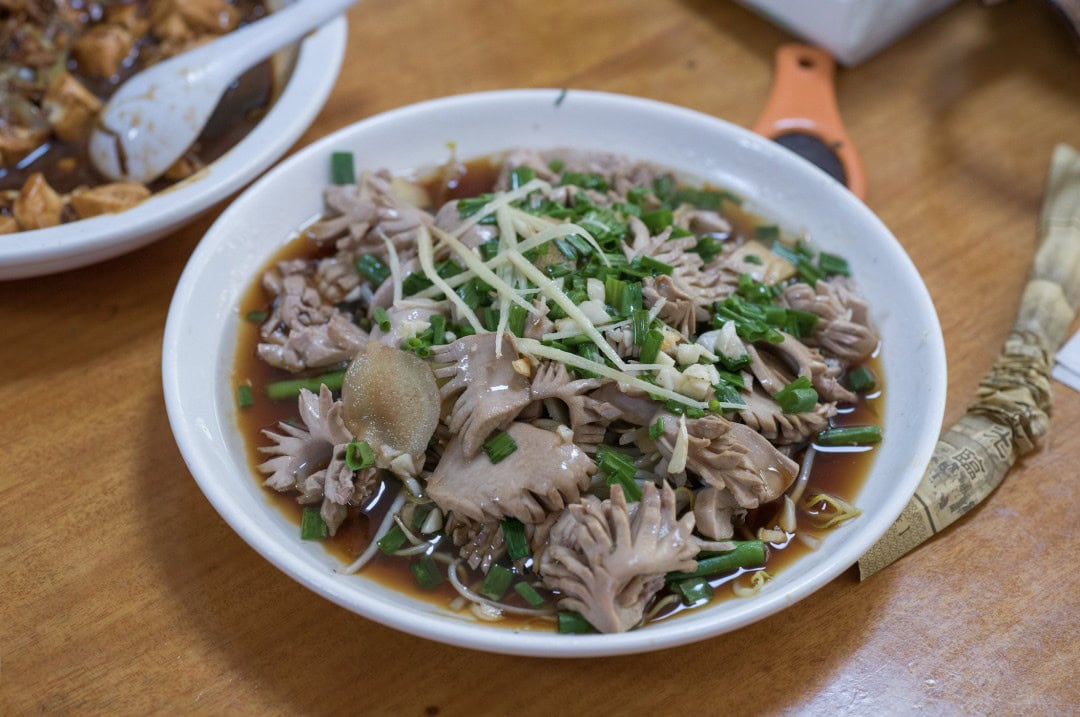
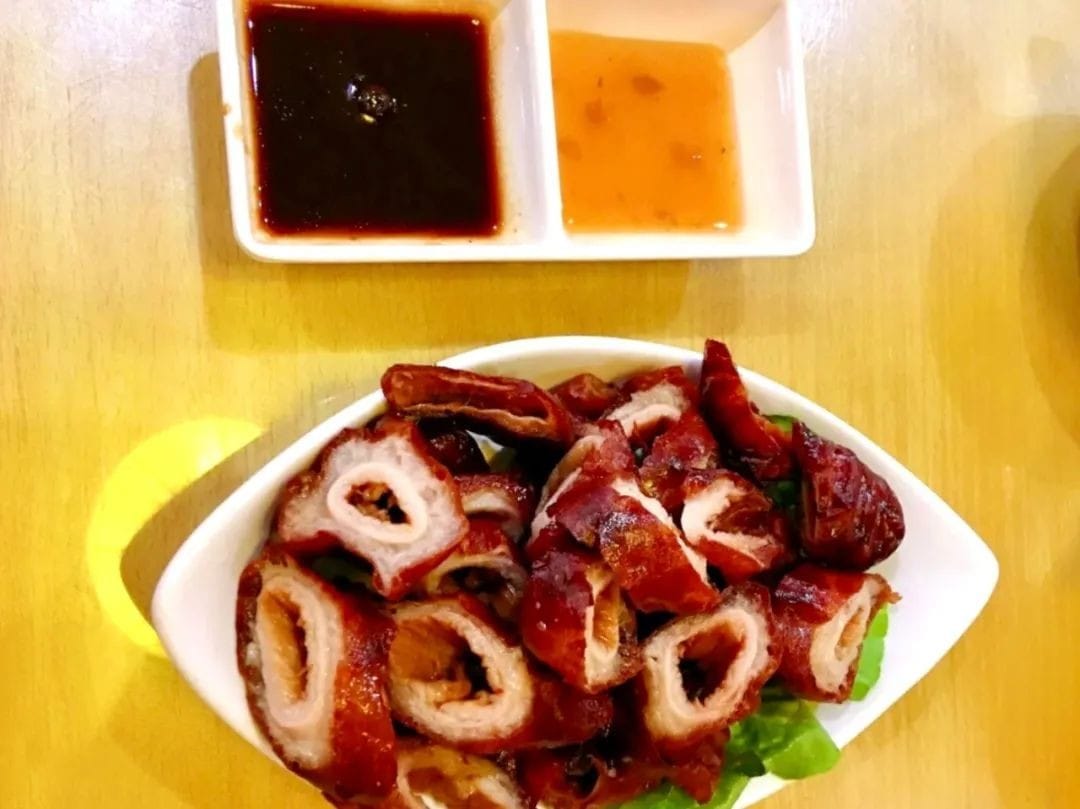
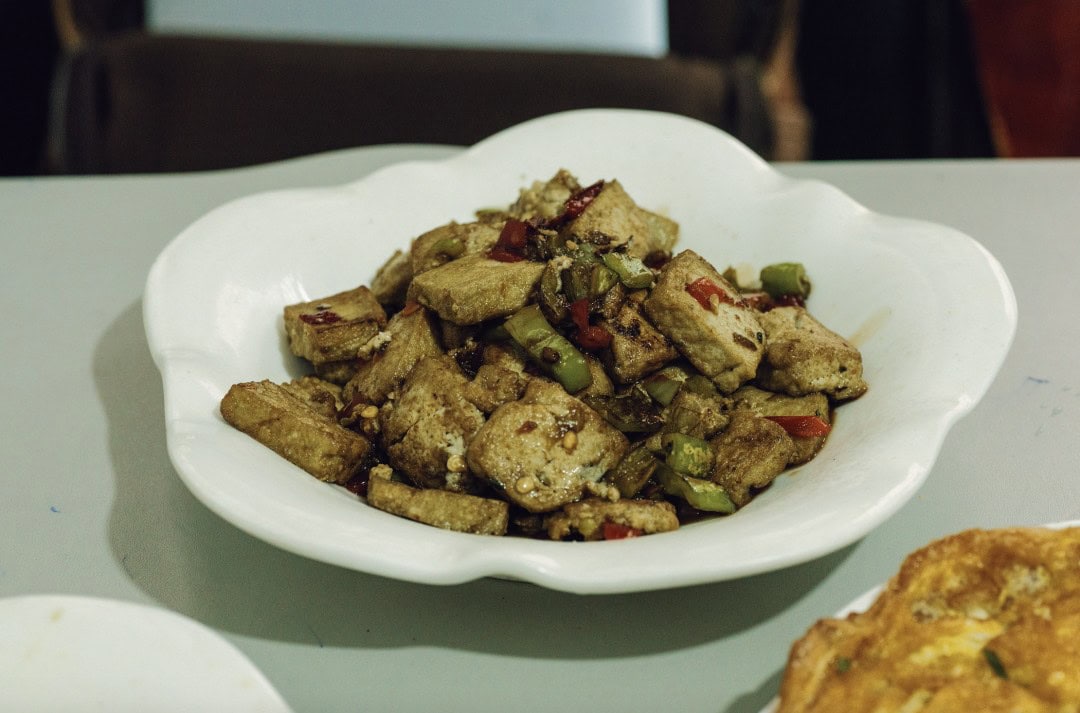
Let me first explain how I define a fly restaurant.
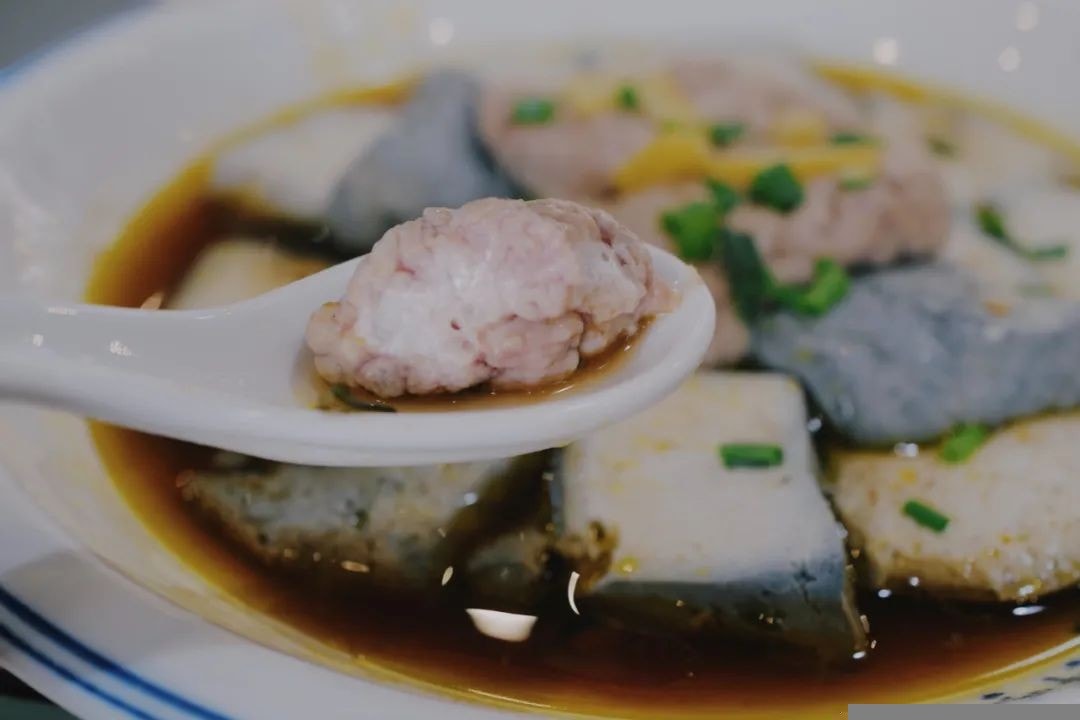
It must be delicious and offer great value for money.
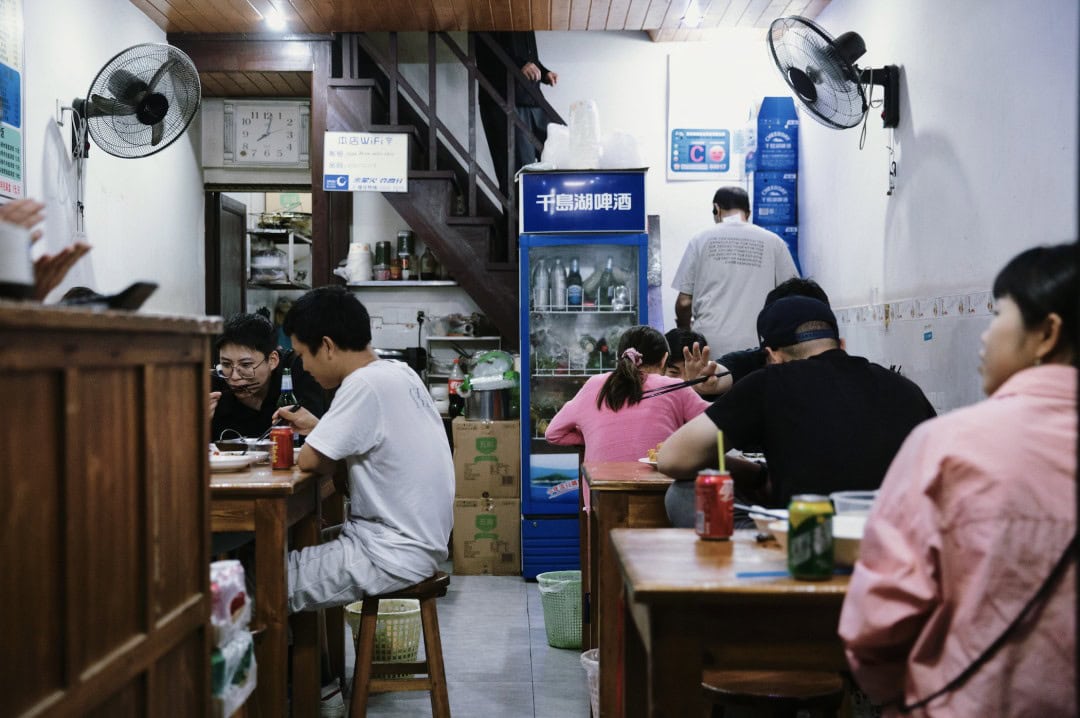
Food critic Shen Hongfei once wrote an article titled “Everyone Has a Fly Restaurant in Their Heart,” where he stated: “A fly restaurant has three characteristics: it’s delicious, though not necessarily to die for; it’s dirty, but not necessarily disgustingly so; and it’s cheap, but definitely cheap to the point of being a steal.”
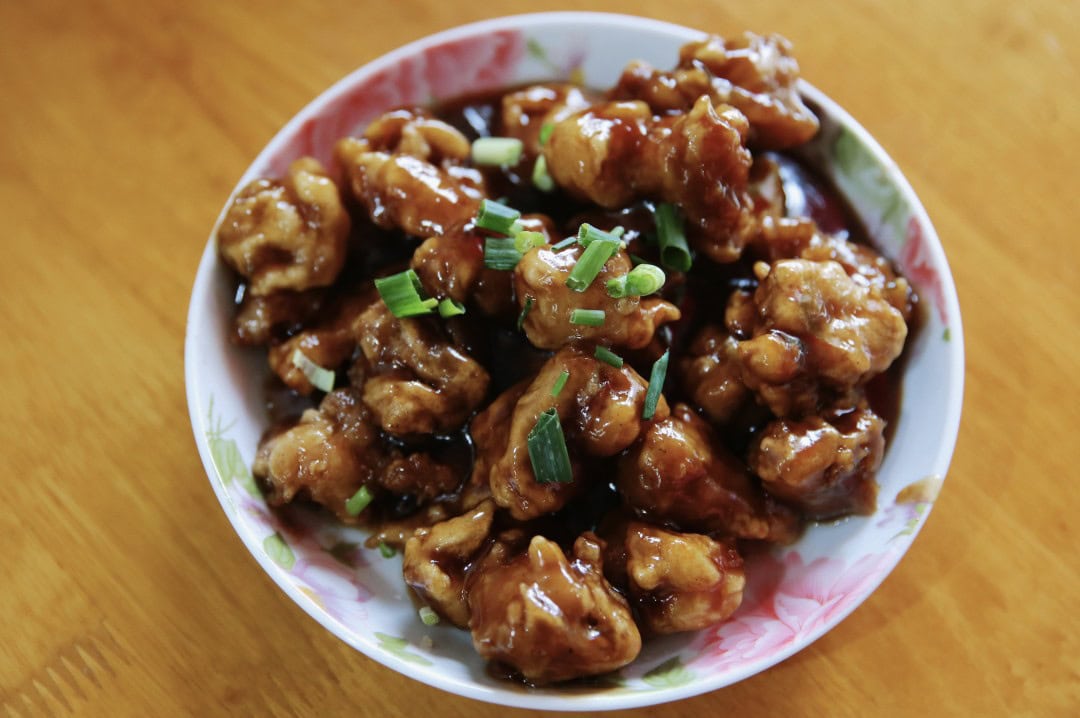
I couldn’t agree more. The core of a fly restaurant’s appeal has always been its combination of quality and affordability.
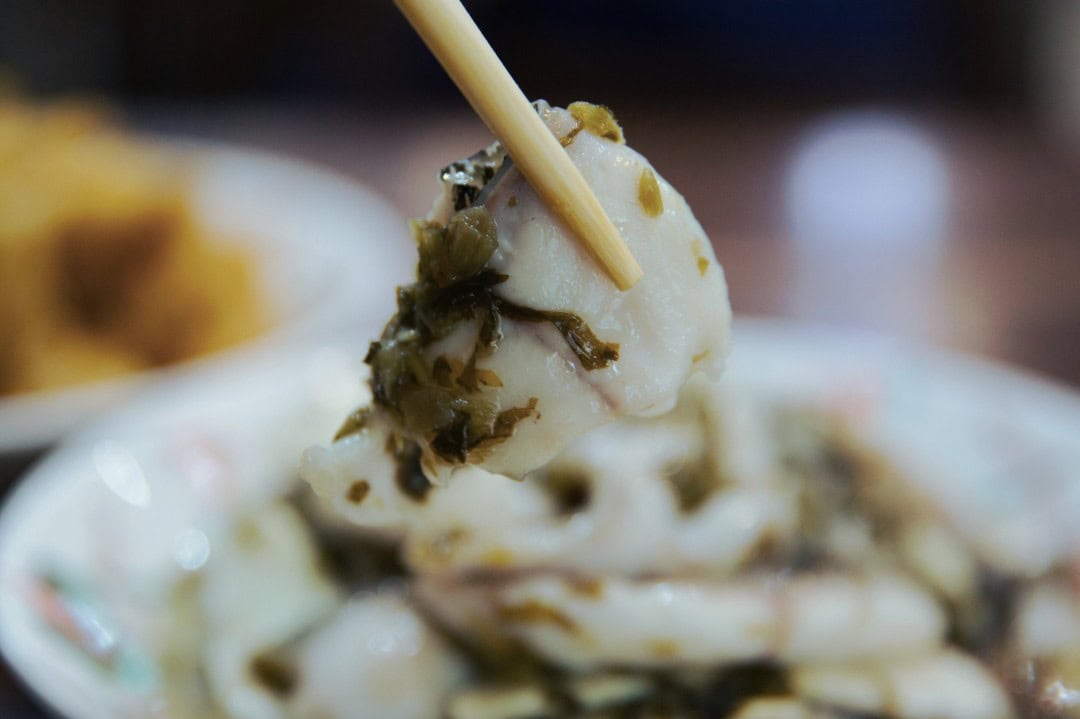
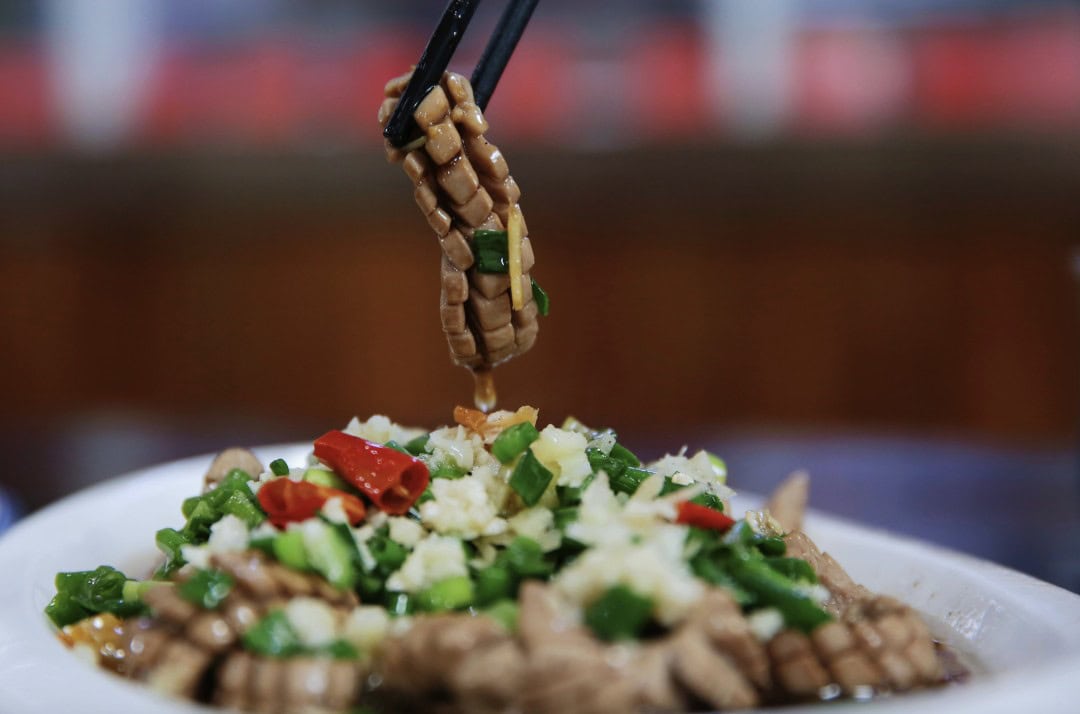
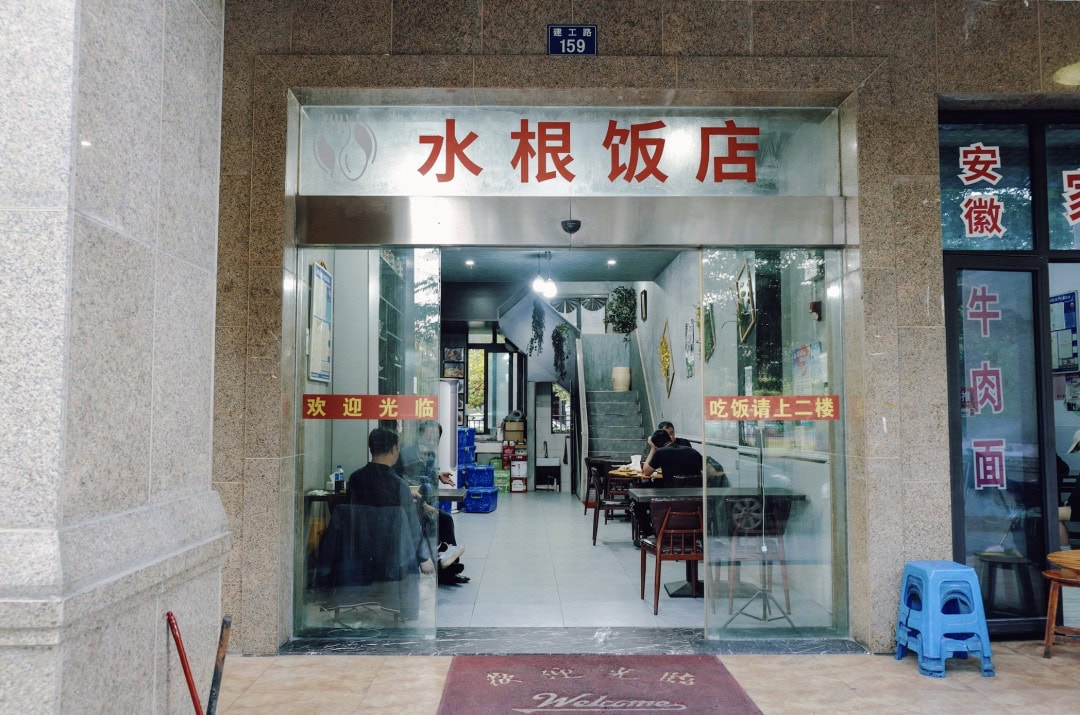
Most of Hangzhou’s famous restaurants are not “fly restaurants.”
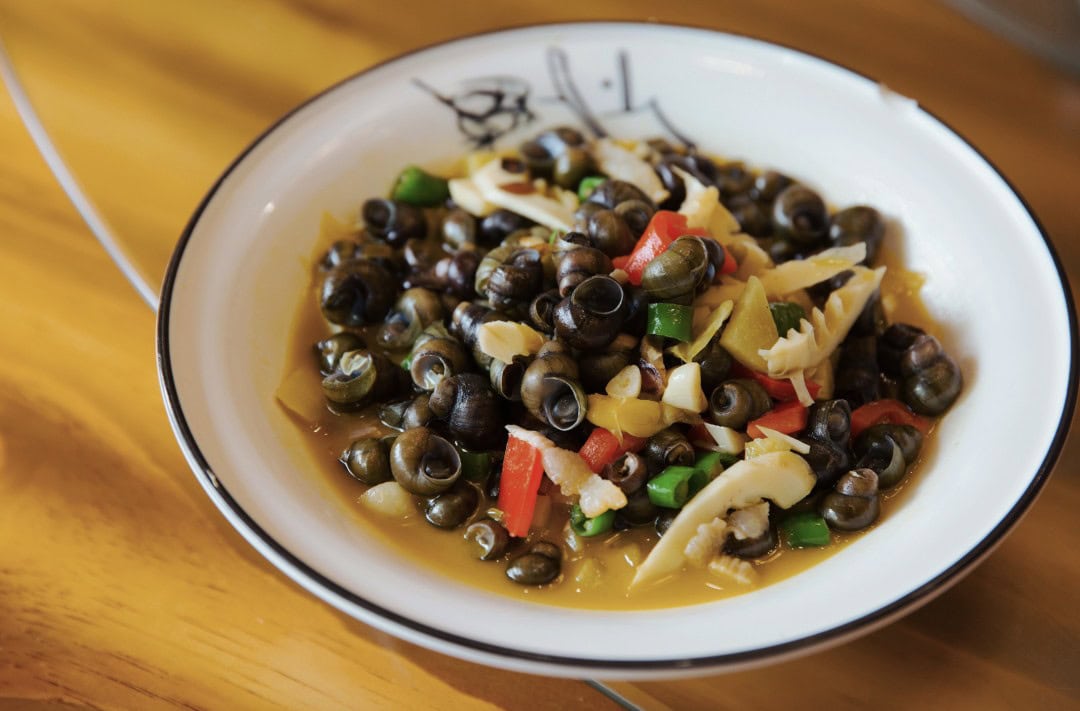
Take Green Tea, Grandma’s House, New White Deer, and New Discovery, for example. These are Hangzhou cuisine chains that operate on a central kitchen and supply chain model.
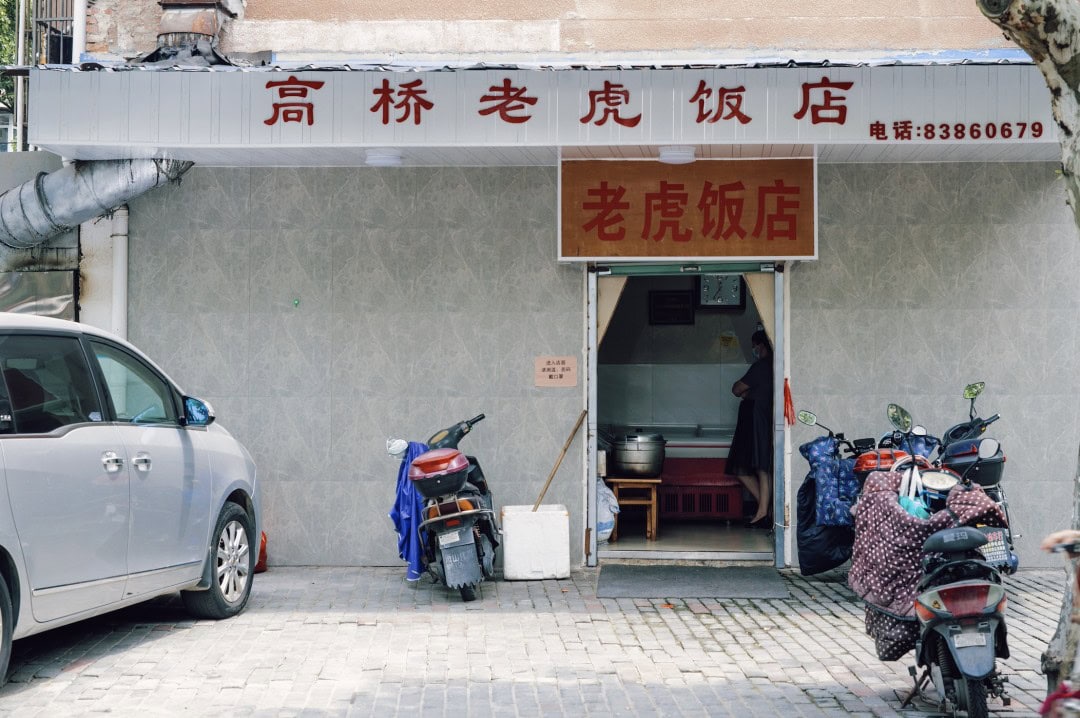
These places offer a pleasant environment, reasonable prices, and consistent flavors, but they are not fly restaurants.
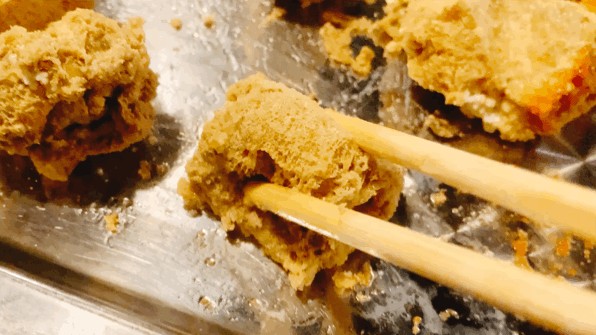
They resemble the strategy that budget hotels used to compete withhotels in the past. However, for seasoned foodies, these places lack the unique charm of a fly restaurant.
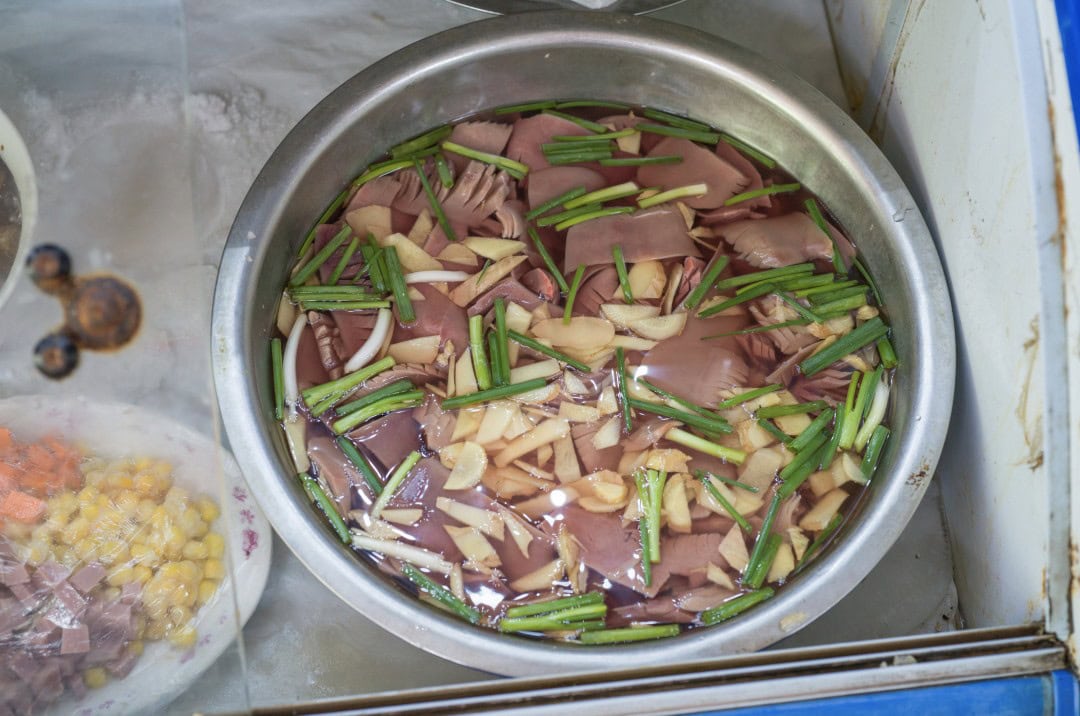
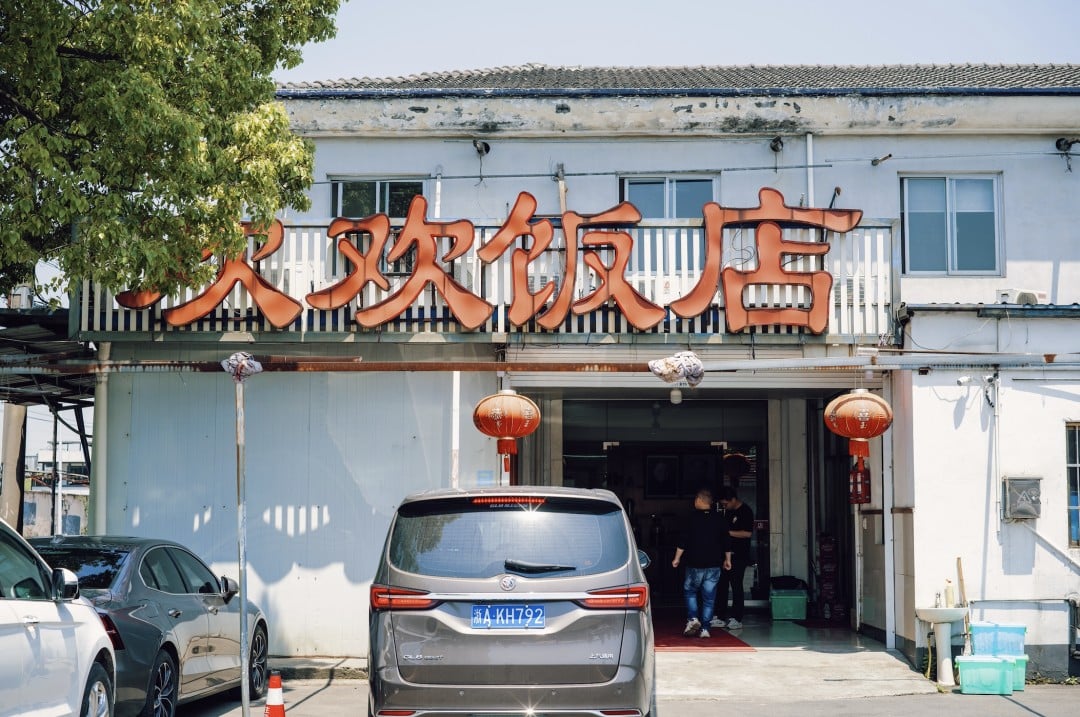
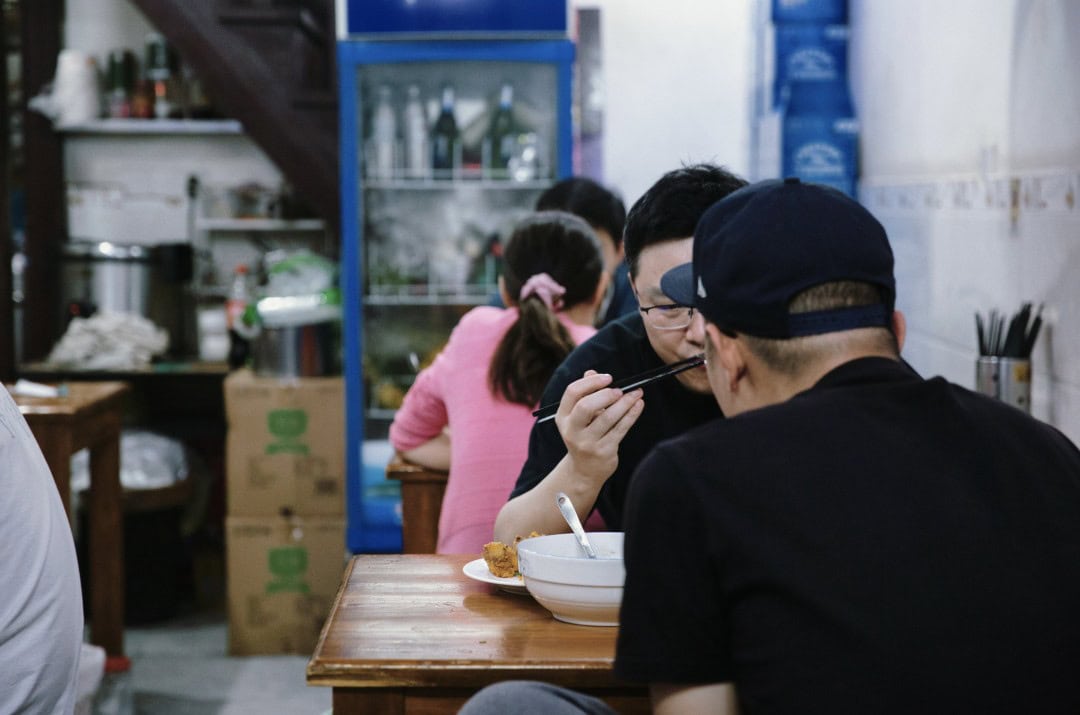
What about establishments like Deming Restaurant, Qunle, Feile, and Jinzhongbang? I don’t consider them fly restaurants either, as their facilities are too good, and they have too many seats. Some have even been capitalized.
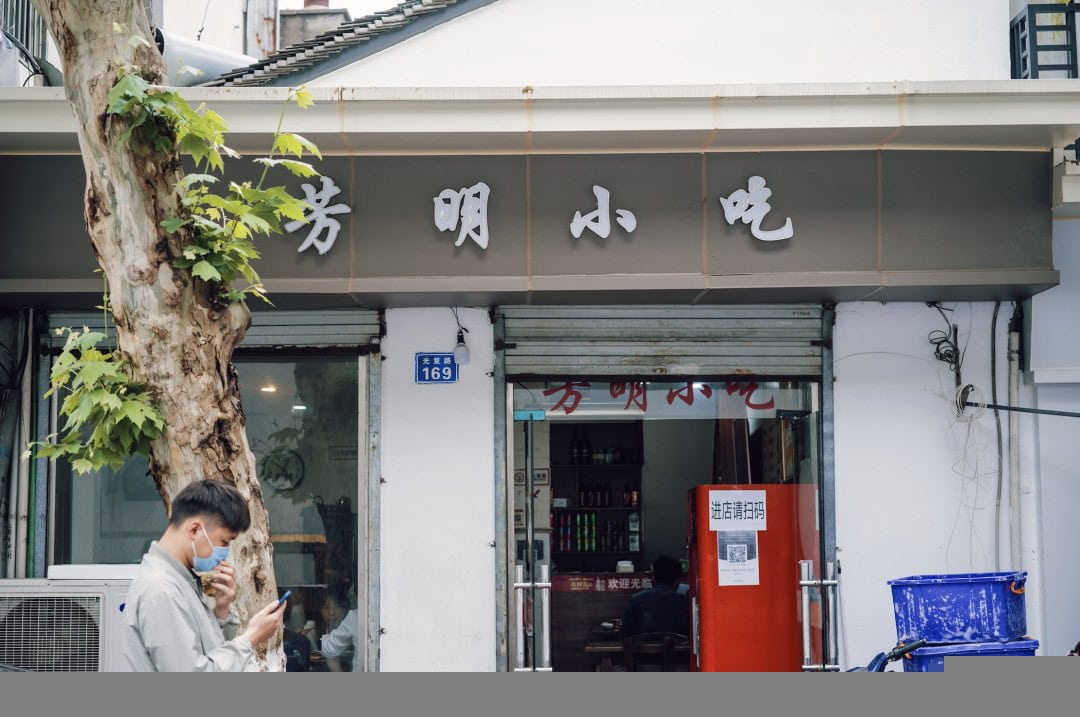
Hangzhou’s Three Sisters and Cai’e Restaurant used to be fly restaurants, but they are no longer after relocating. The reasons are the same as above.
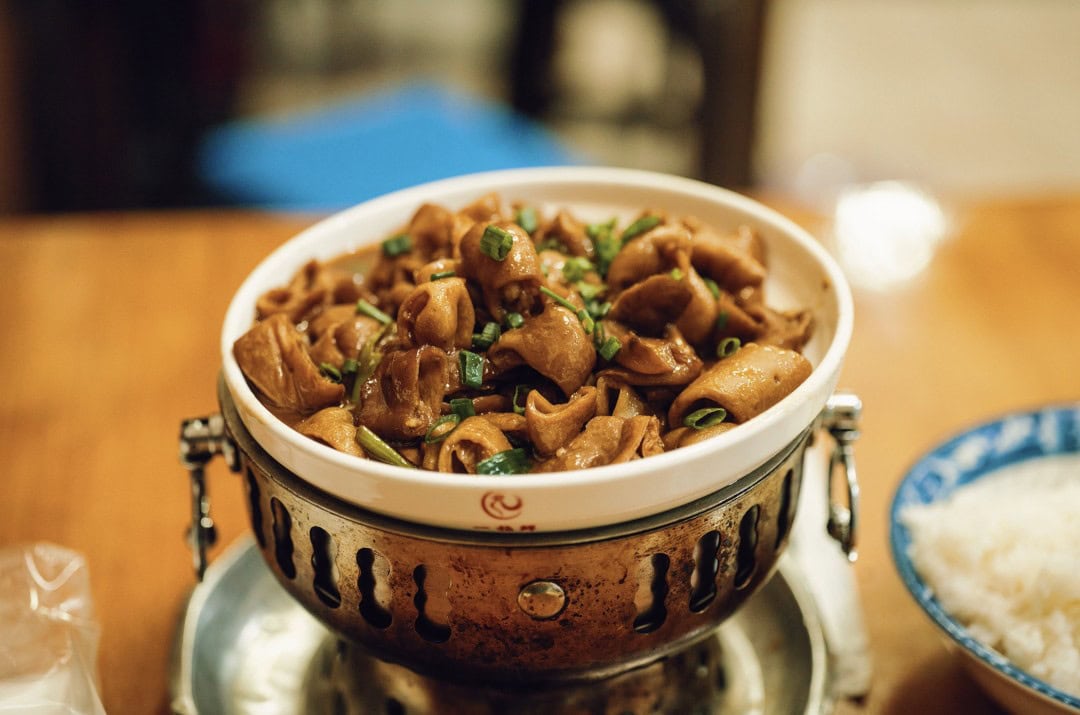
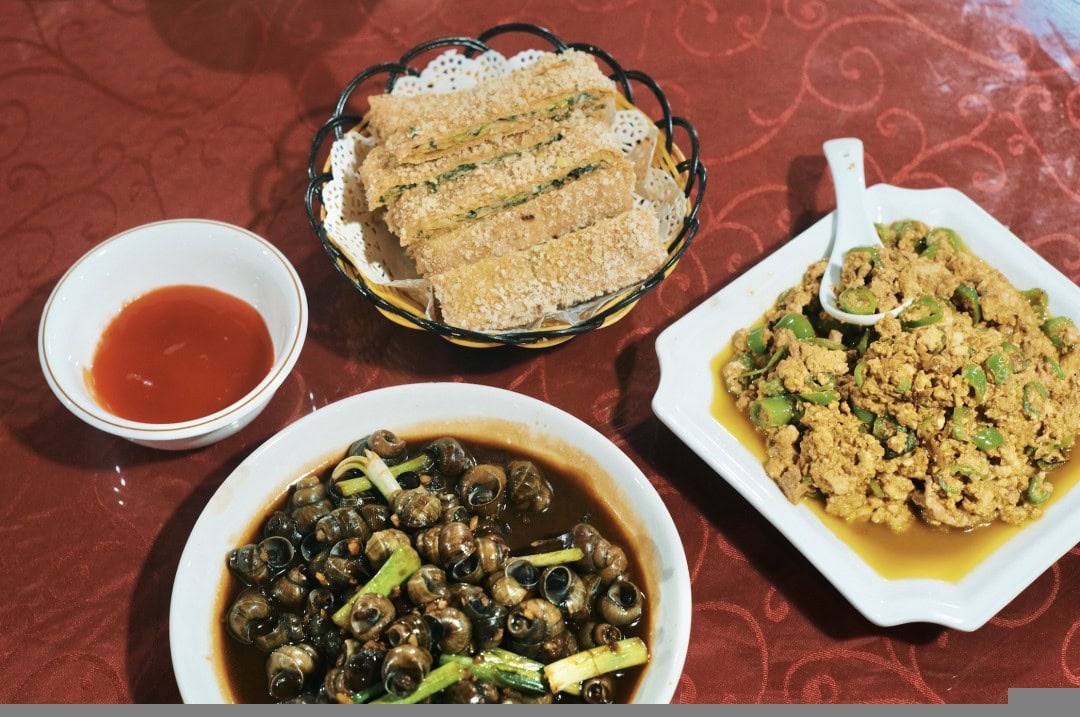
Most fly restaurants have their own unique signature dishes that can only be tasted at that specific place.
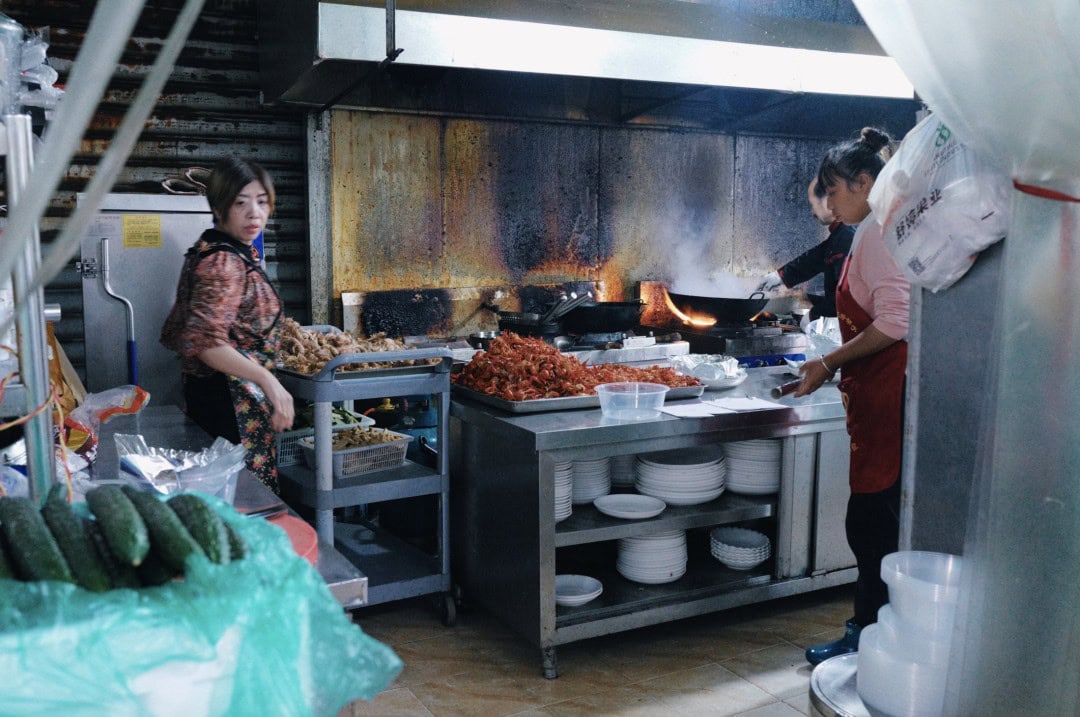
On platforms like Dianping, most fly restaurants score between 3.5 and 4.5. Those familiar with the platform know that this score range indicates truly worth-visiting places. Restaurants with scores above 4.5 are often those that have paid for protection.
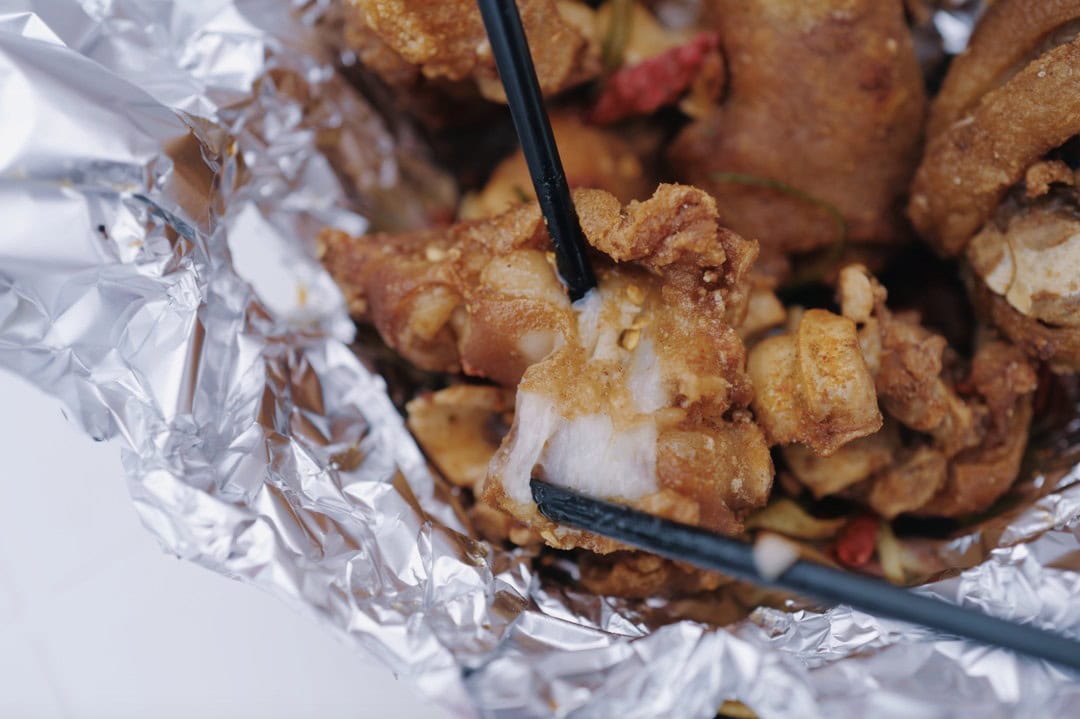
In fact, some fly restaurants aren’t even listed on Dianping.
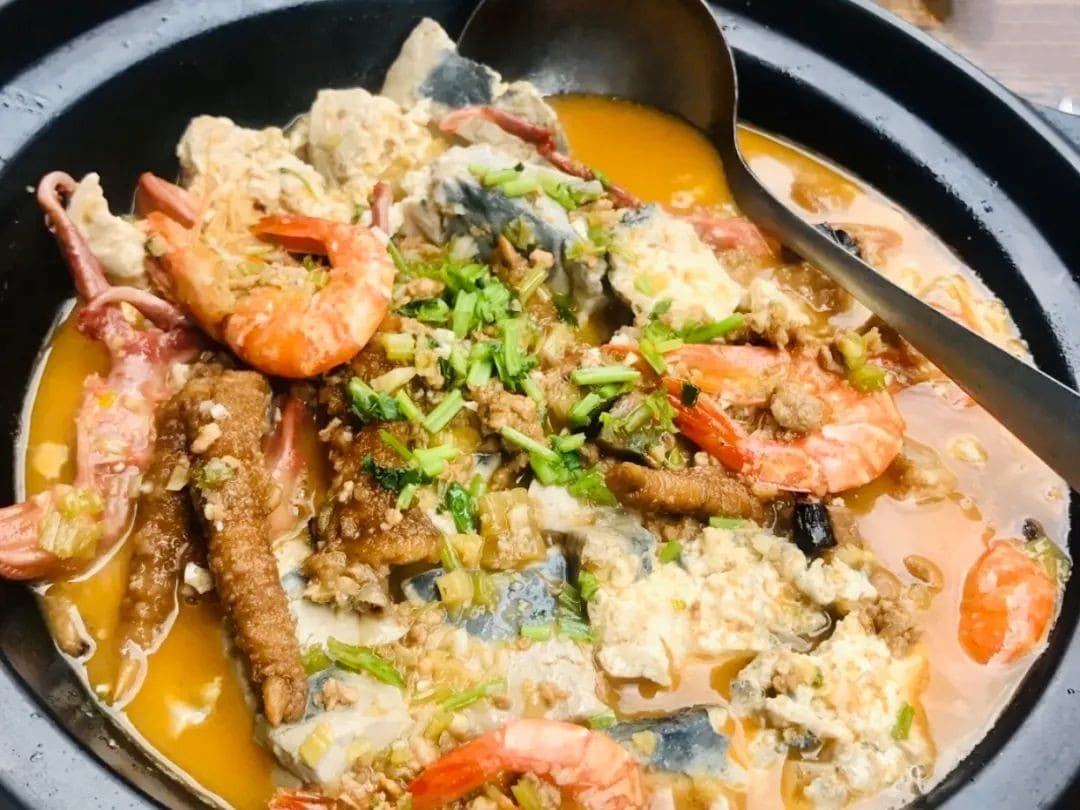
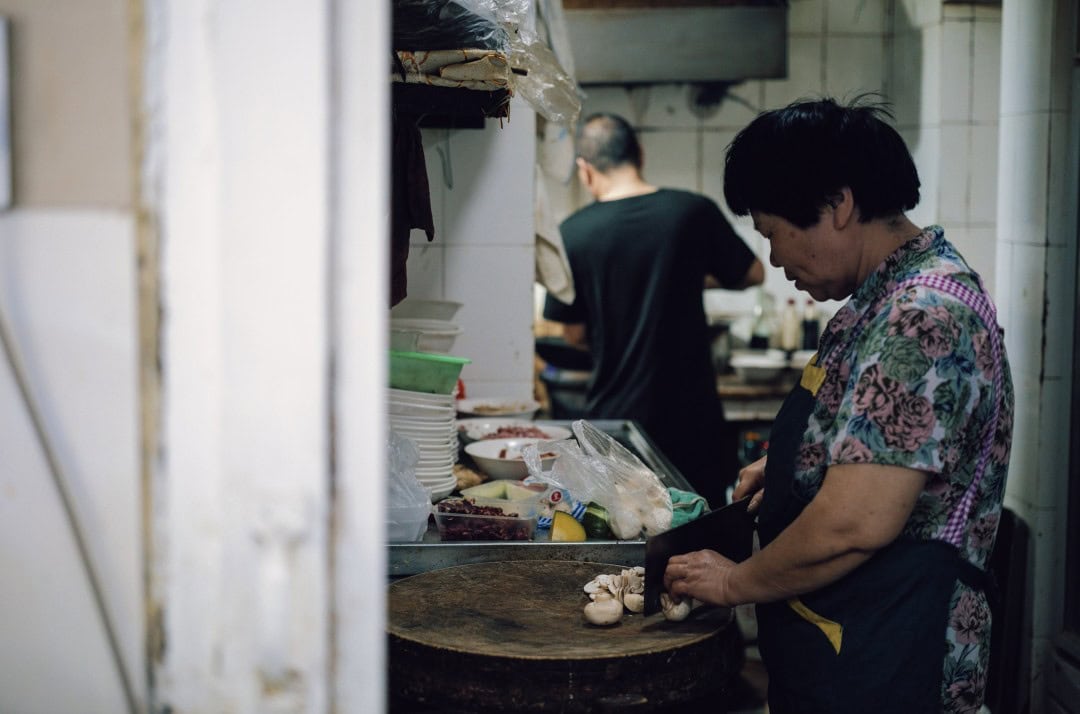
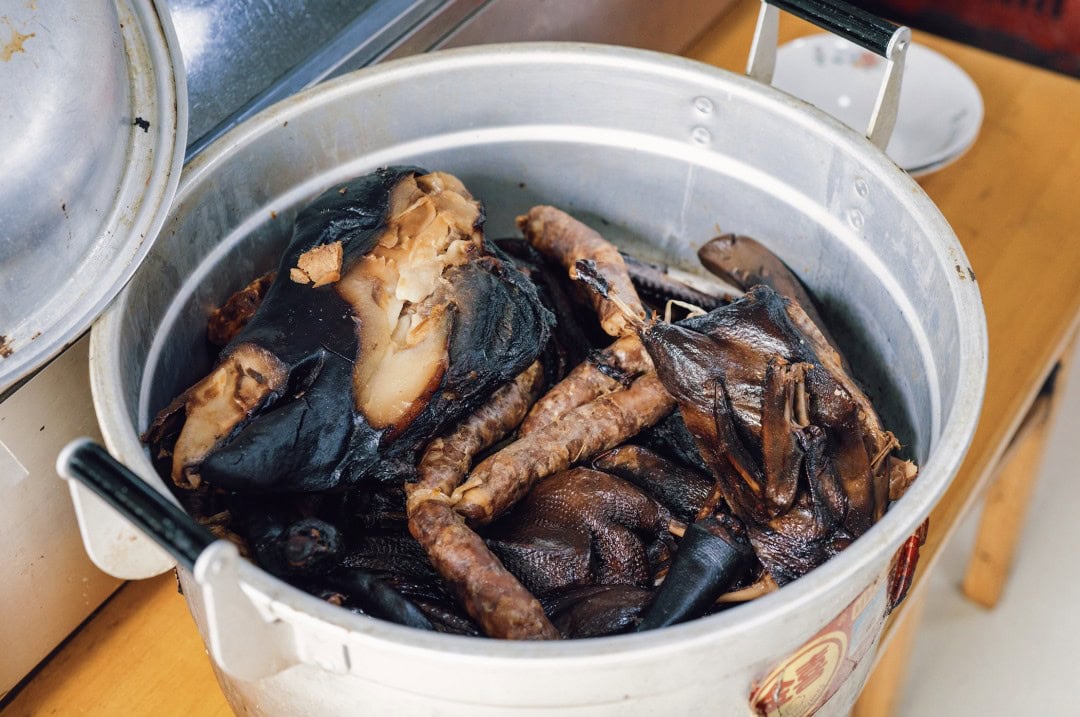
Additionally, I will focus on the following aspects:
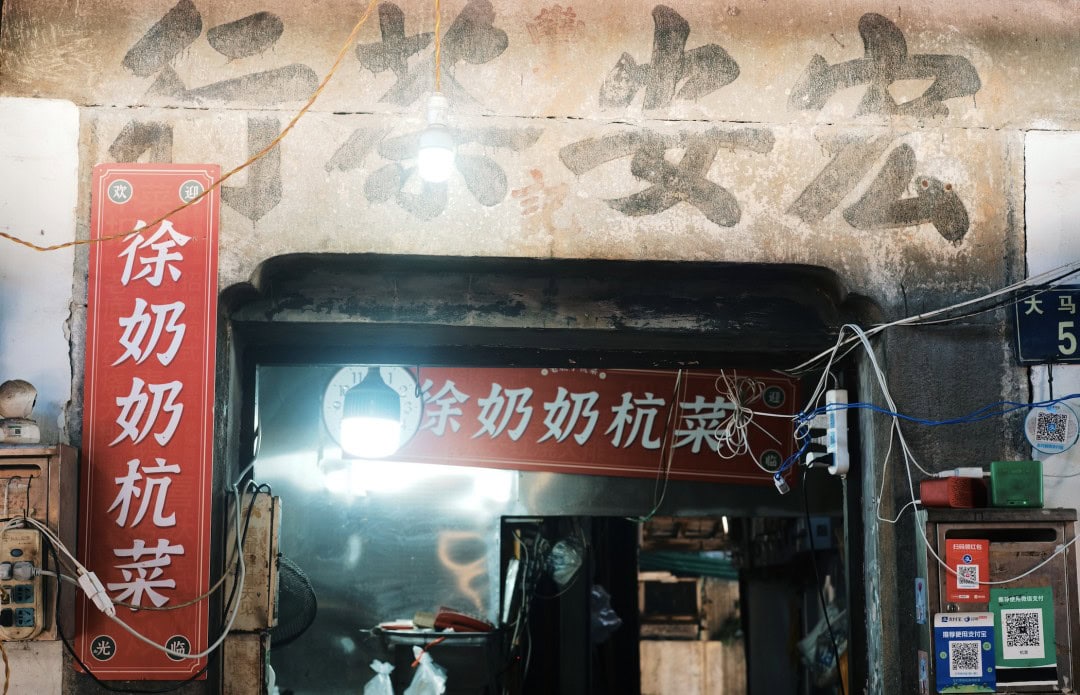
**Local Characteristics**: If a restaurant in Hangzhou lacks local flavor, it won’t be recommended. Therefore, it’s essential to focus on Hangzhou cuisine.
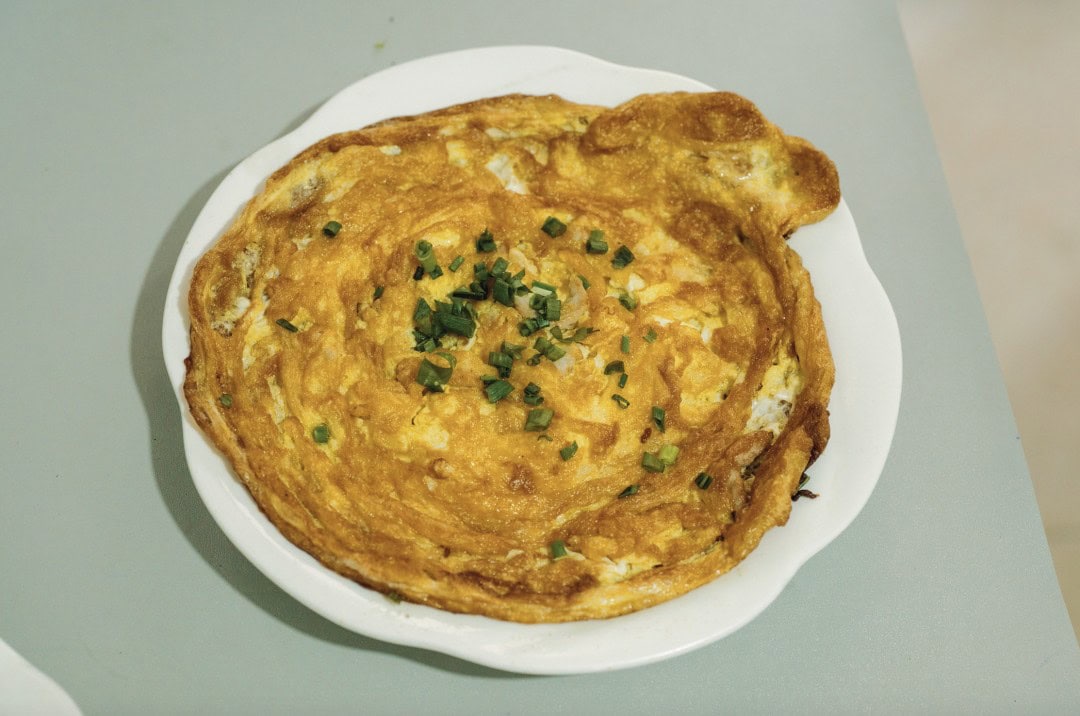
**Longevity**: A restaurant that has been operating for five to ten years at least has the recognition of the local community. Newer establishments are often just trendy spots.
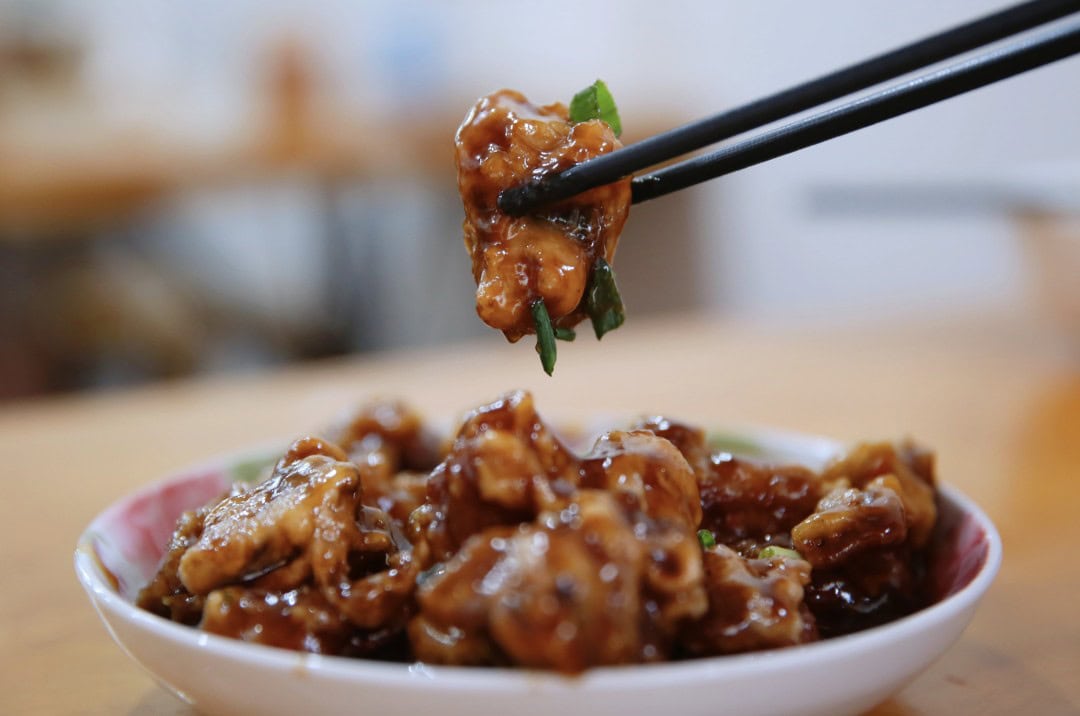
**Taste Quality**: I’m not particularly picky about these small eateries. Most of them have an average cost per person of less than 100 RMB, and hygiene standards are often below par. If judged by Michelin or Black Pearl standards, they would all fall short.
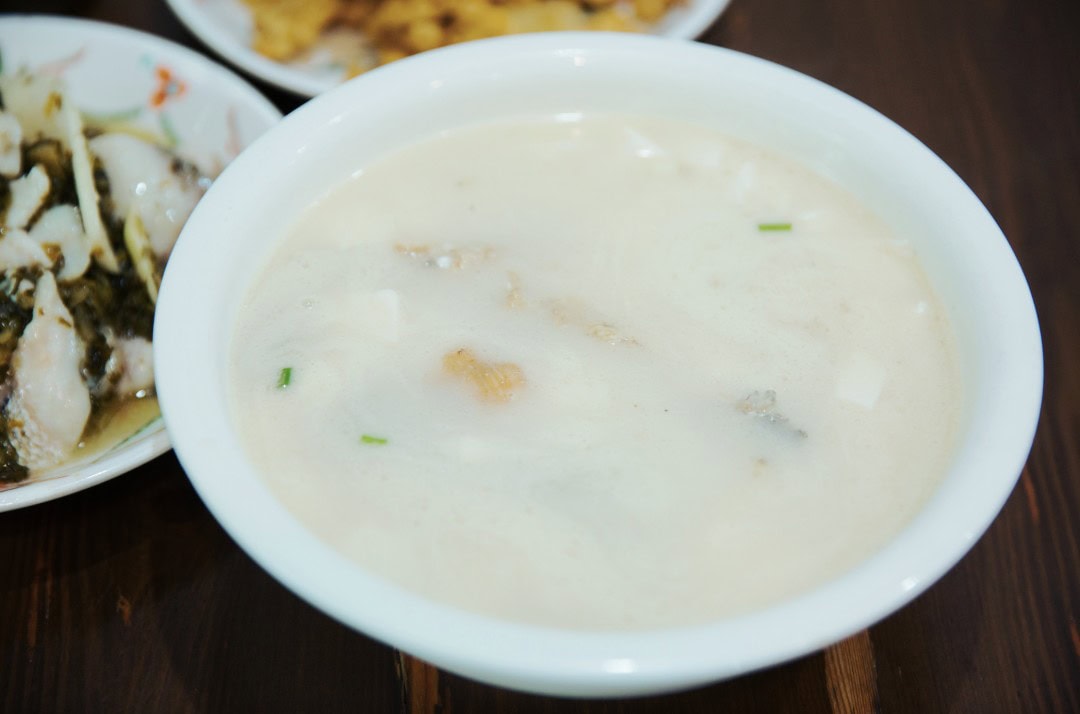
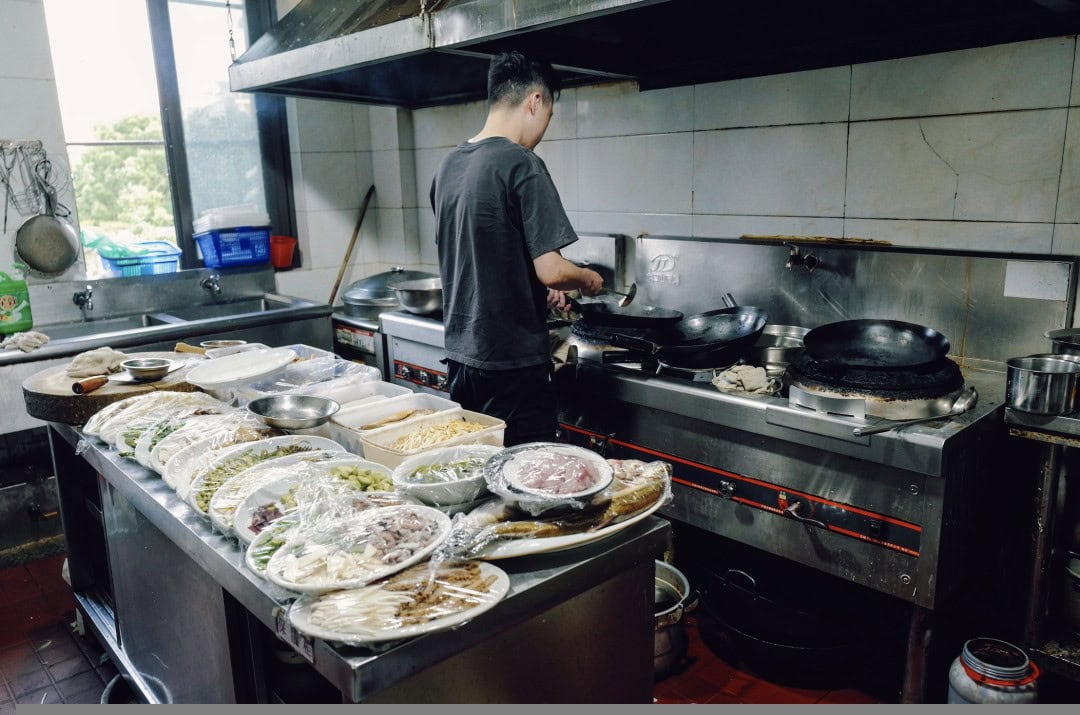
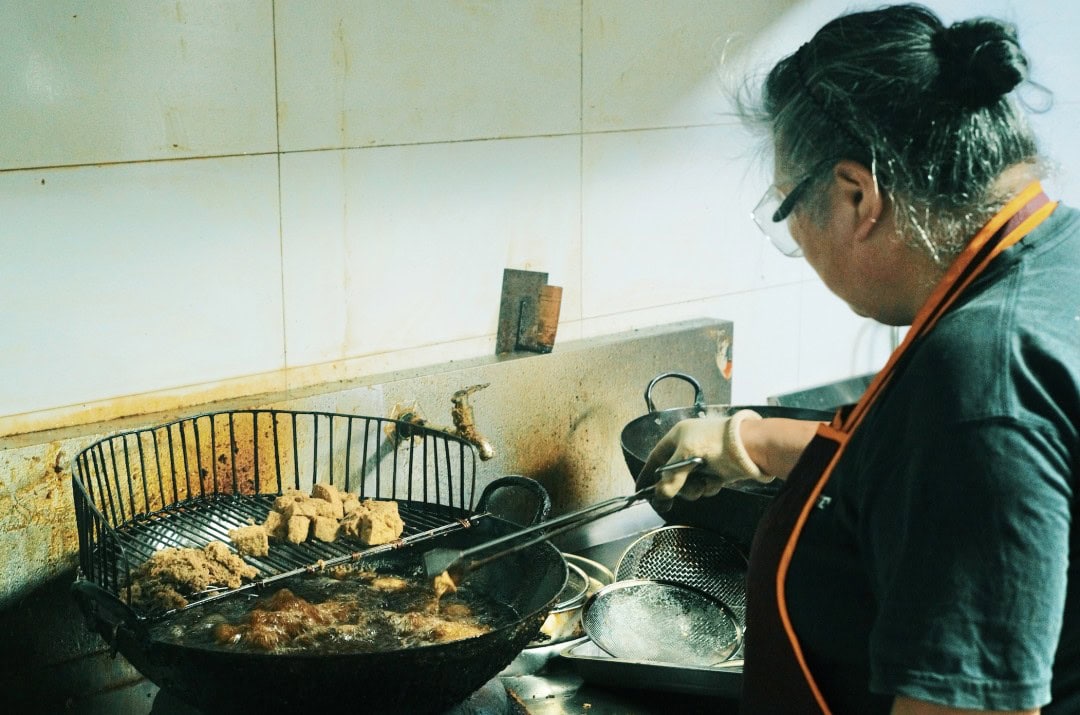
Now, let’s move on to individual recommendations:
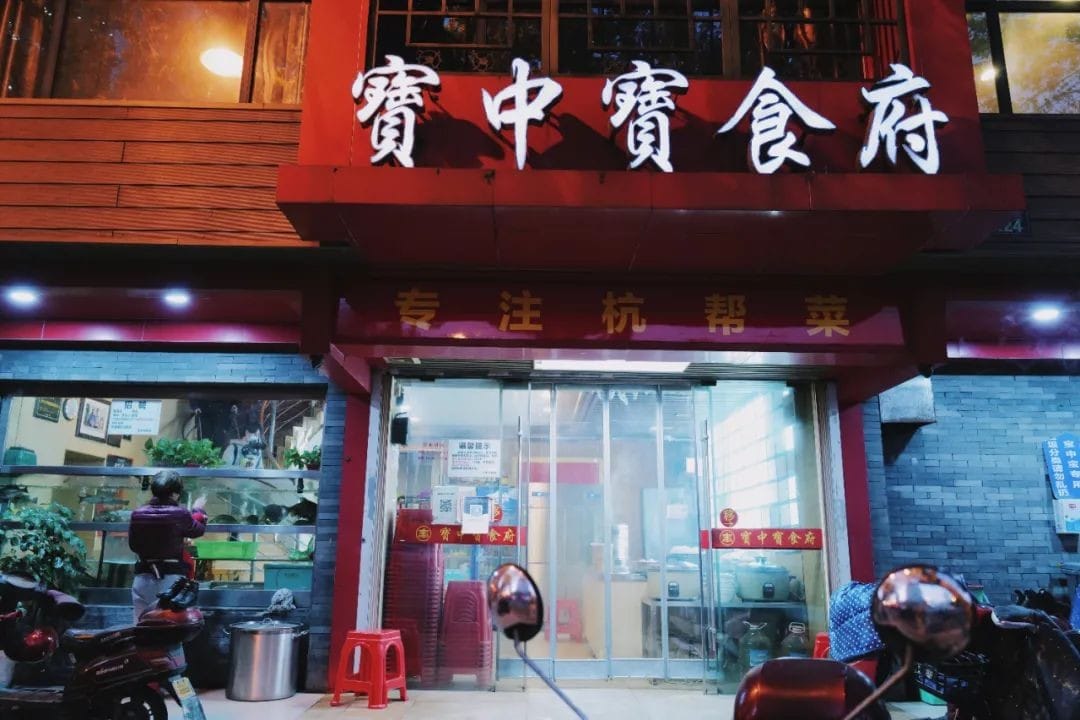
**Old City Area**
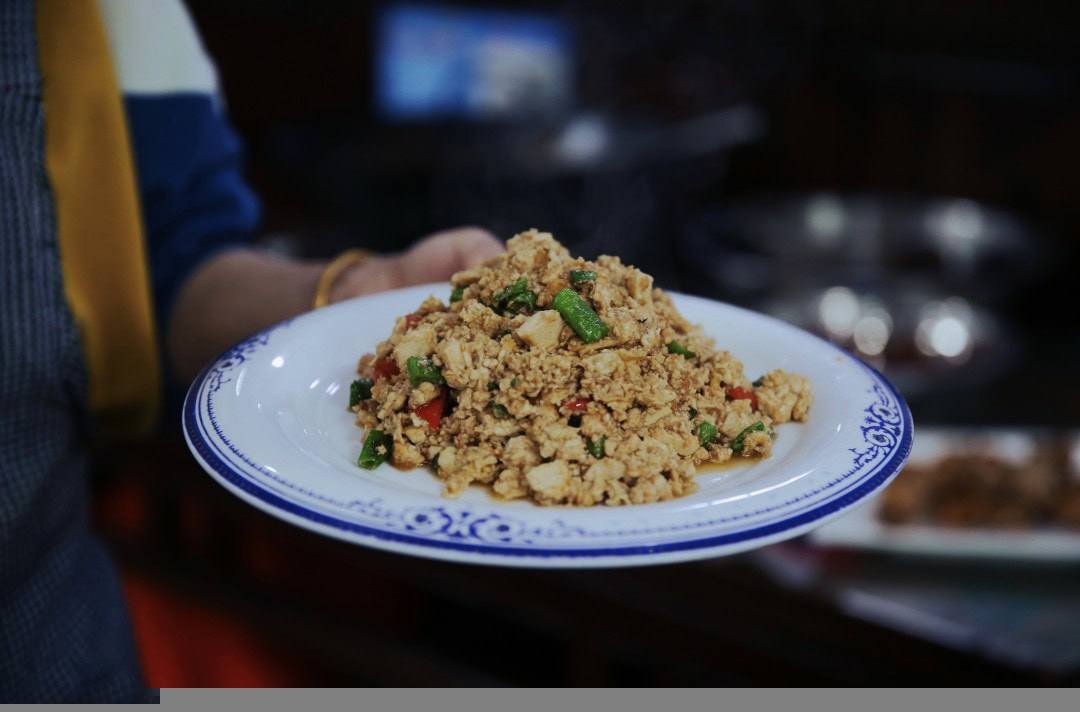
**Suqin Food Shop**
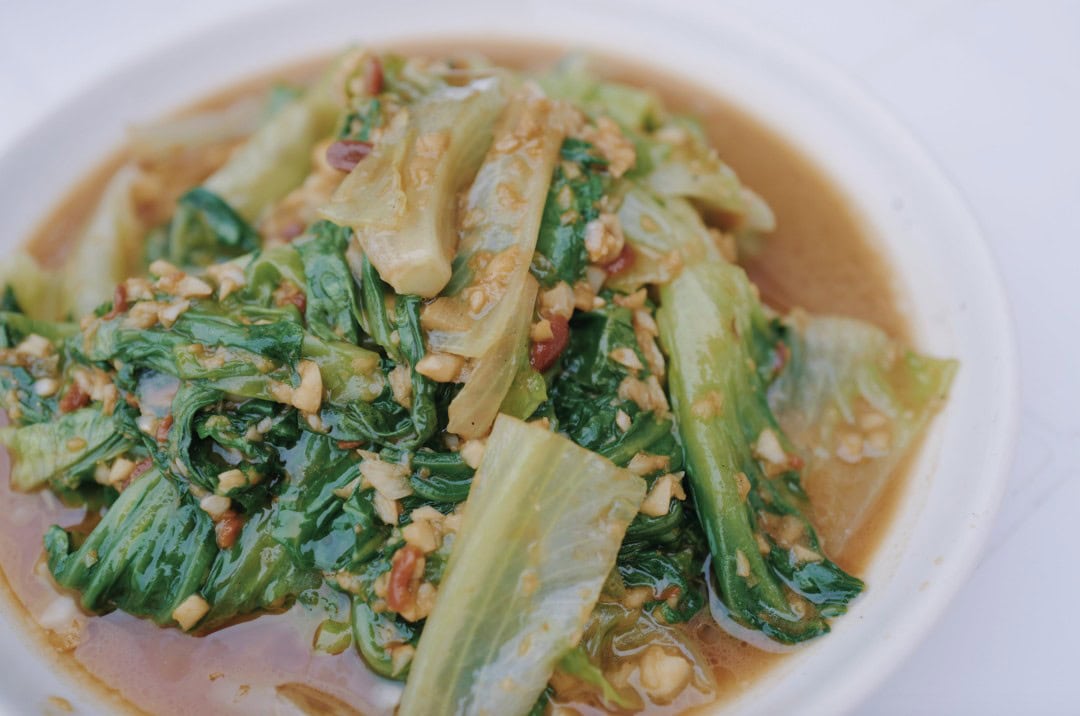
📍Address: No. 101 Chengtou Lane
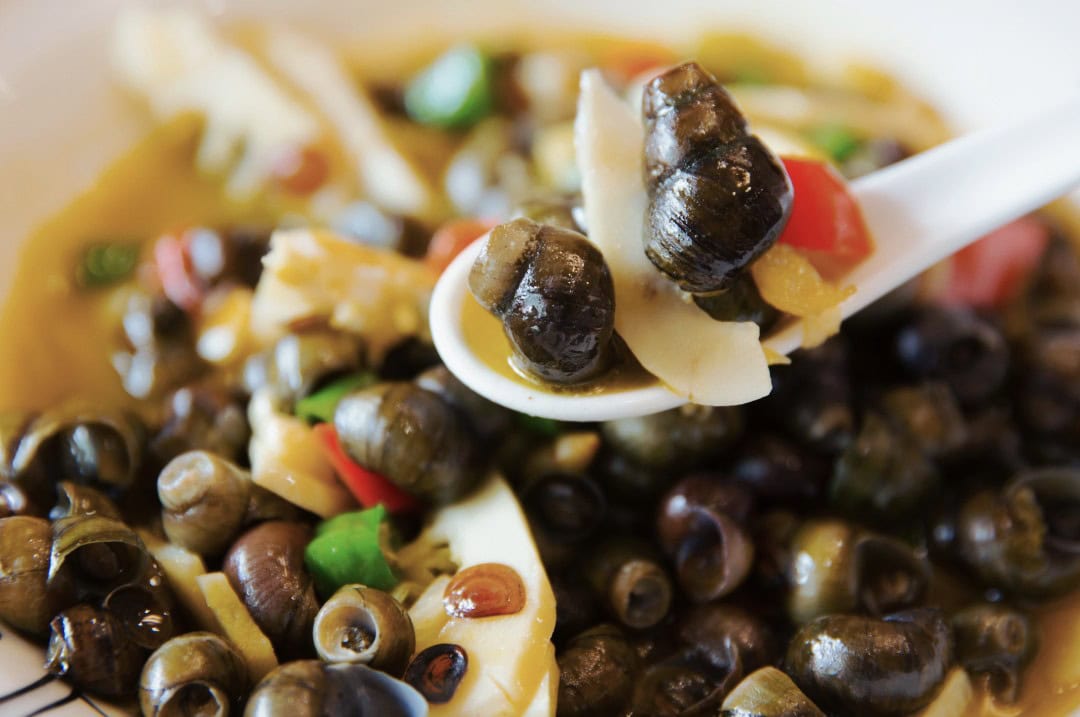
A shop that has been operating for over 20 years, run by an 80-something-year-old grandmother.
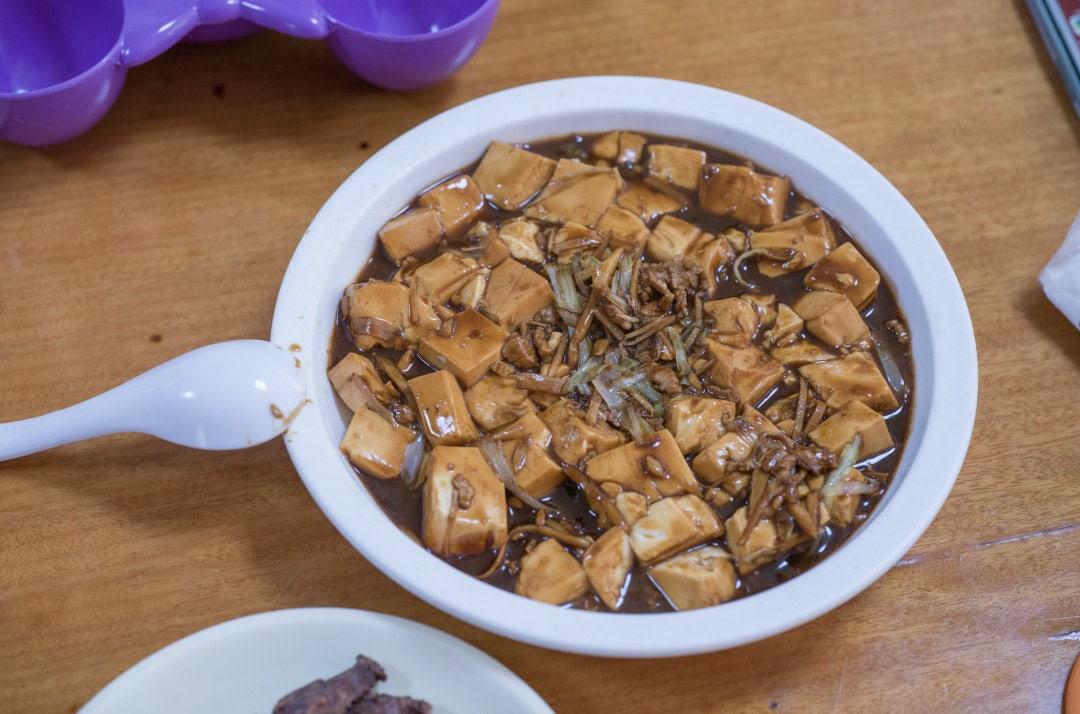
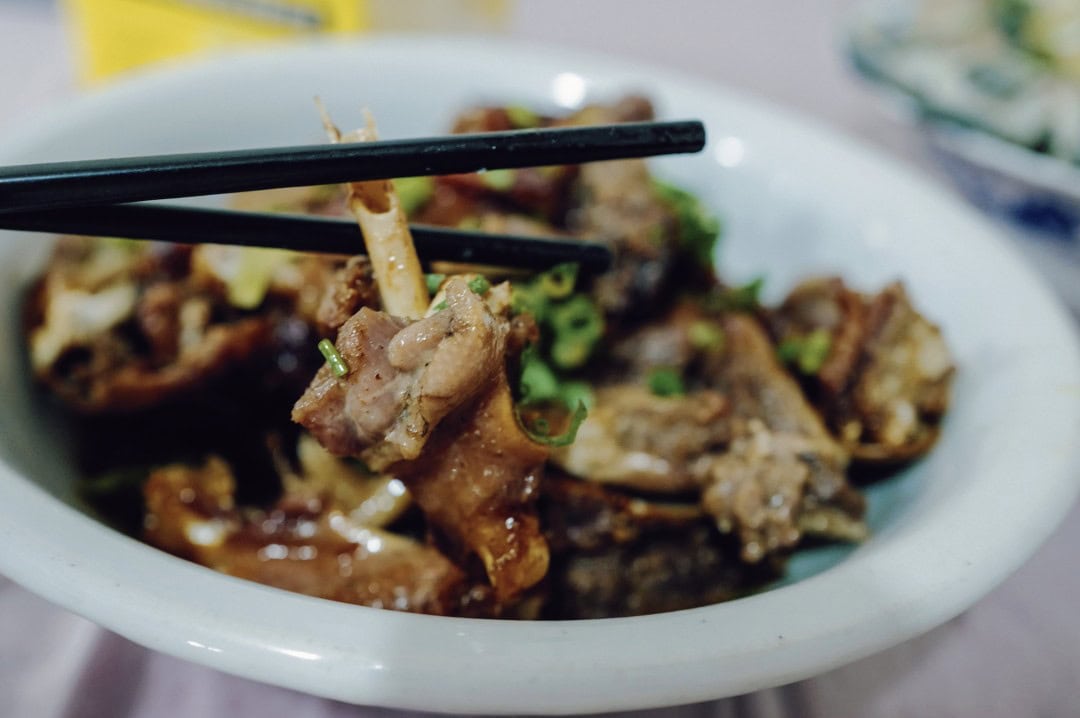
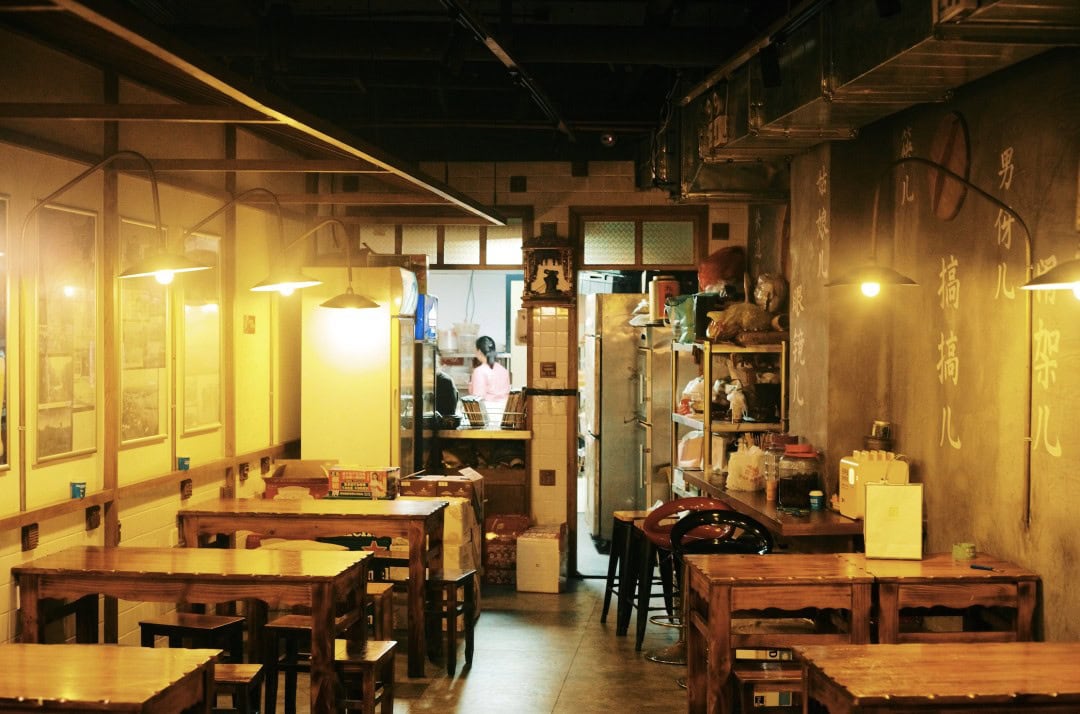
The owner, Grandma Zhu, is over 80 years old. “Suqin” is the name of Grandma Zhu’s daughter, who is also over 50 years old. Many people say that dining at Suqin feels like eating at their own grandmother’s house.
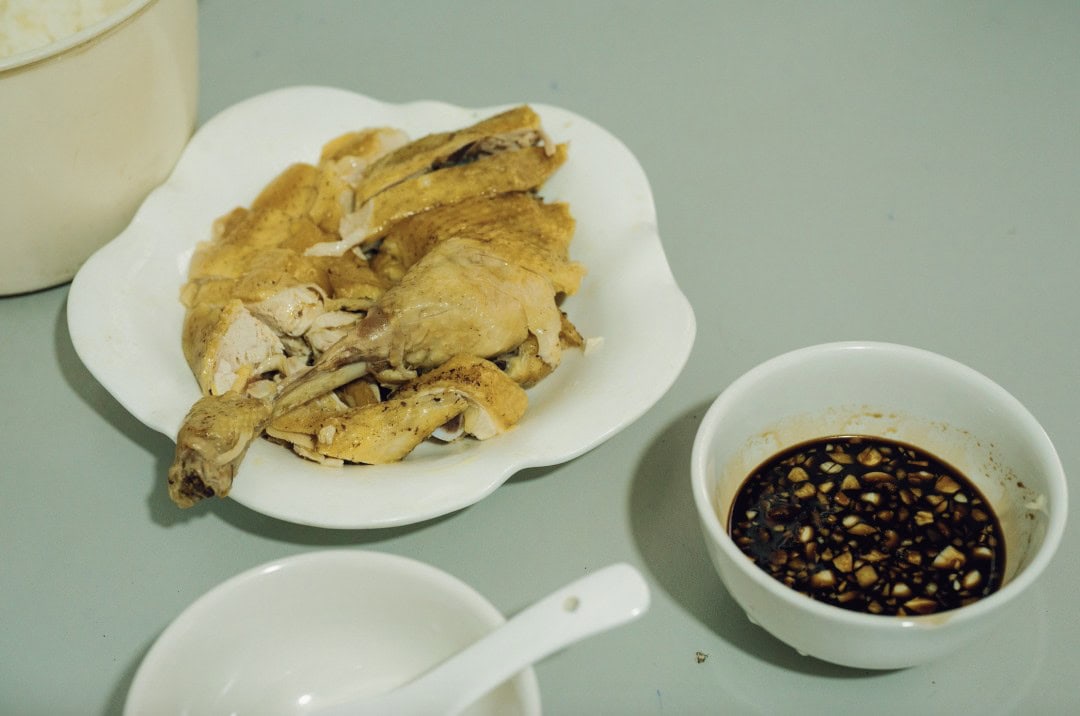
This small eatery consists of two wooden-structured houses from the 1960s, one used as a kitchen and the other as a dining area. While eating, you can see the entire process of each dish being prepared and cooked in the adjacent kitchen.
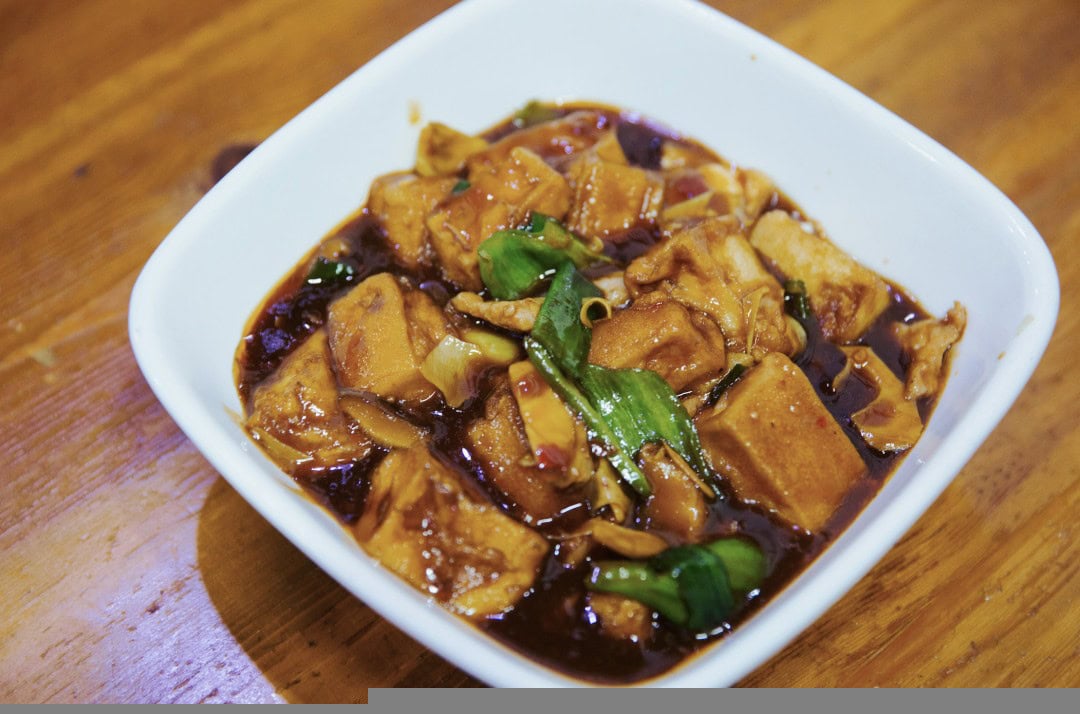
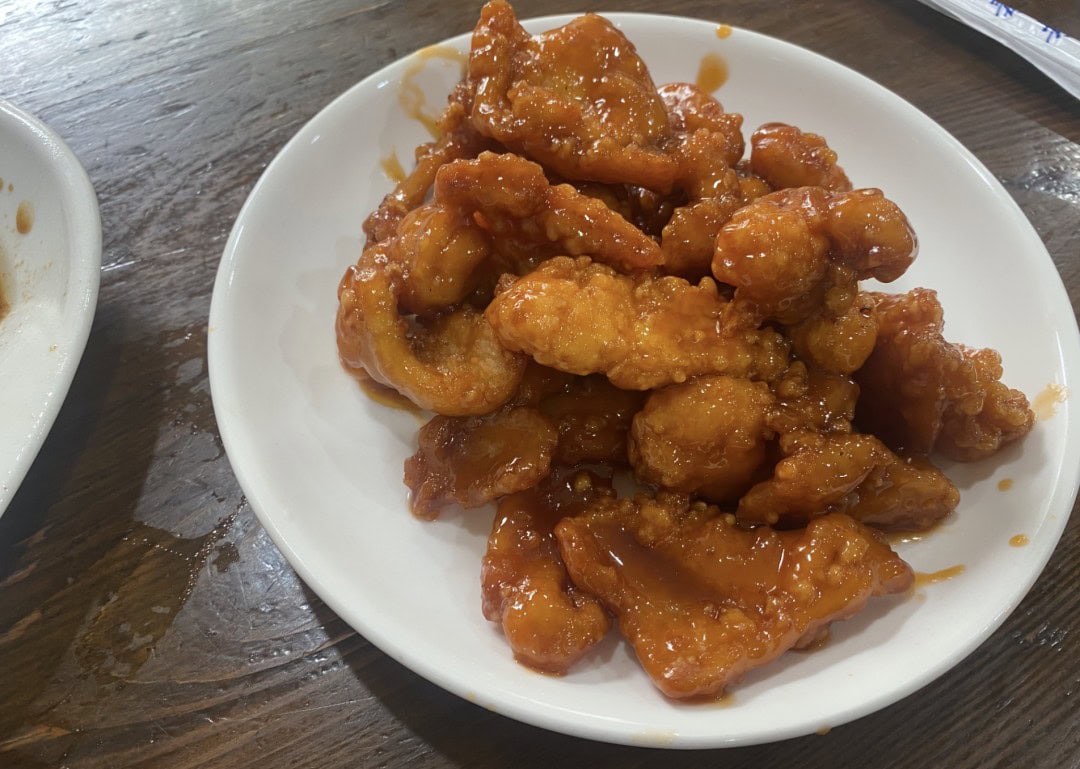
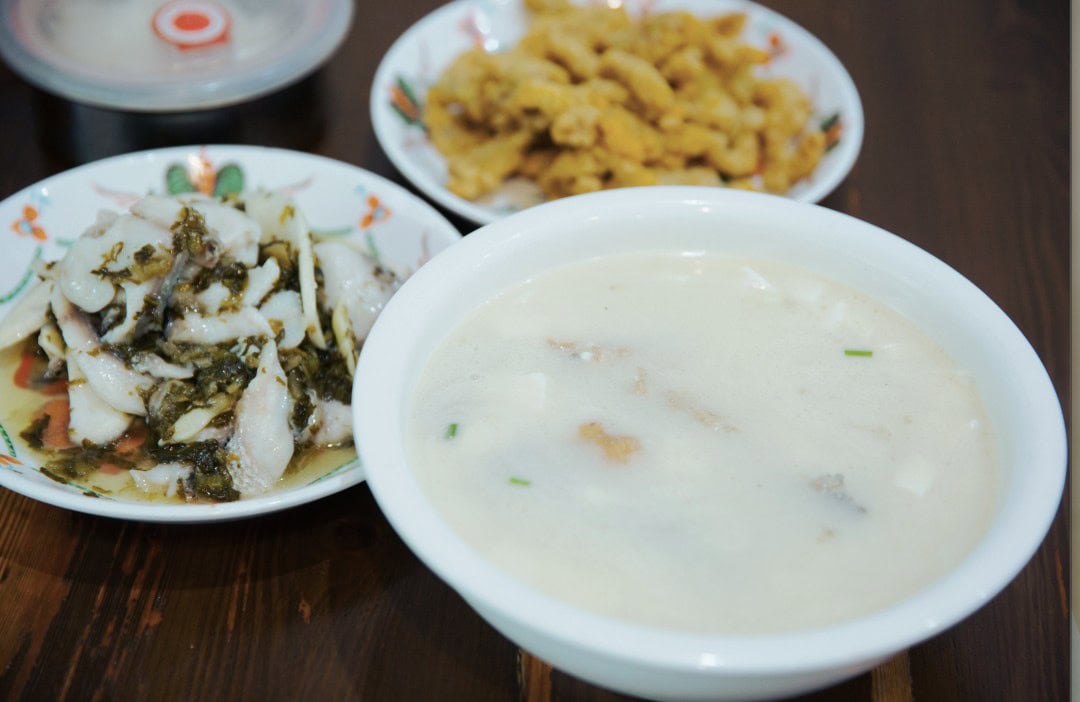
You need to write down your order yourself. Recommended dishes include White Cut Chicken and Spicy Stinky Tofu.
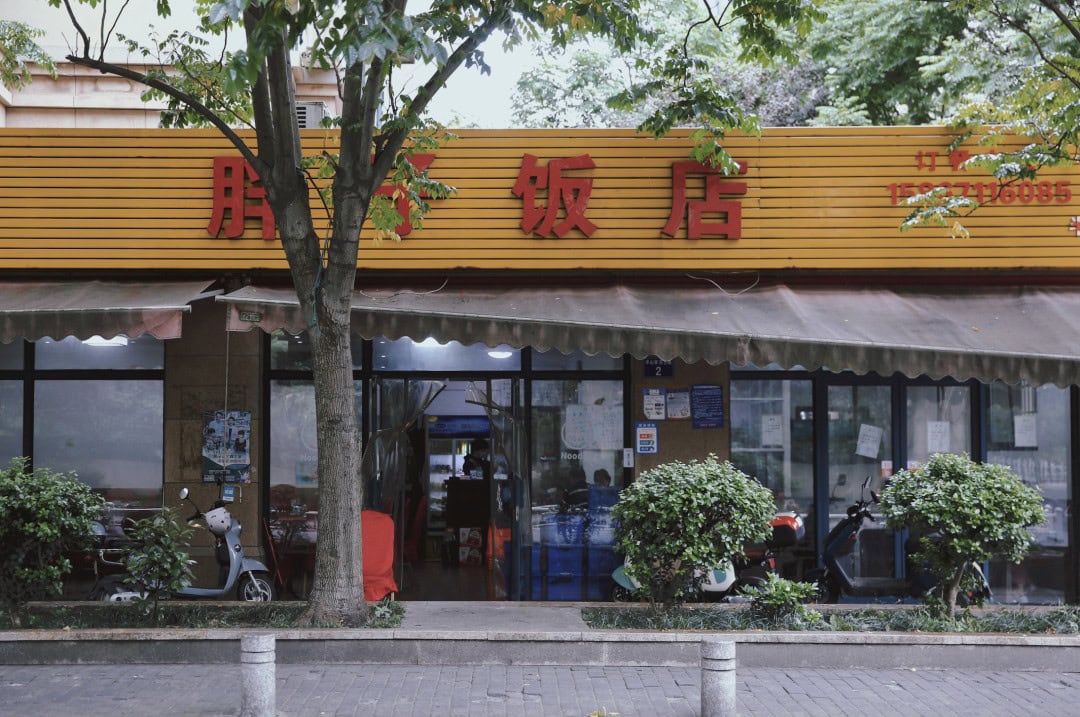
The authentic Hangzhou-style White Cut Chicken is meant to be eaten with soy sauce and garlic, a classic Hangzhou method.
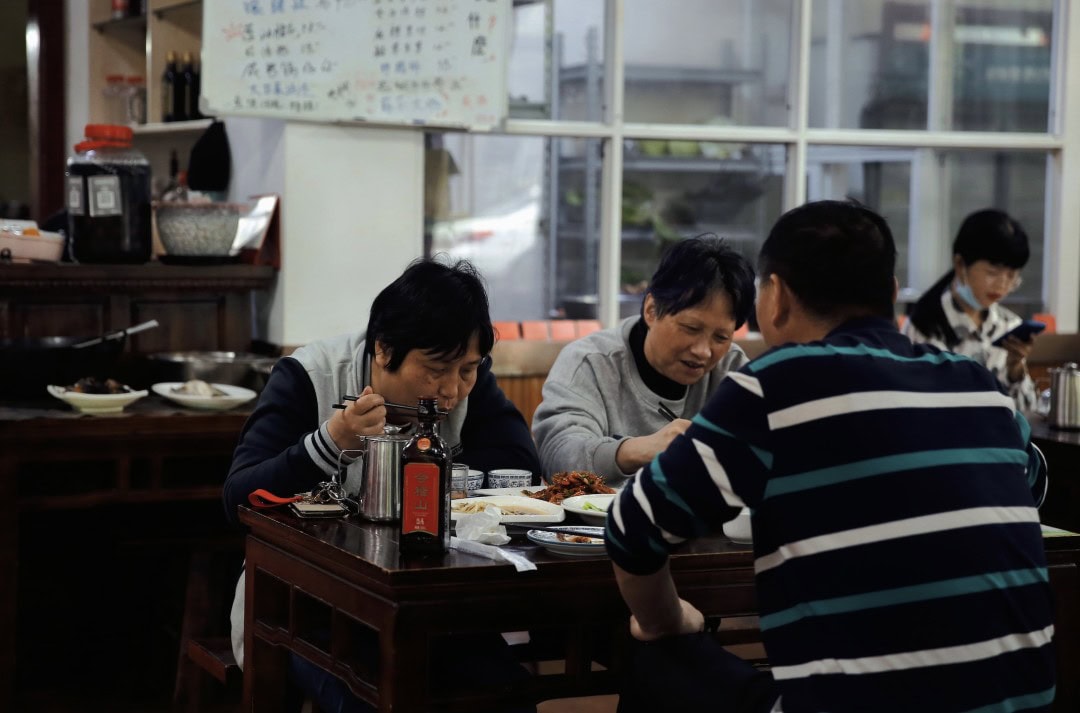
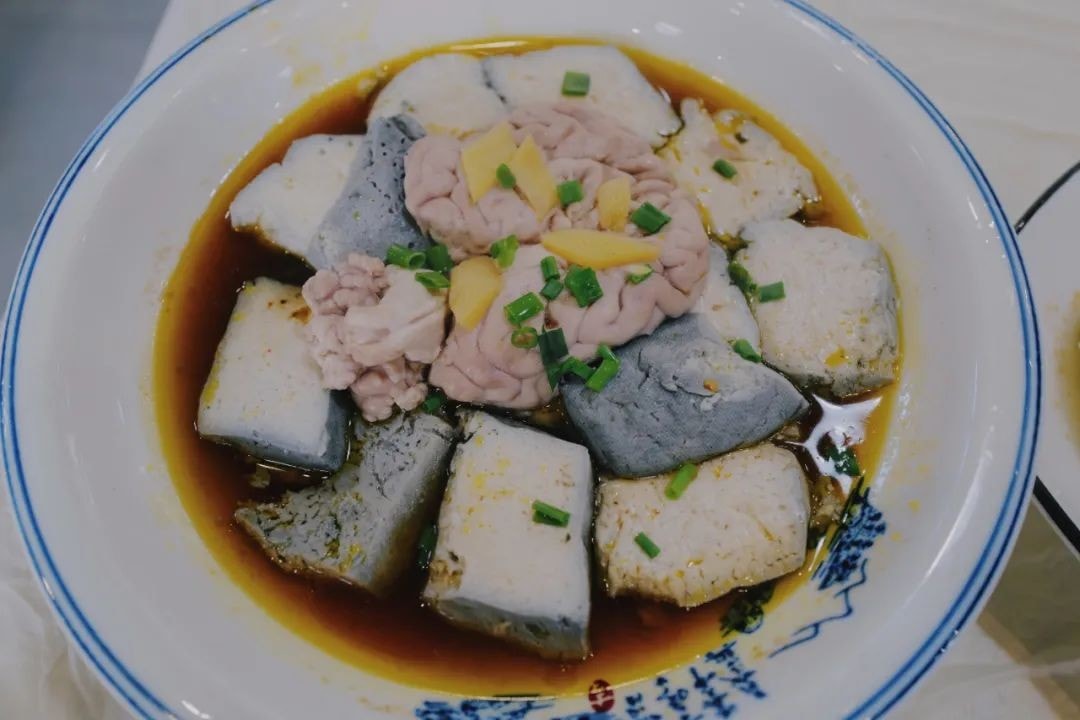
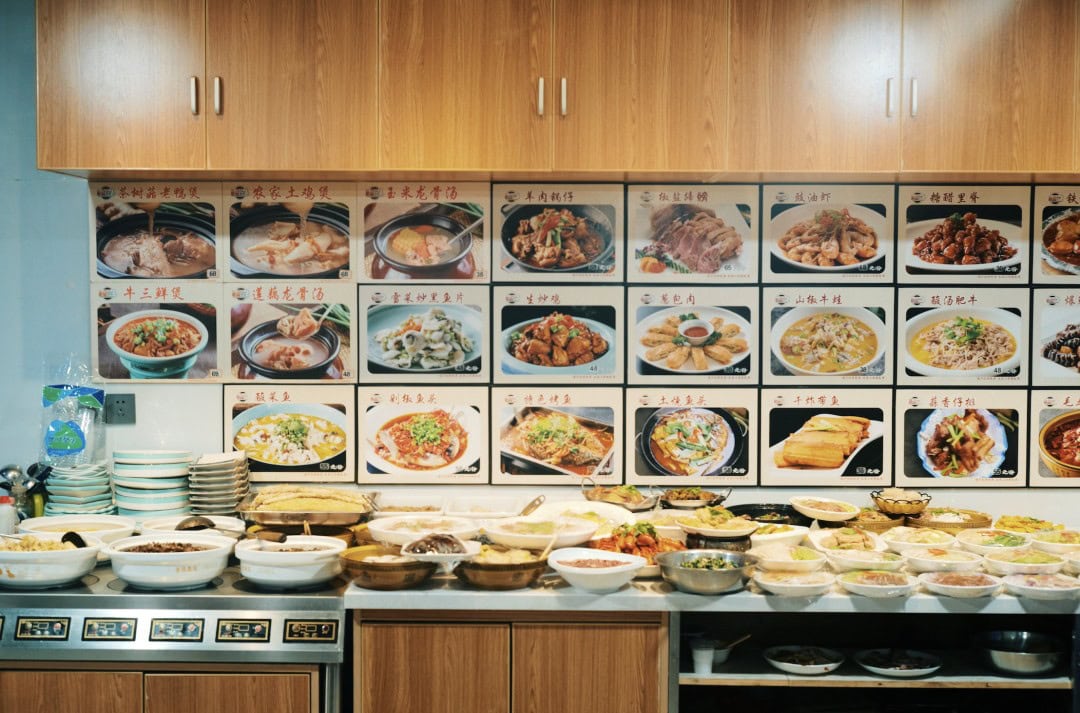
The Spicy Stinky Tofu offers a rich layering of flavors—smelly, fragrant, savory, and incredibly satisfying with rice.
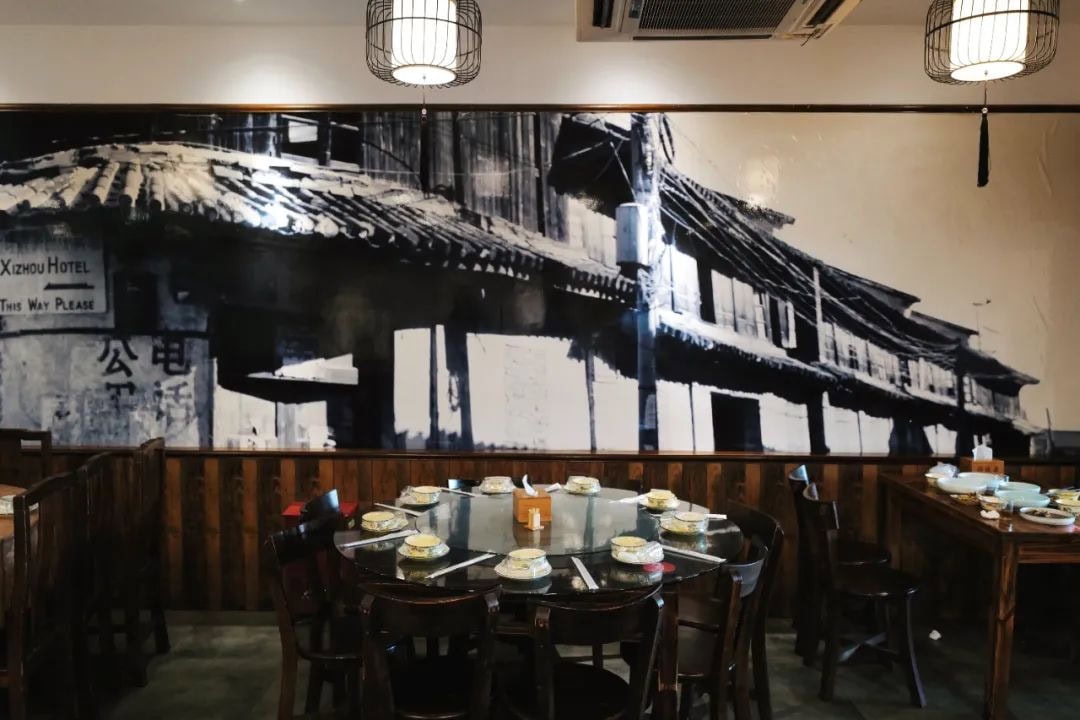
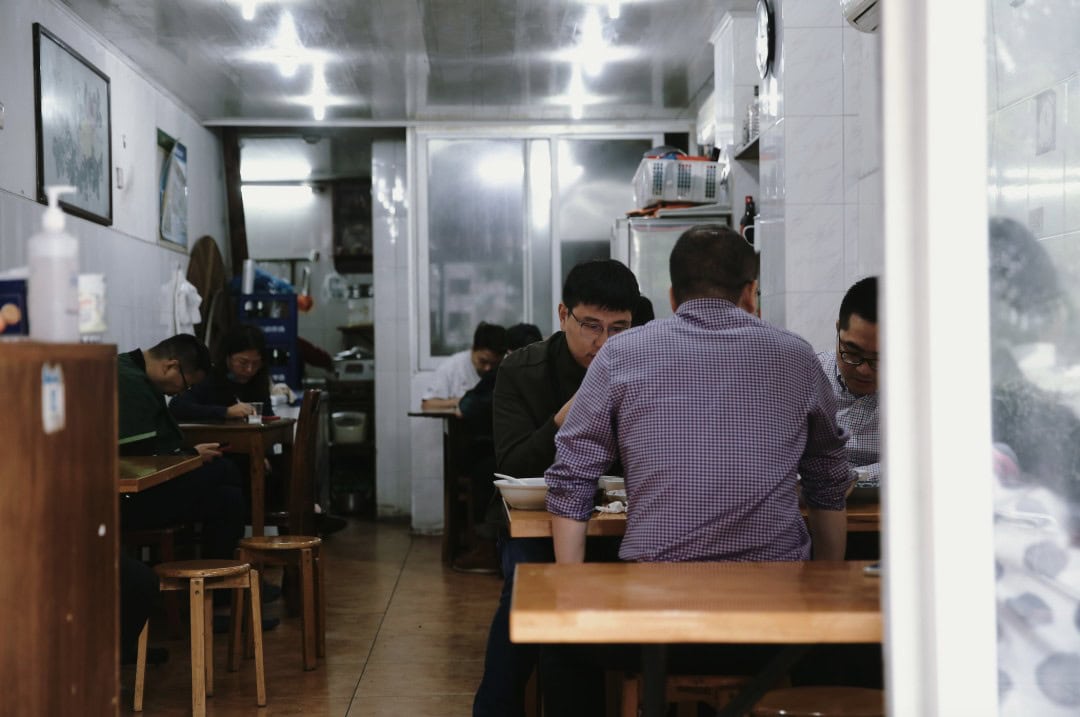
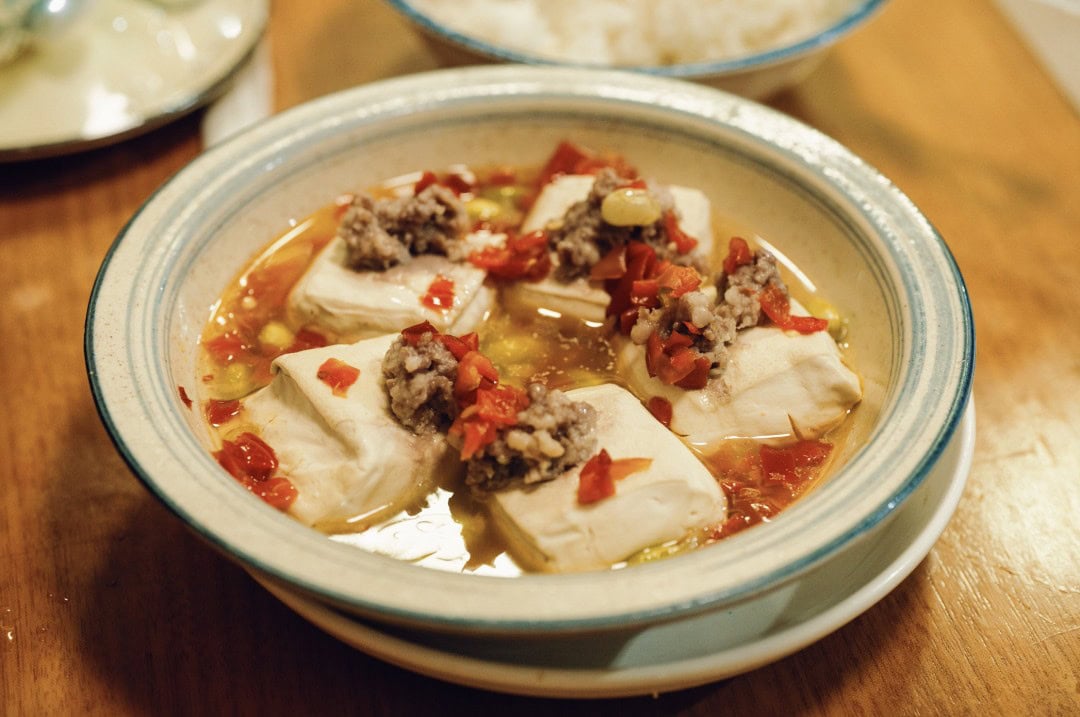
Other dishes like Shredded Pork Omelet, Qianjiang Shredded Pork, and Pumpkin with Salted Egg Yolk are also perennial favorites at Suqin Food Shop.
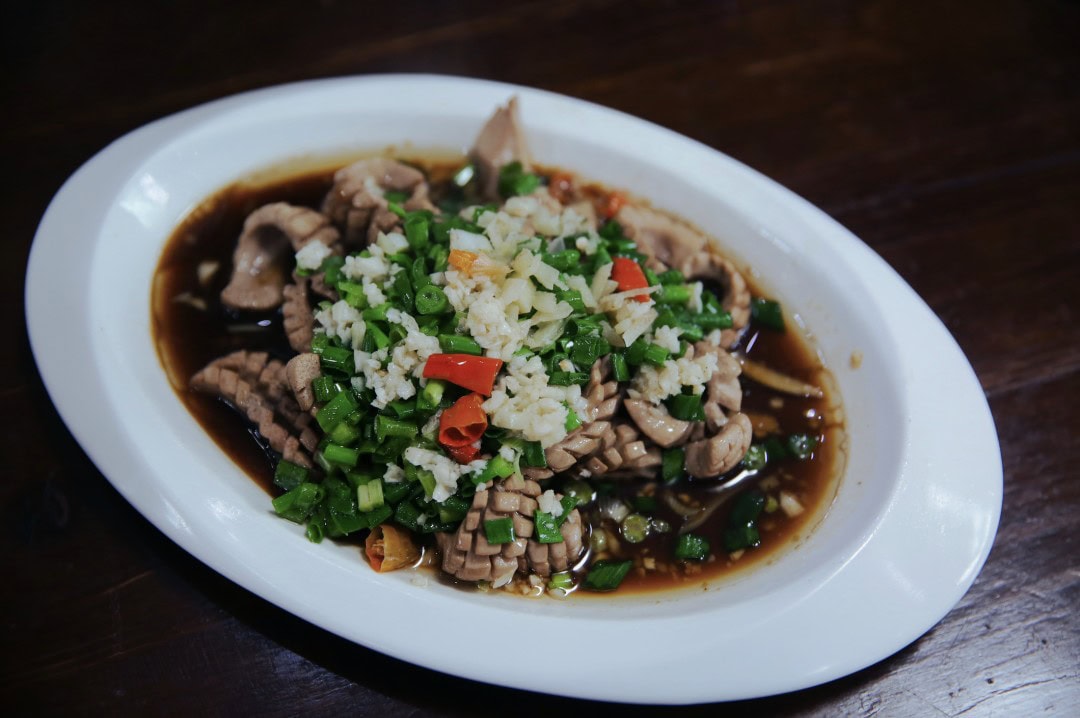
This place is one I frequently visit whenever I’m in the southern part of the city. The best part is the affordability—a meal for two can be had for around 60-70 RMB.
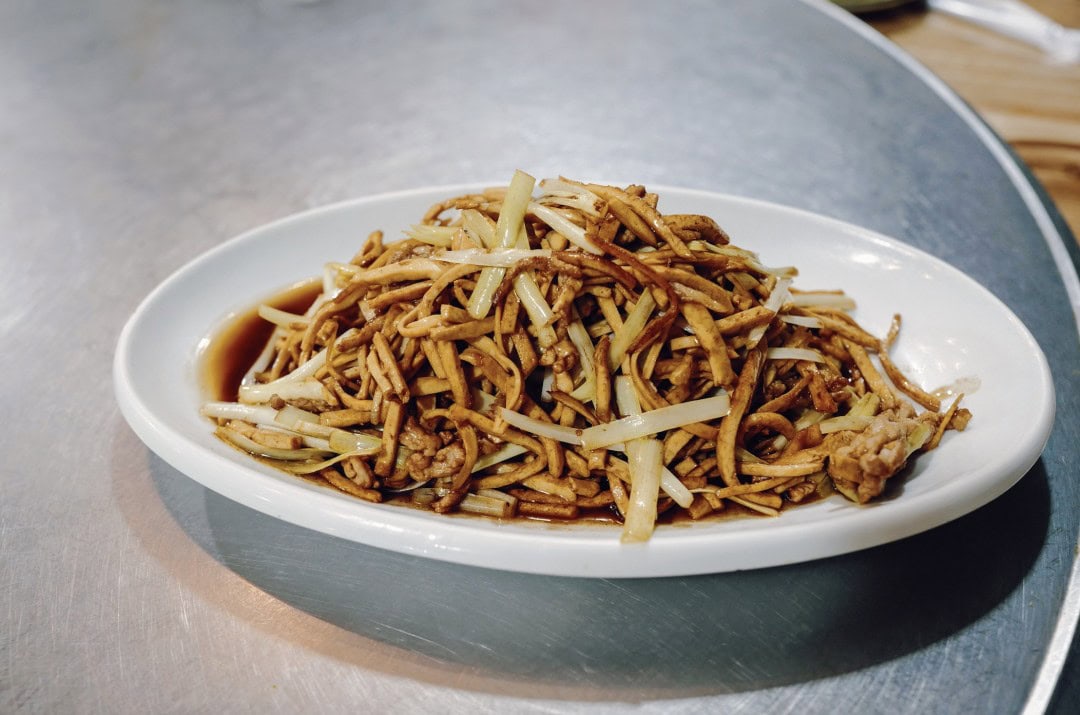
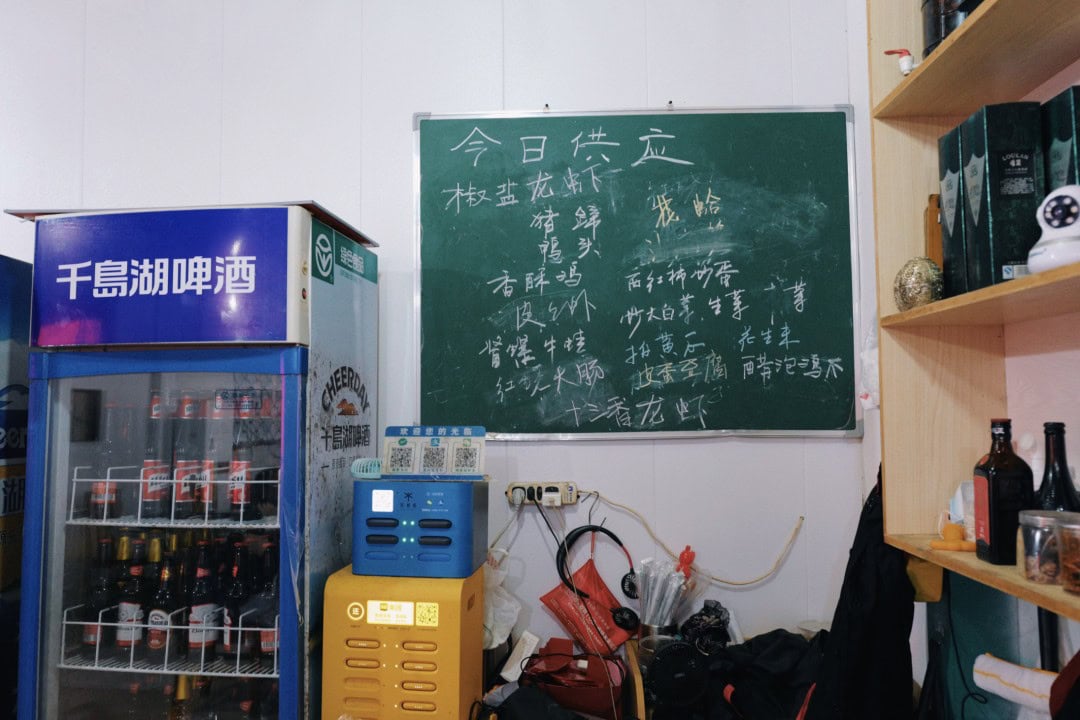
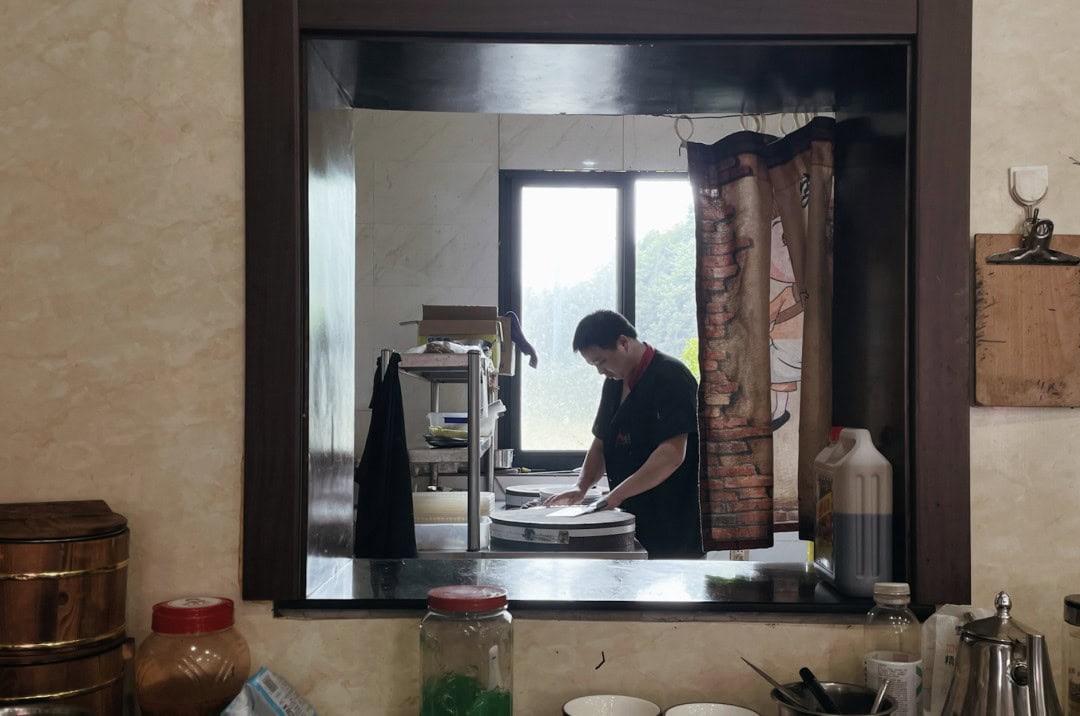
**Grandma Xu’s Authentic Hangzhou Cuisine**
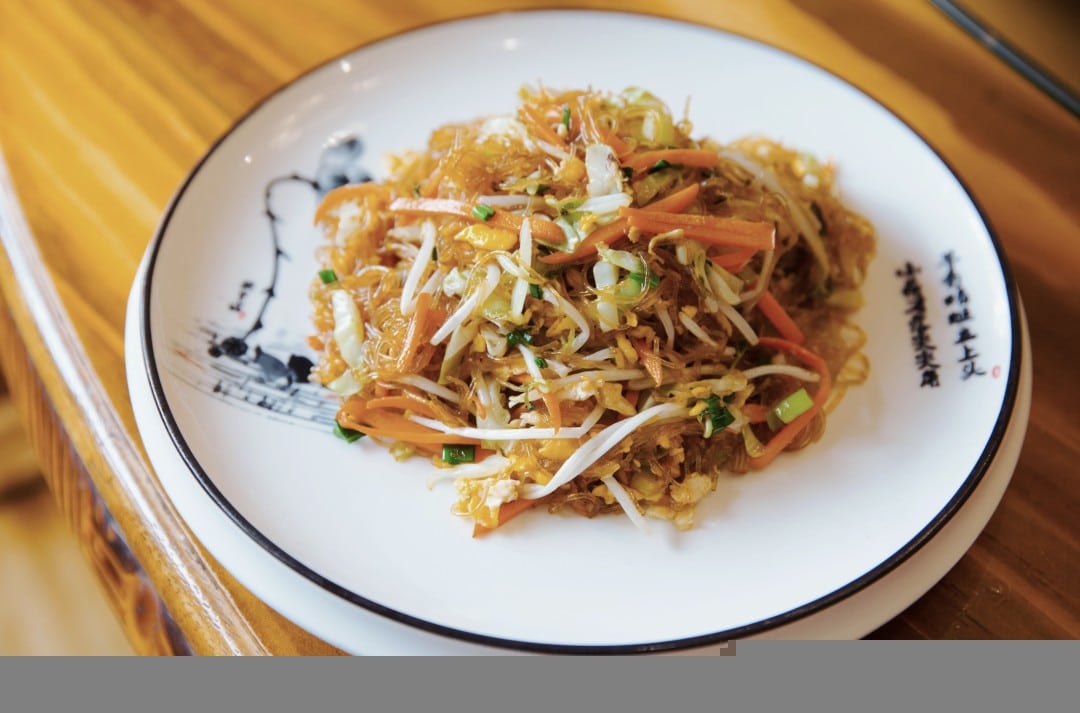
📍Address: No. 5 Dama Lane
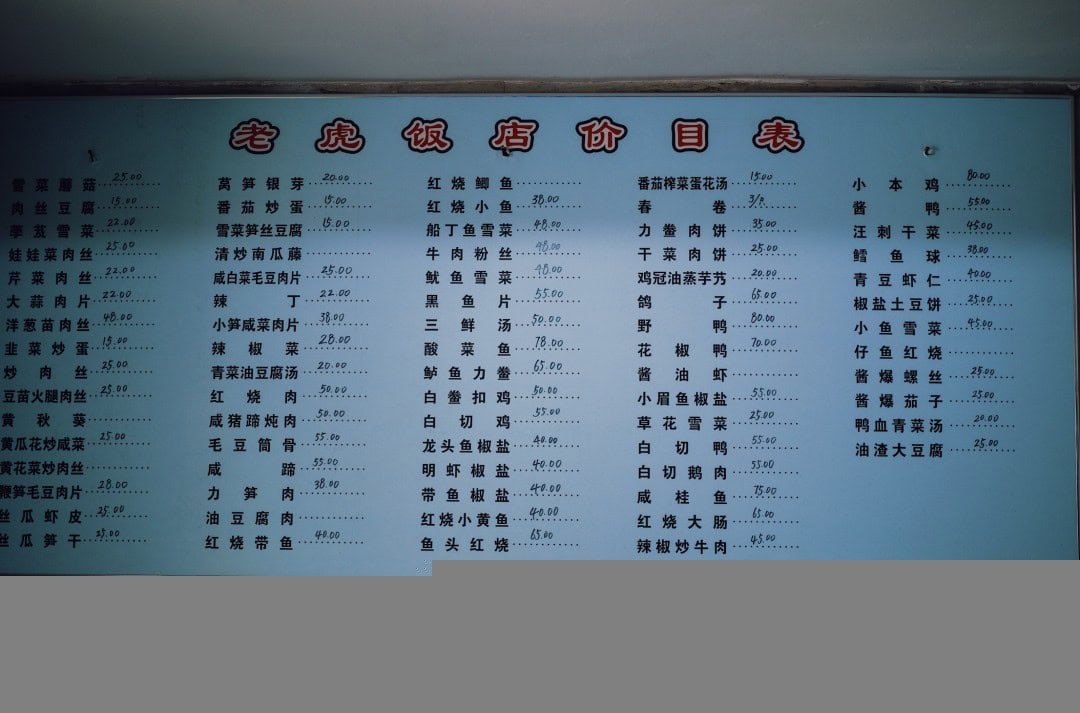
The Braised Intestines are an absolute must-try.
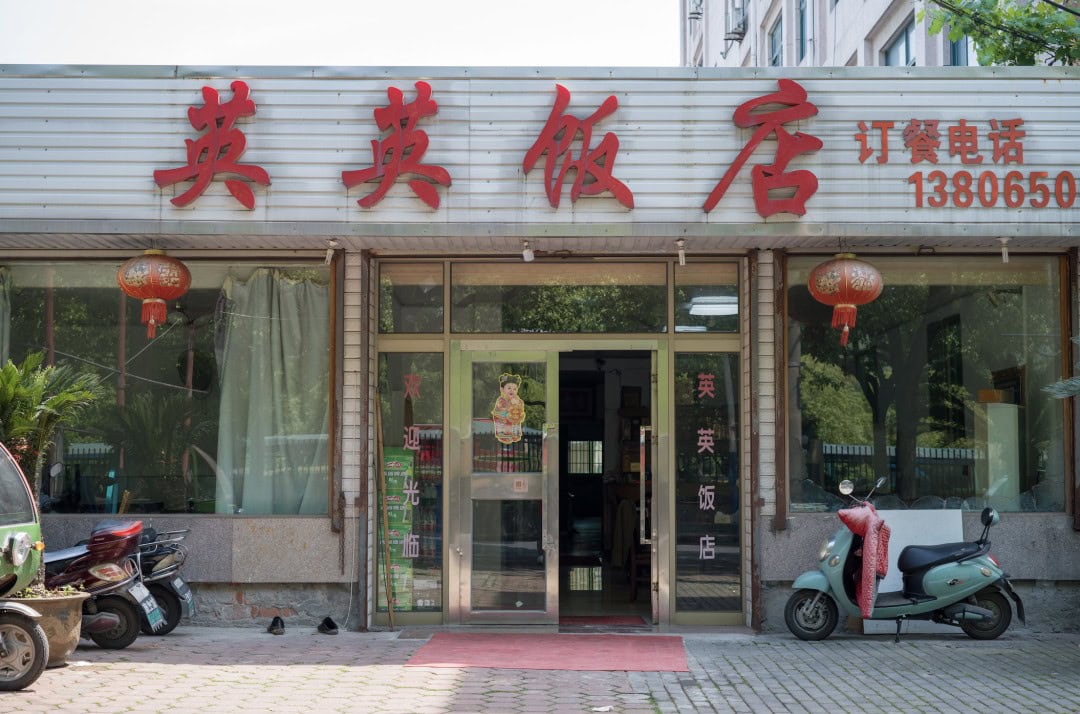
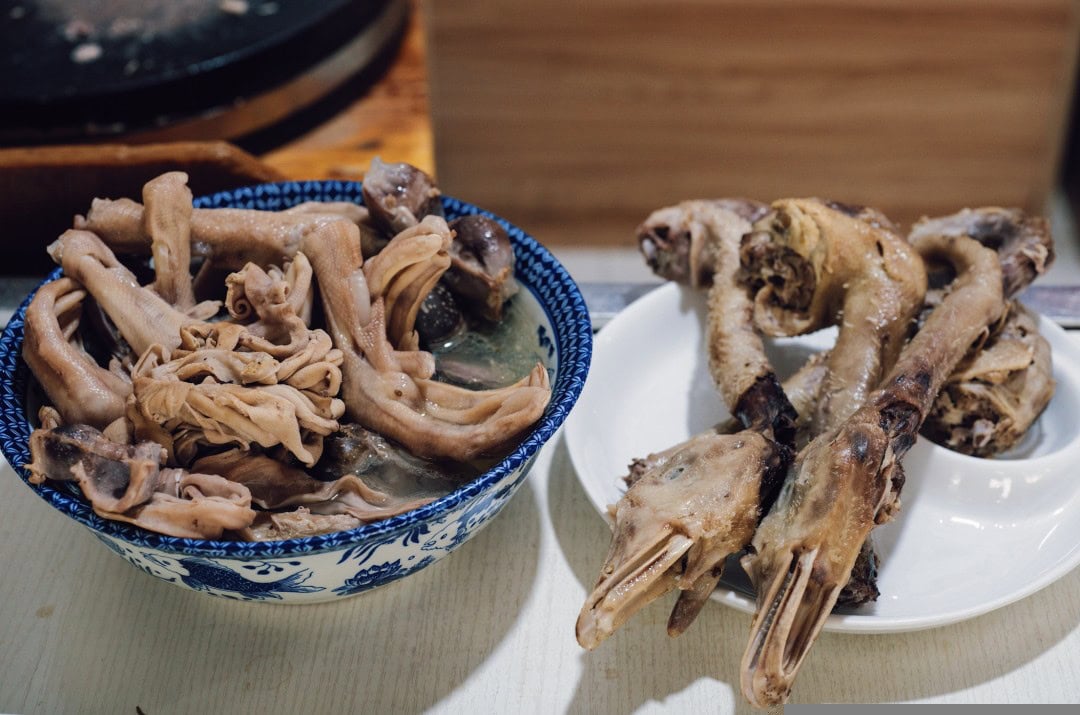
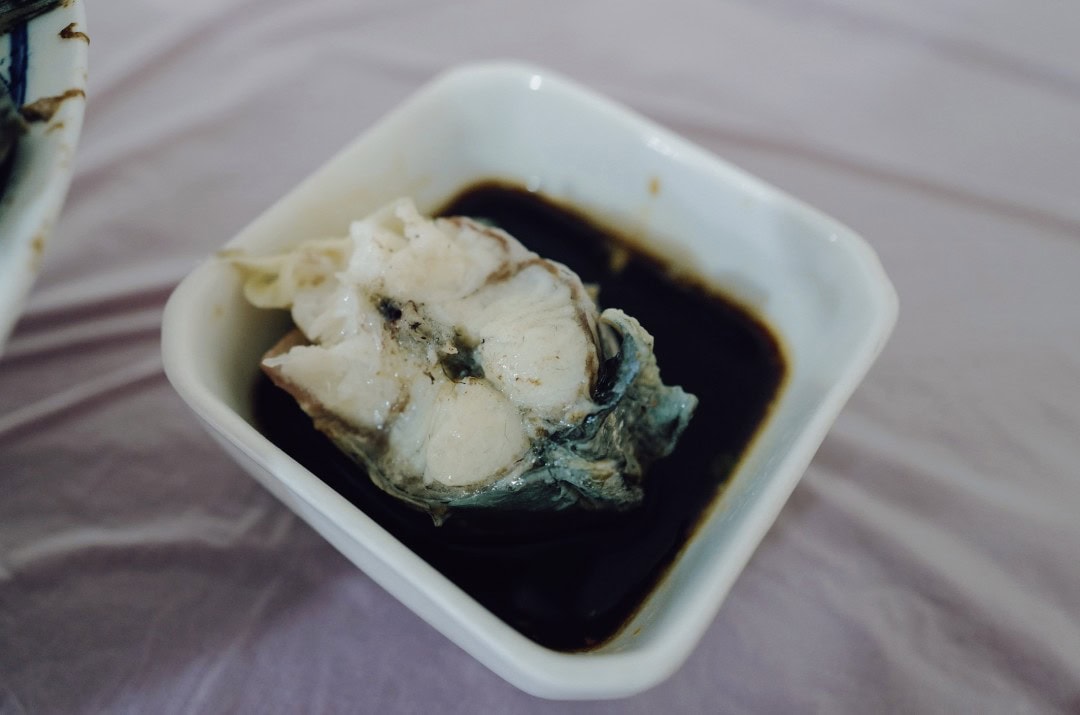
This establishment specializes in authentic Hangzhou braised dishes, including intestines, baked gluten, vegetarian roast goose, and lion’s head meatballs. All are made by Grandma Xu, who is over 70 years old.
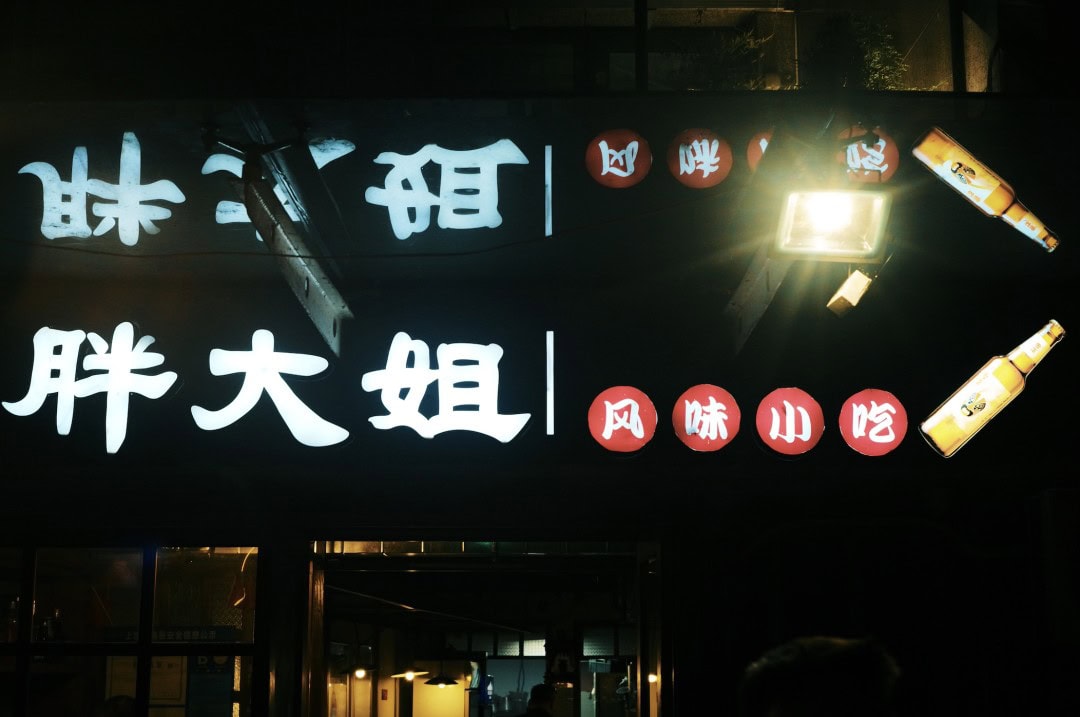
The large intestine is handled quietly and marinated with great flavor. Just make sure to go early, as it might sell out by the afternoon. This self-service place has a low ceiling, meaning they can only produce so much each day, and once it’s sold out, it’s gone.
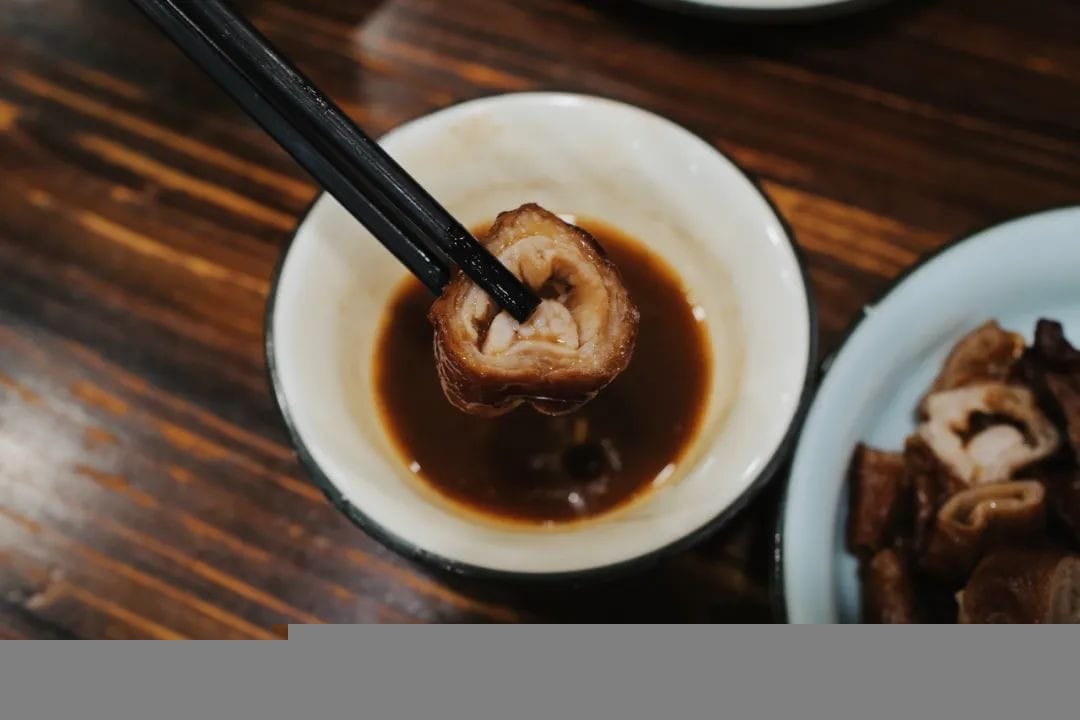
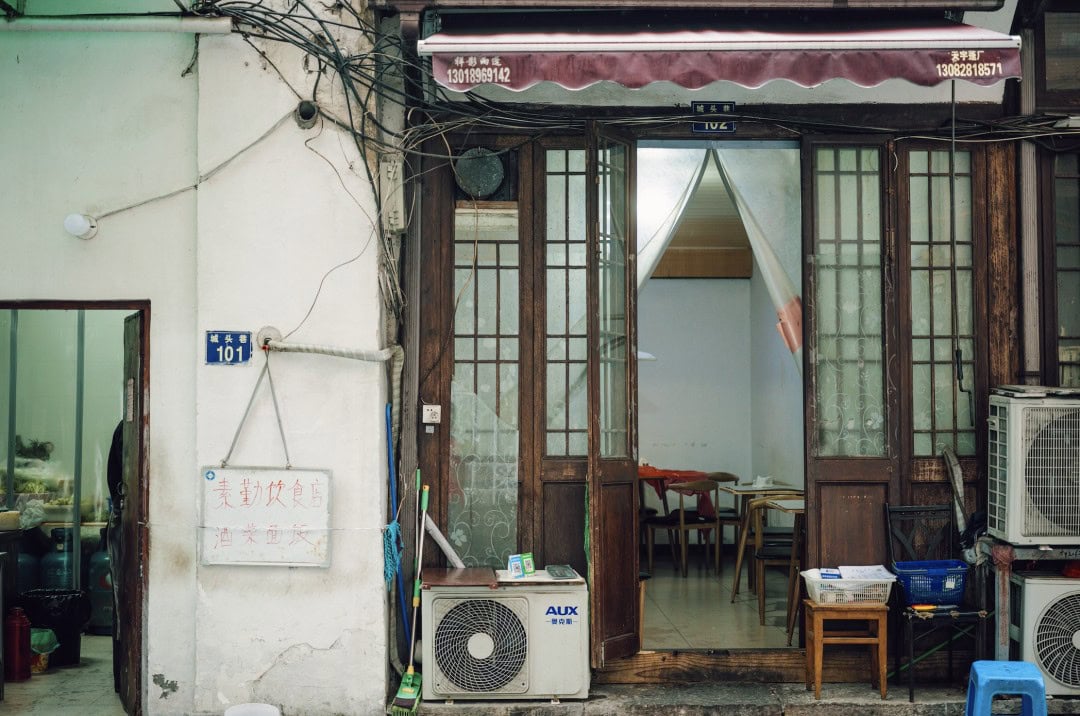
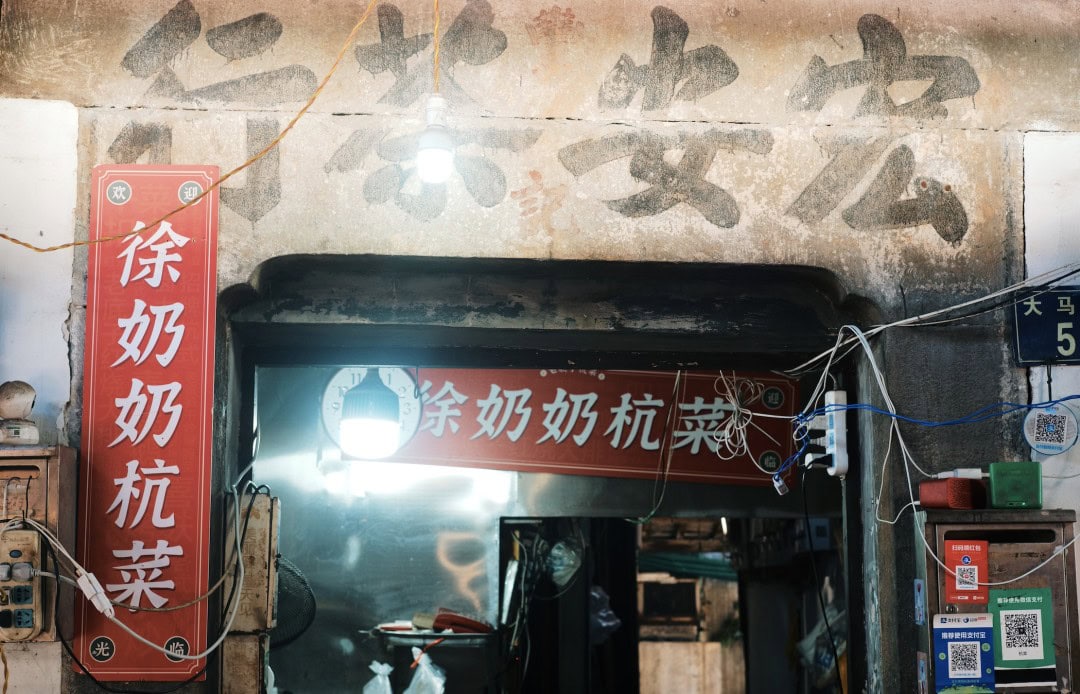
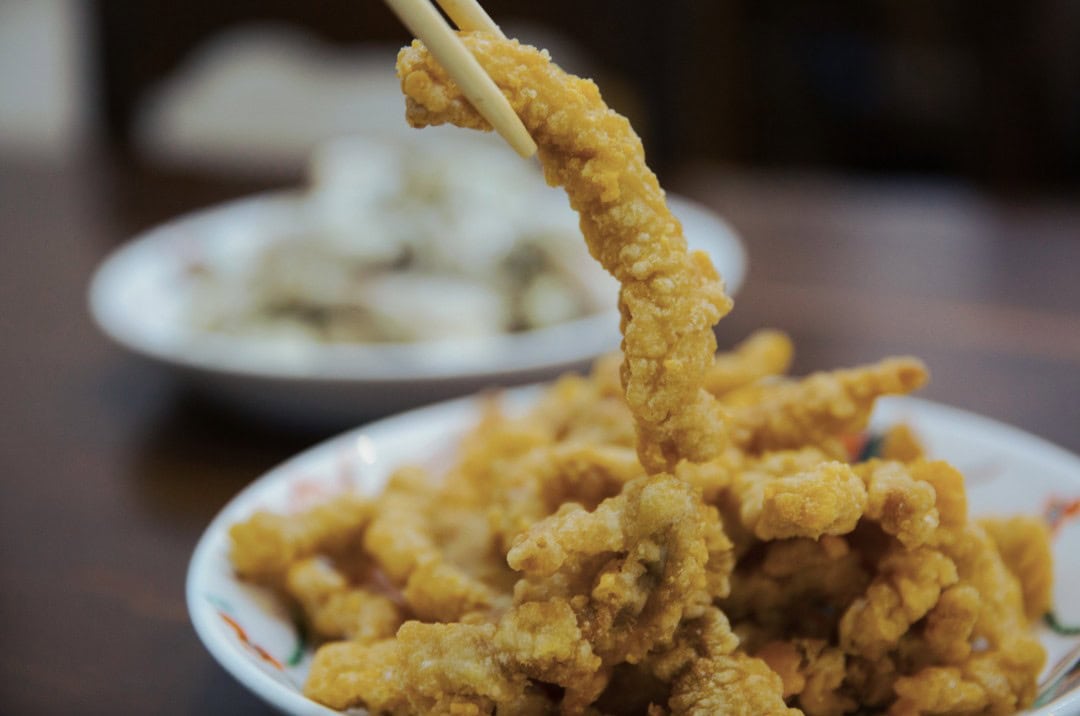
Tiancheng Snacks
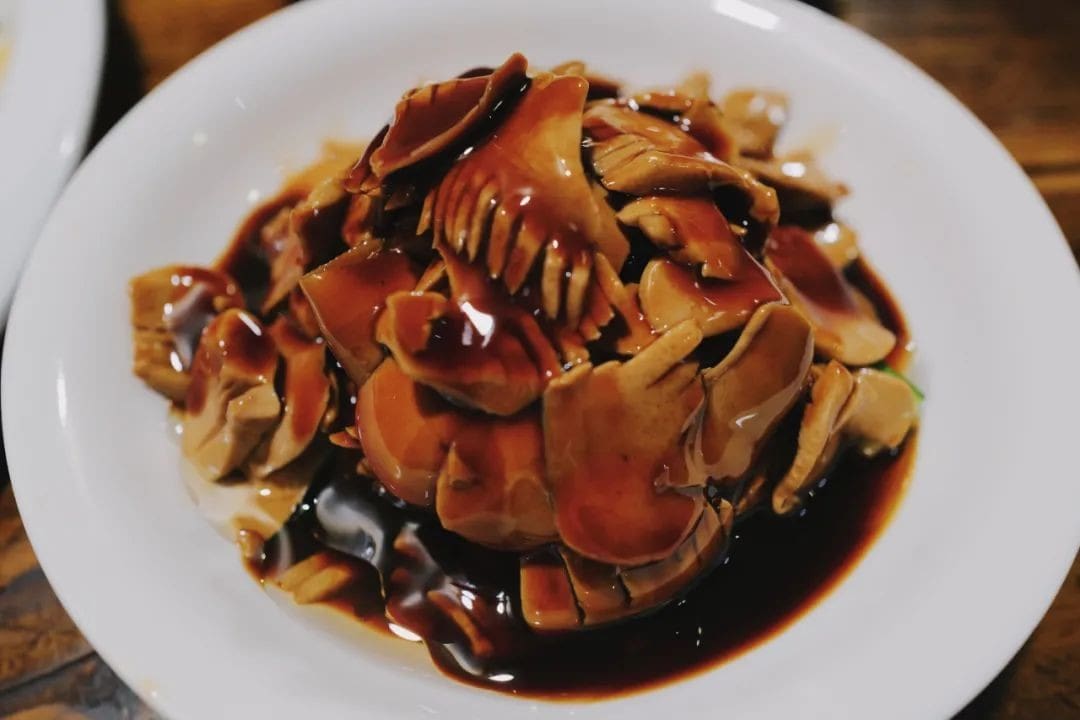
📍Address: No. 57, University Road
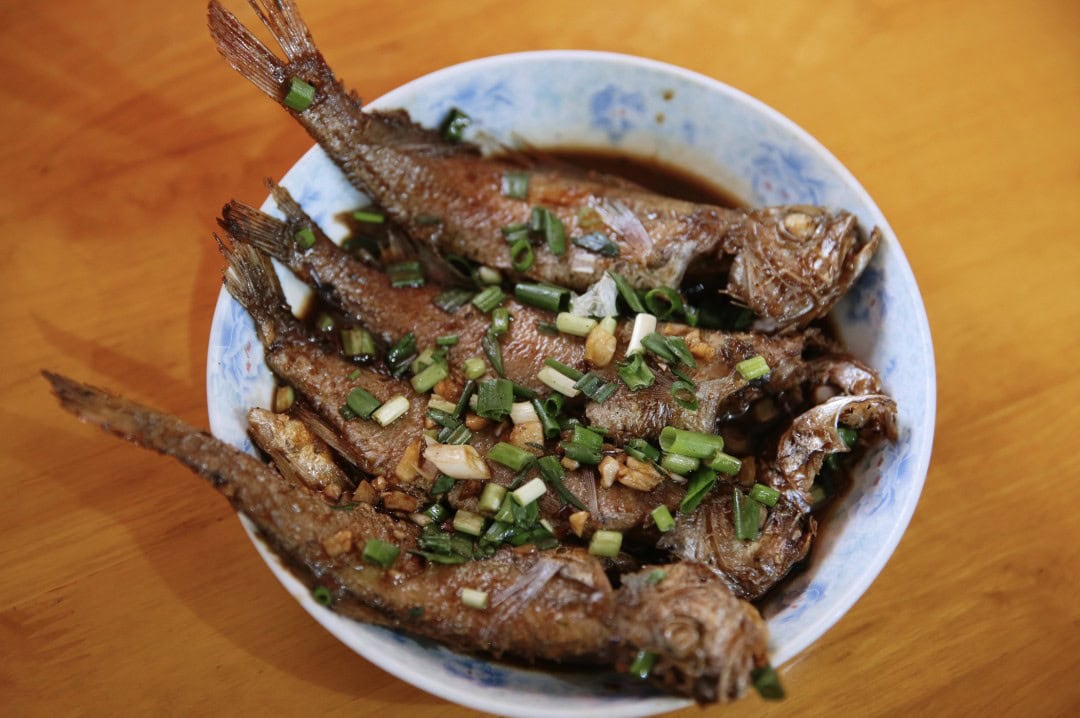
A hidden gem in a small alley, offering good value for money
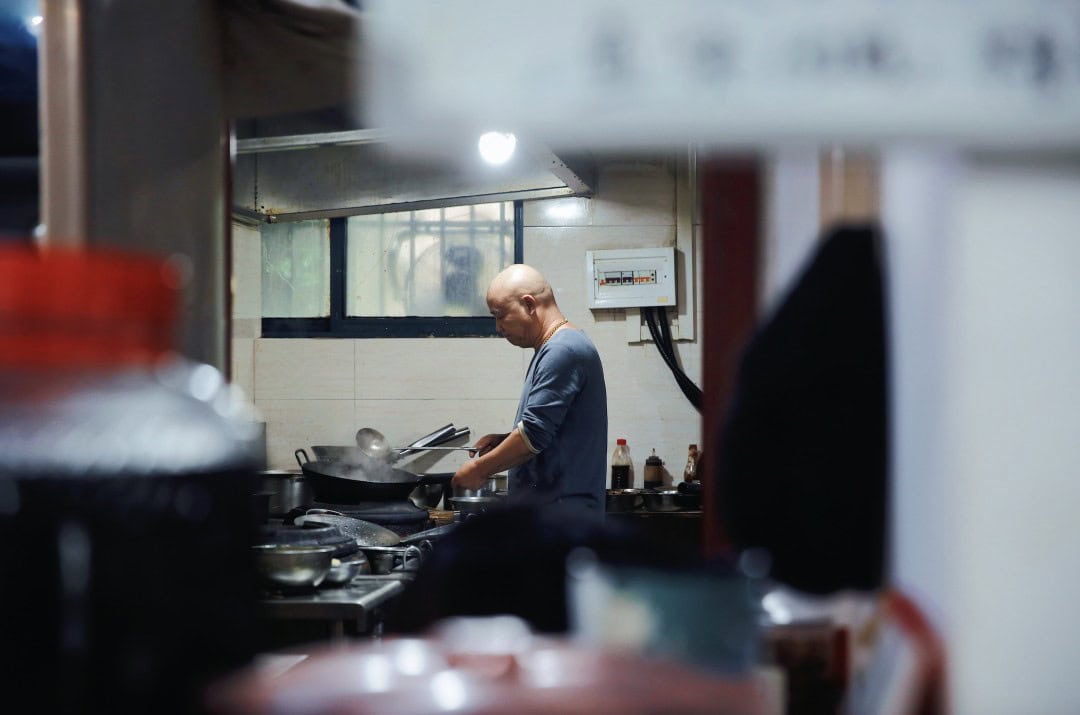
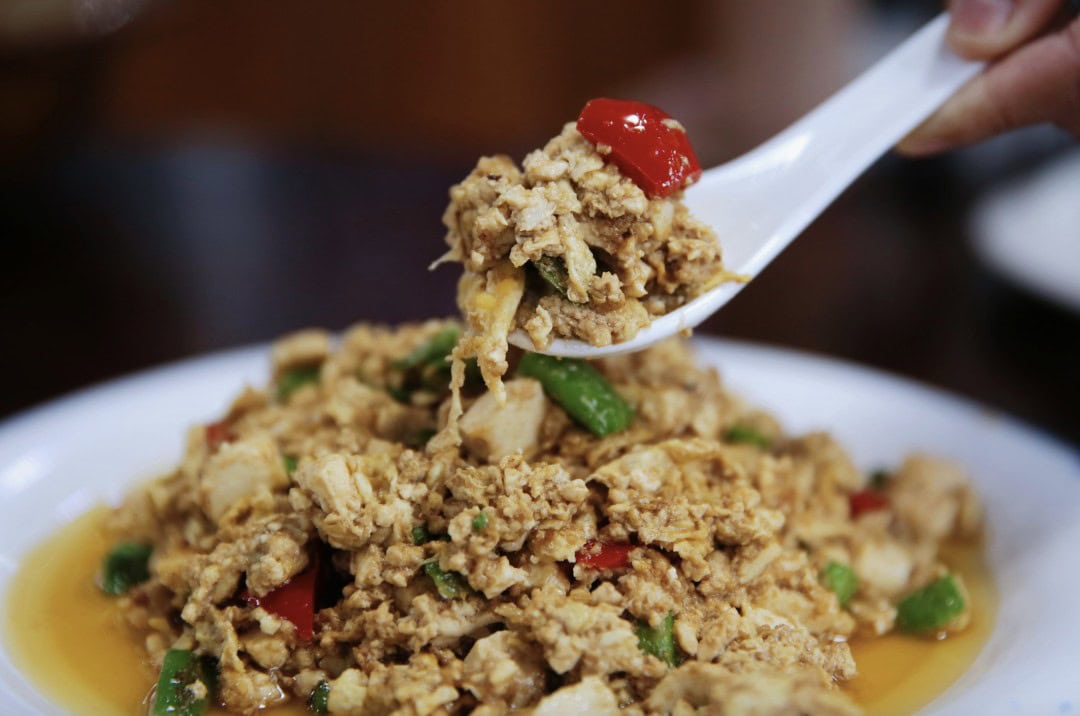
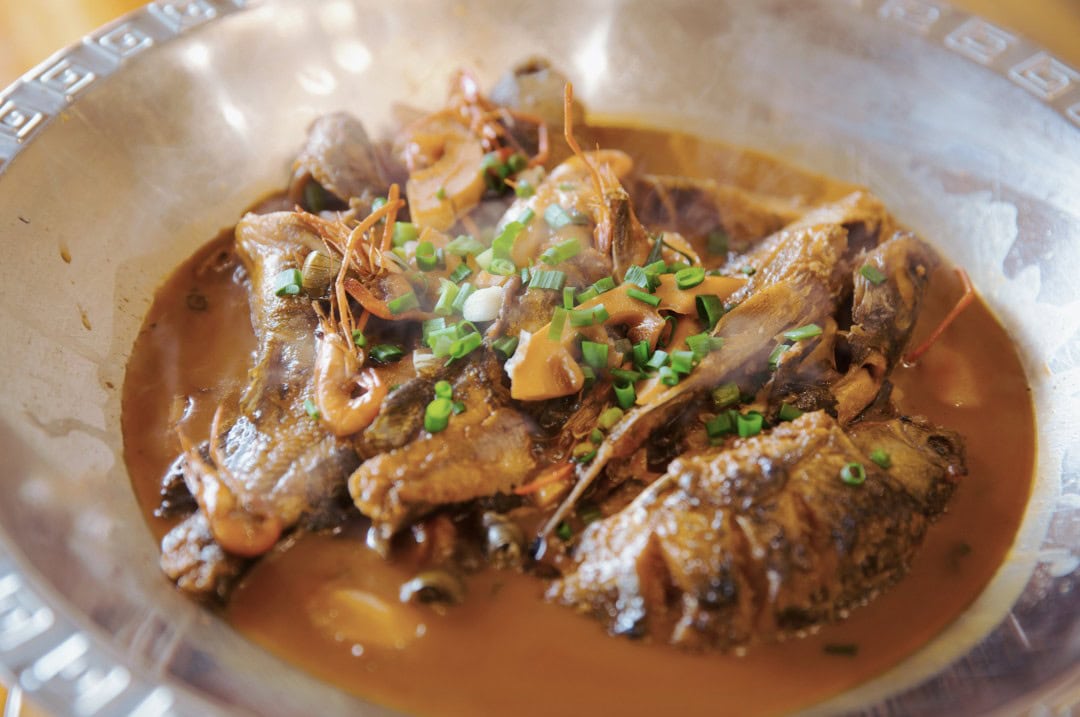
A simple snack shop on University Road, with just a few wooden tables and chairs, but serving authentic Hangzhou flavors.
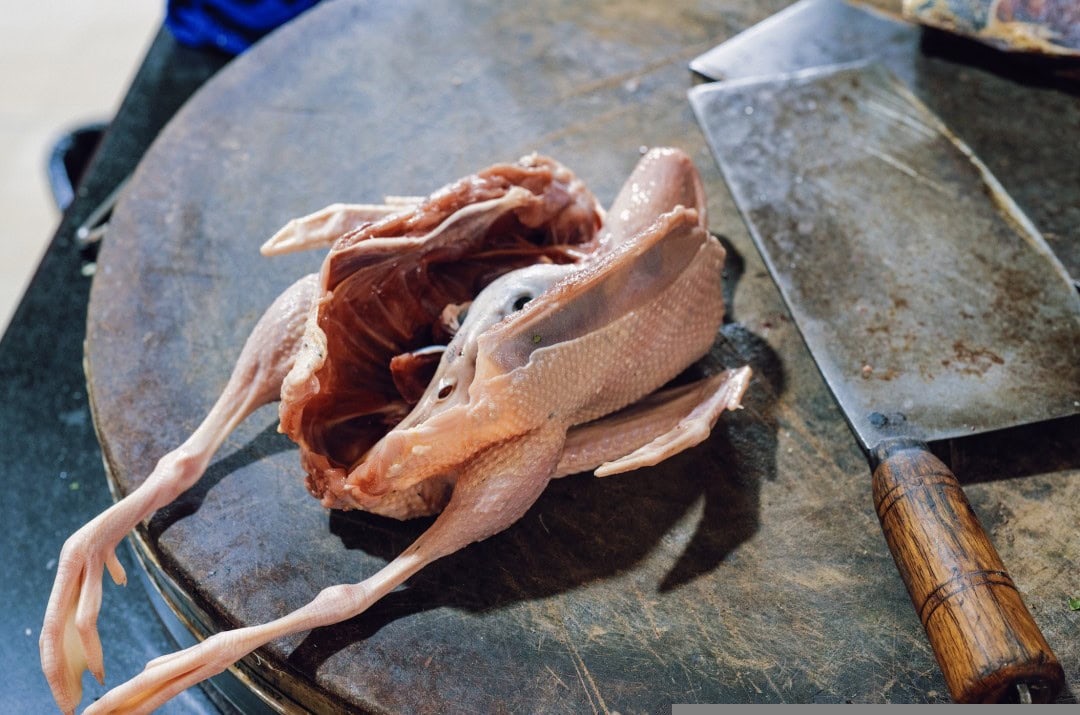
This place is very economical. Two people can enjoy three dishes for just over 50 yuan.
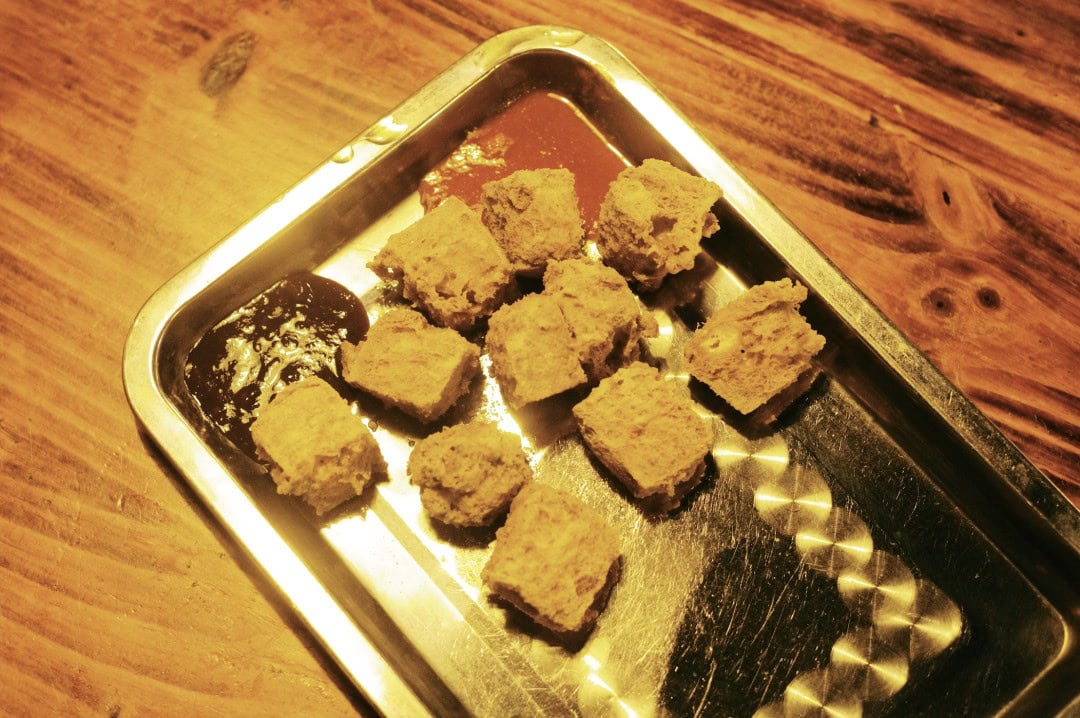
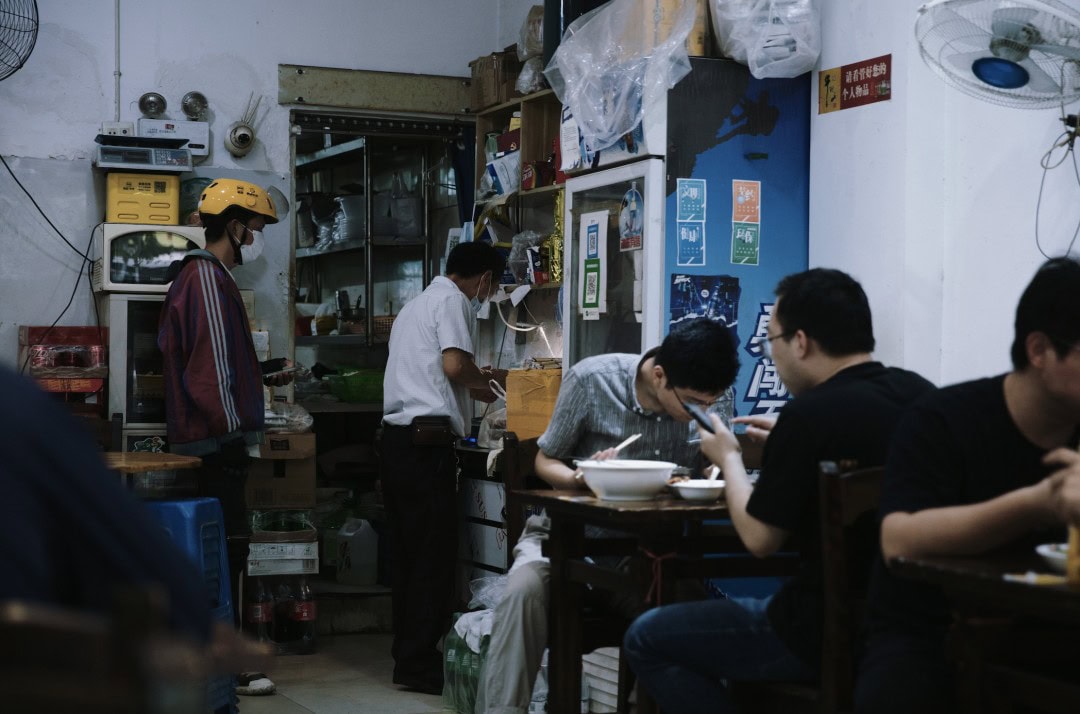
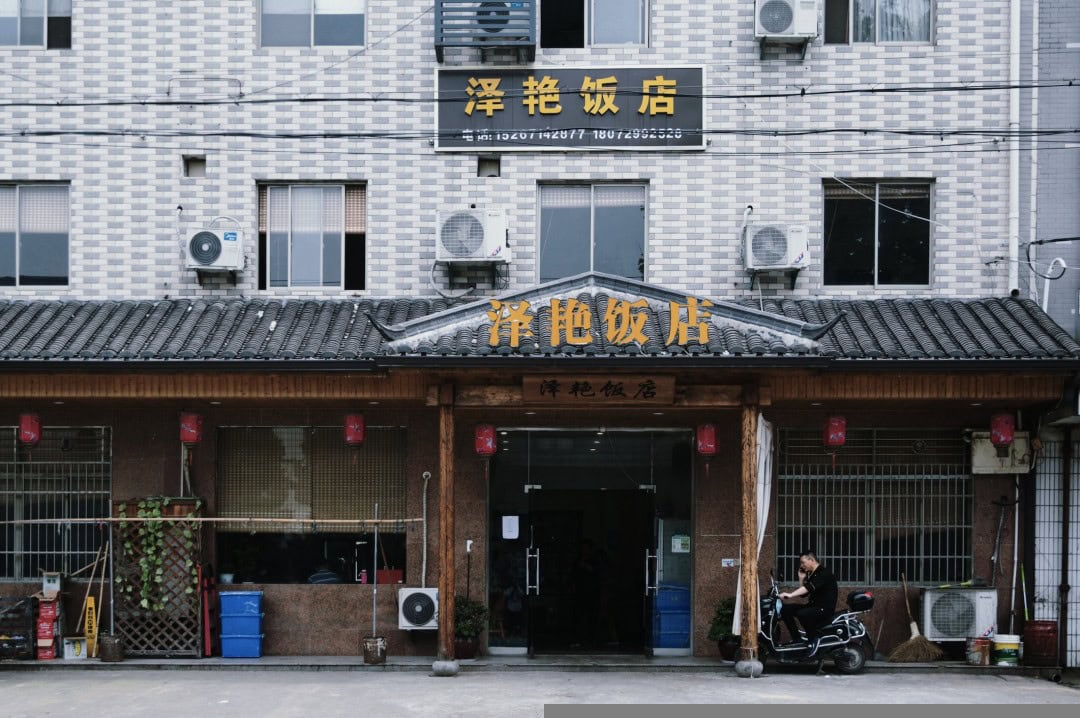
The home-style tofu is delicious. The tofu must be freshly cut and then coated with cornstarch and flour. It must be fried over low heat, which seems simple but is actually quite complex, as it cannot be pre-fried and then refried, so it takes time and oil. The owner says this method is the most traditional and authentic, and the tofu is indeed crispy on the outside and tender inside.
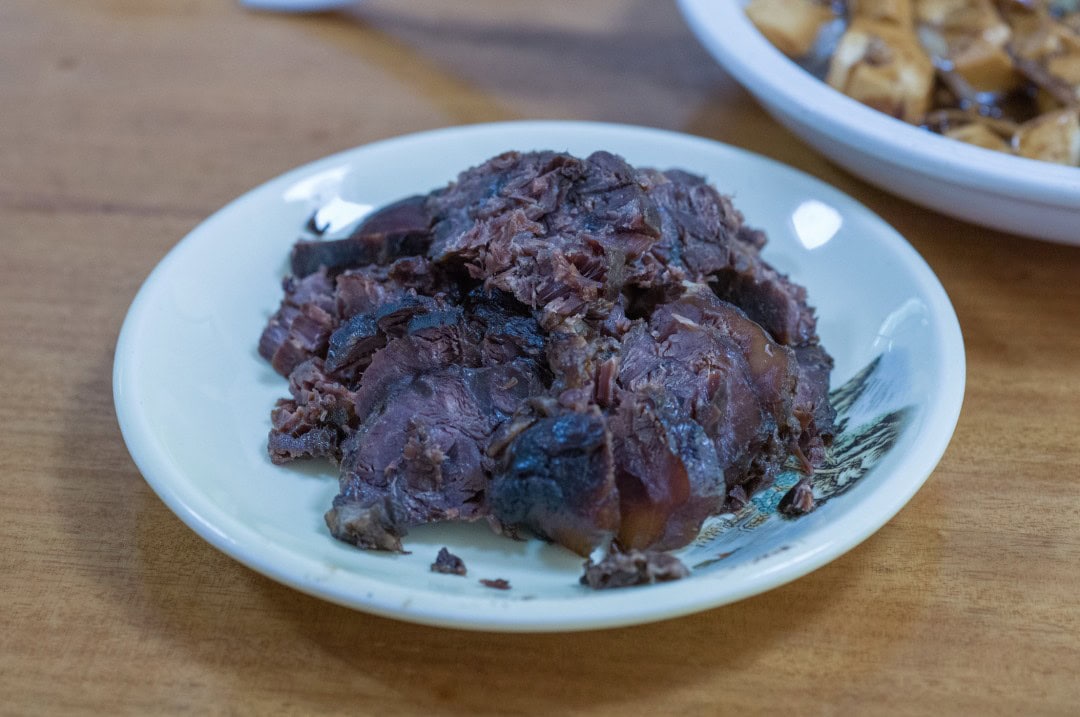
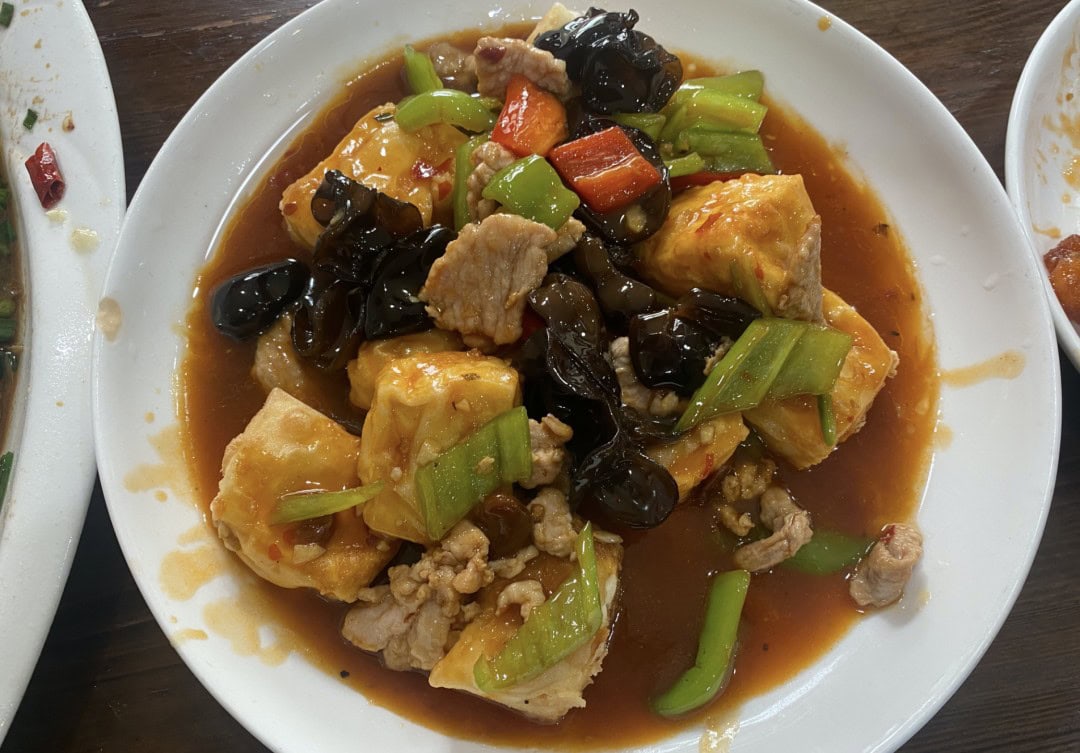
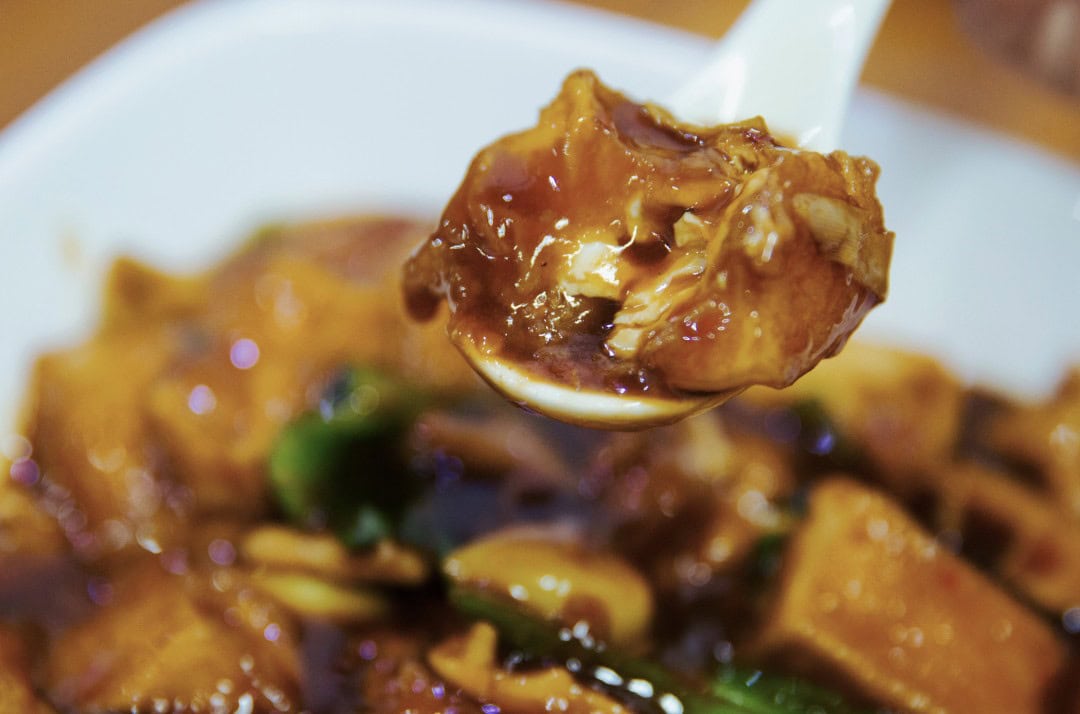
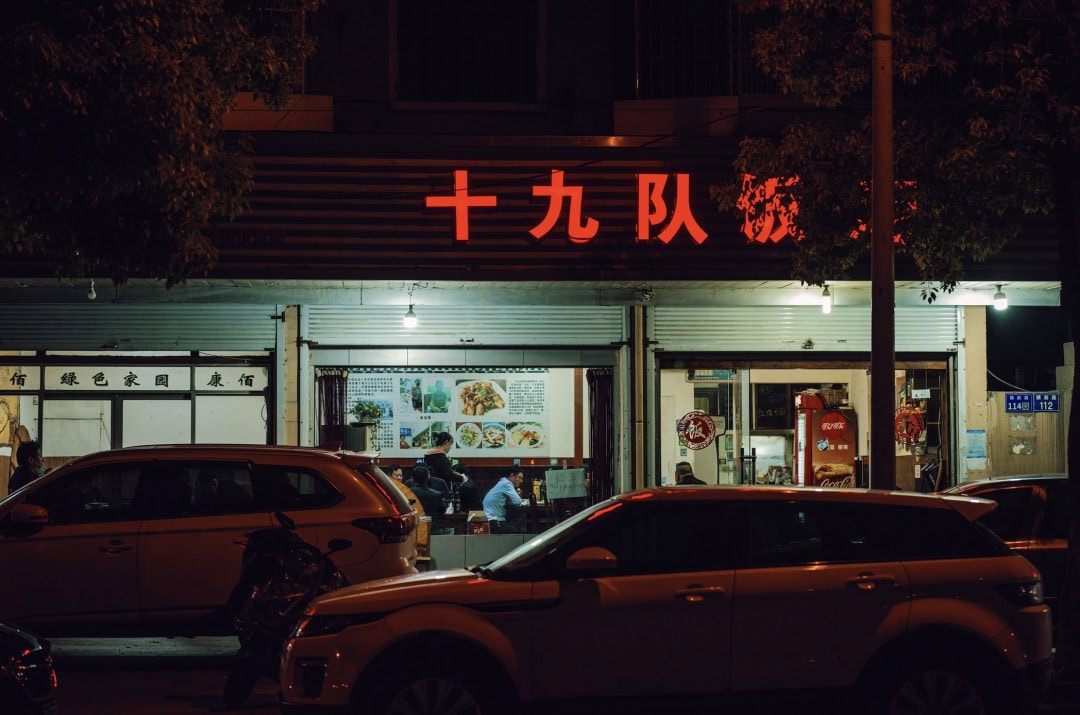
The Qianjiang shredded pork is a huge plate for just 18 yuan, which is incredibly economical. Their Qianjiang shredded pork is also very tender.
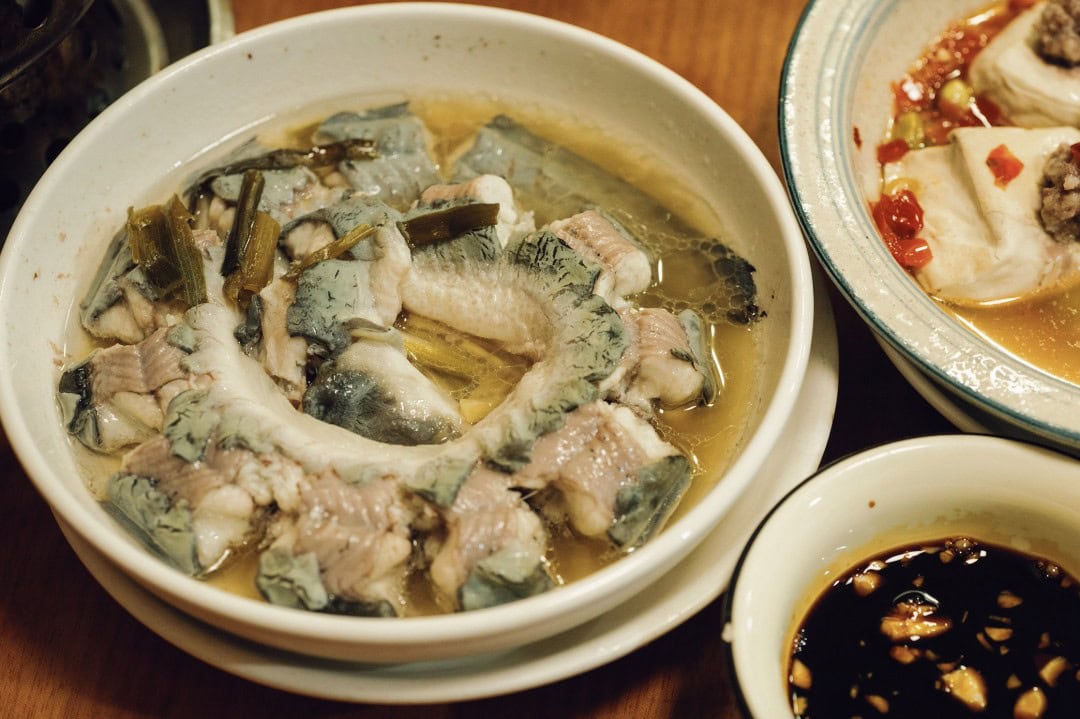
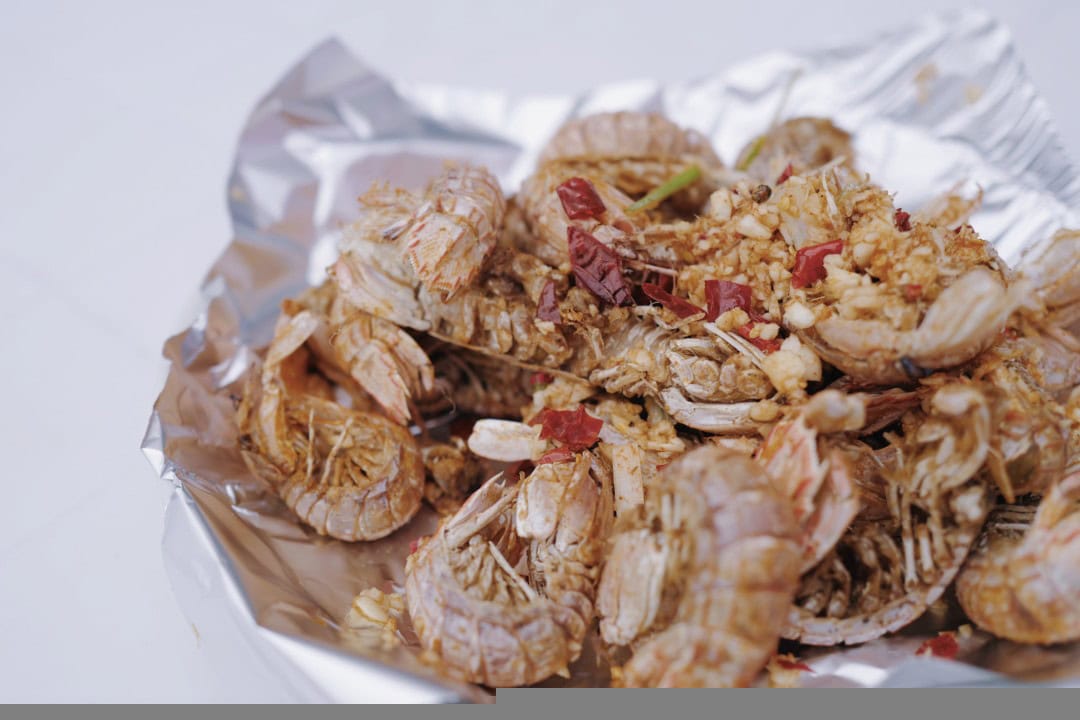
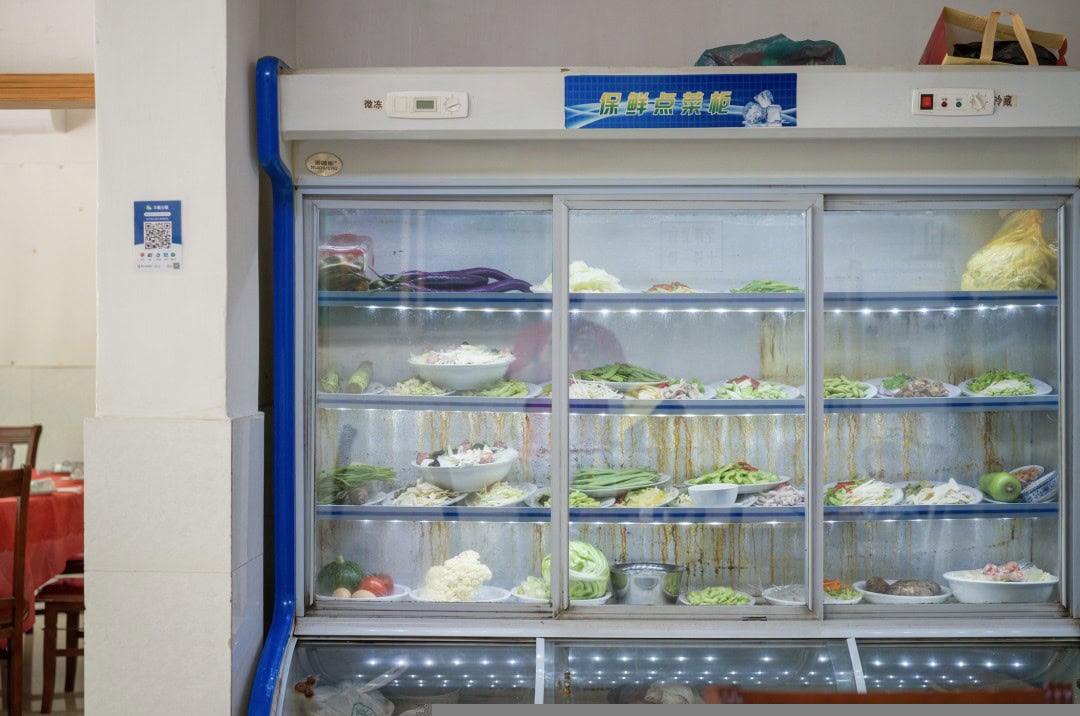
Grilled fish is one of their specialties.
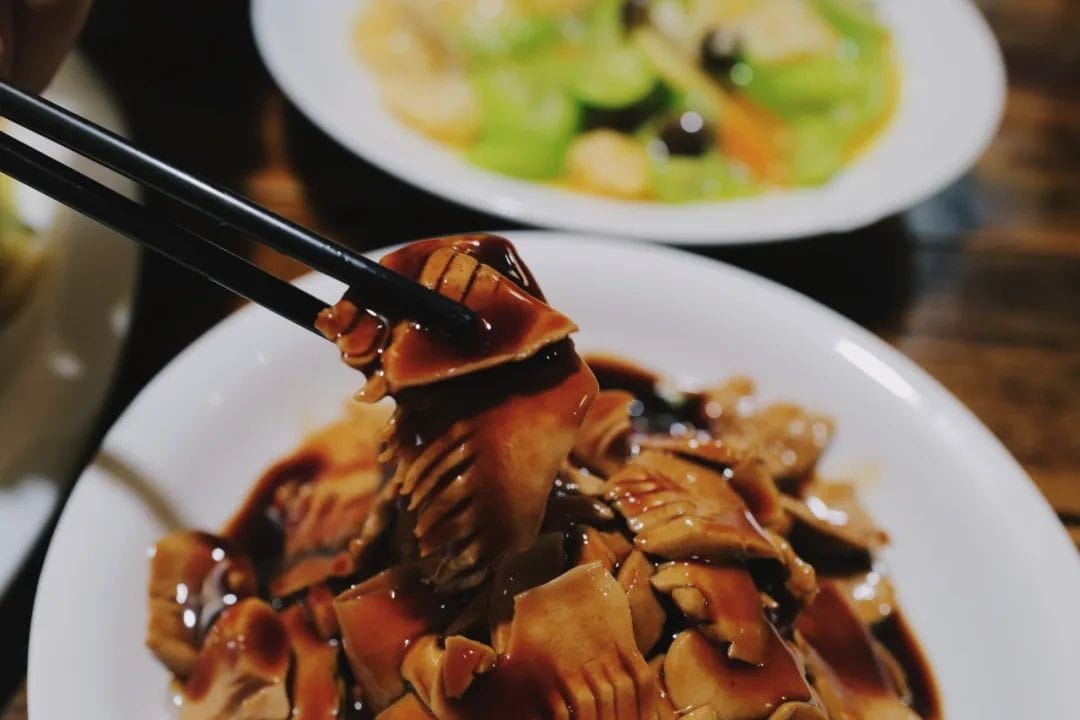
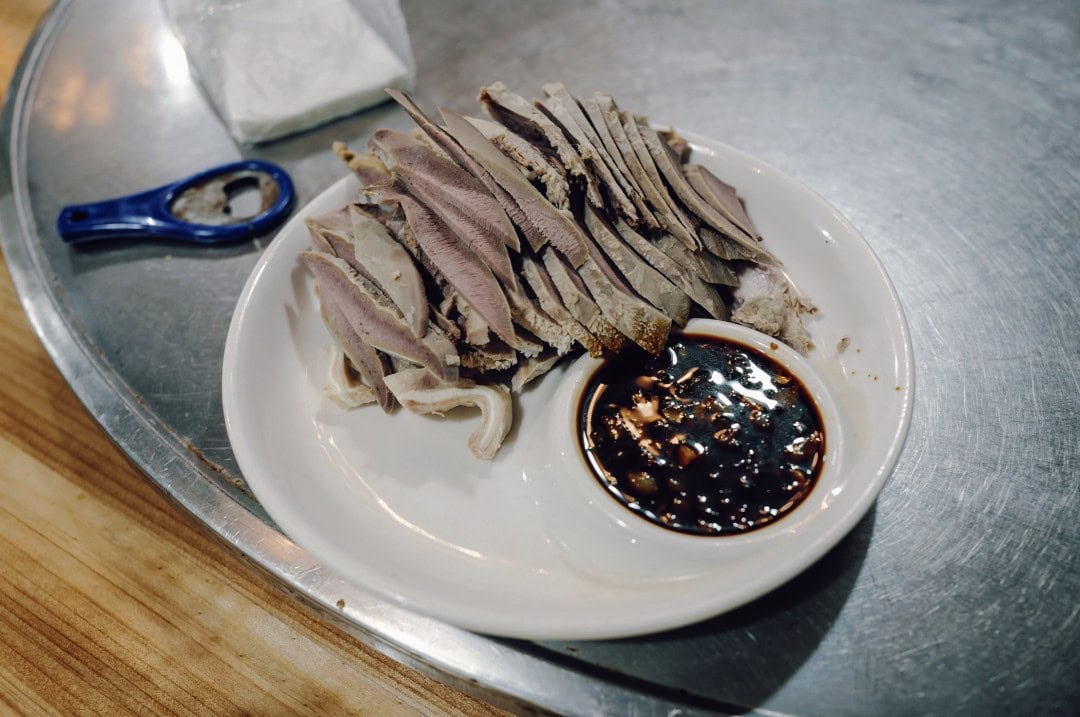
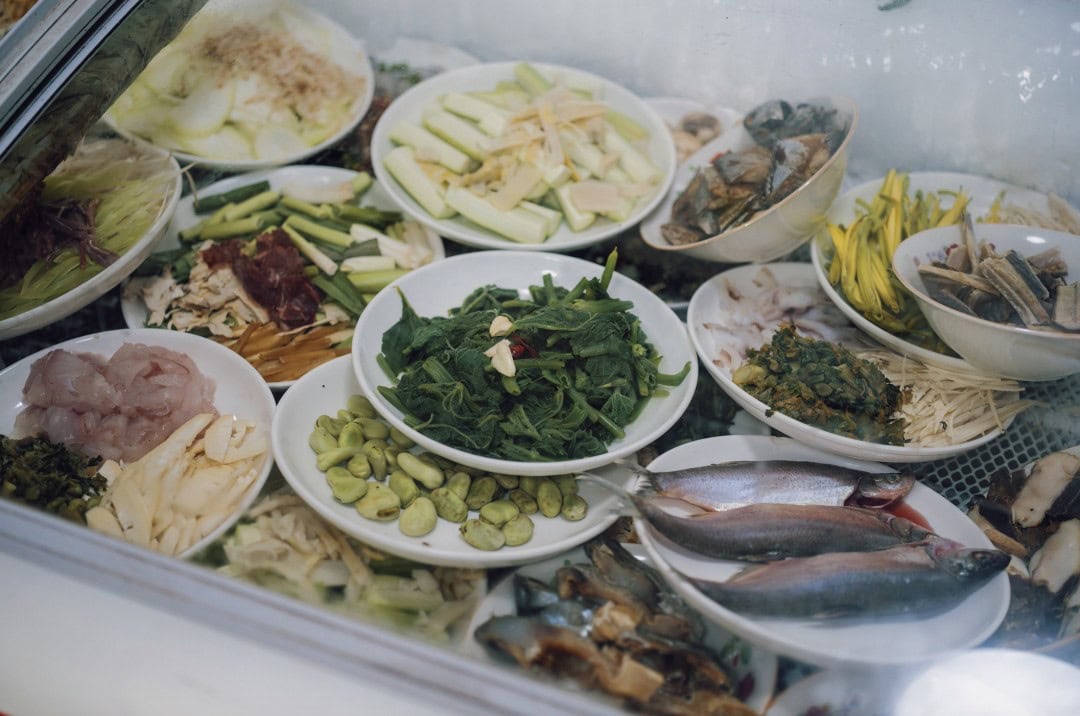
Fangming Snacks
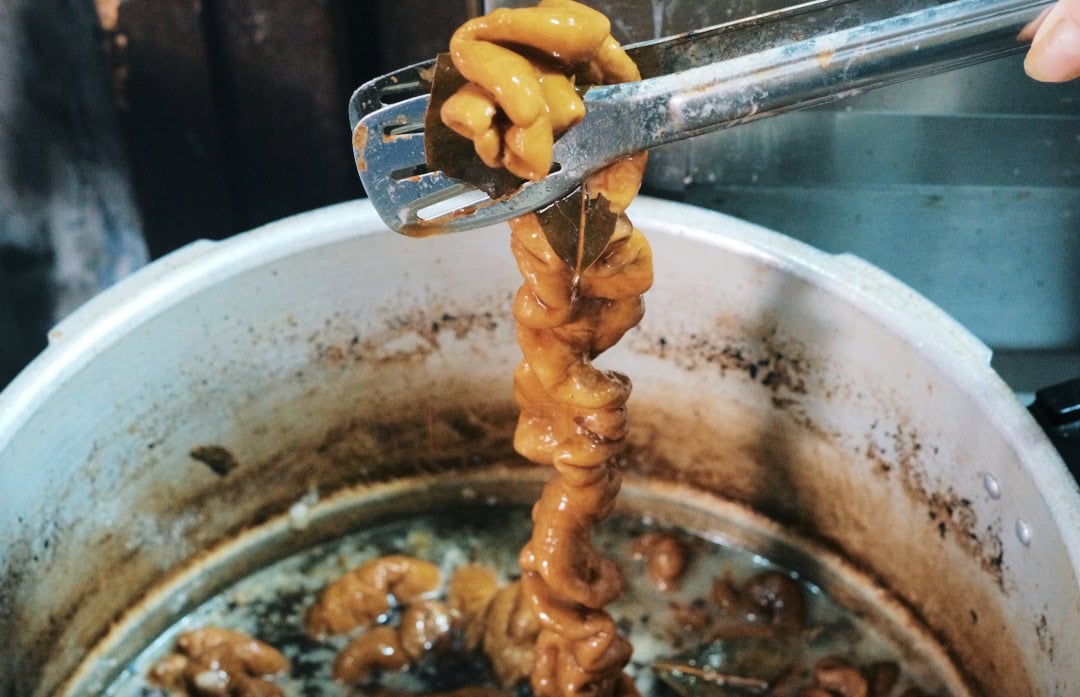
📍Address: No. 169, Guangfu Road
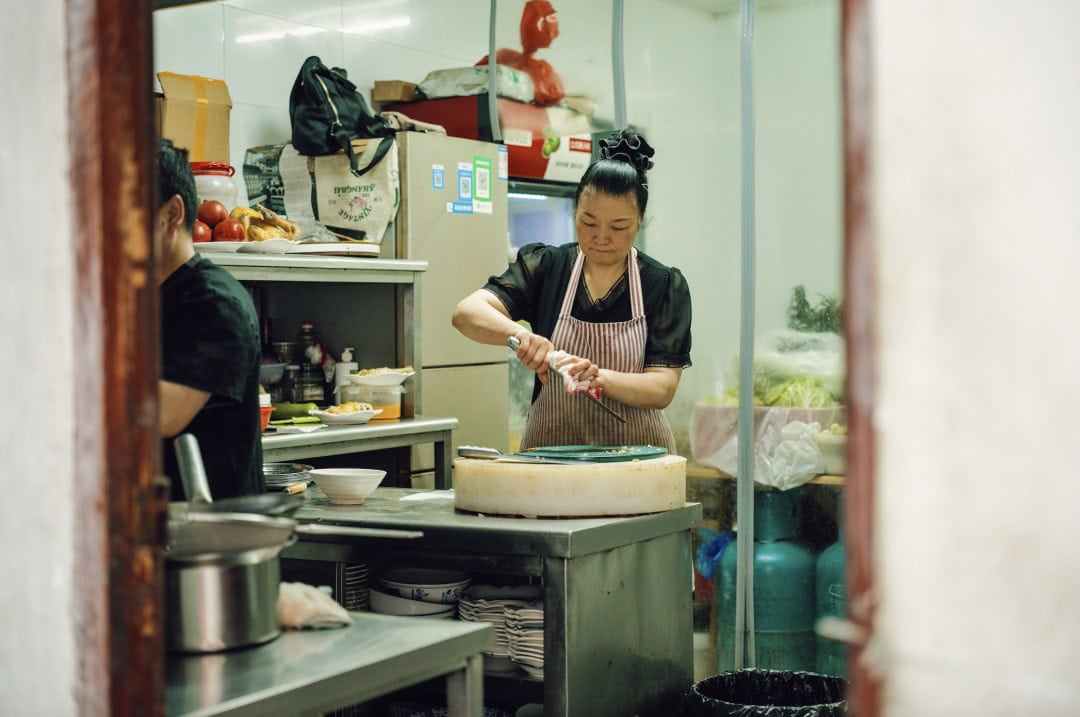
Average cost per person: 40-50 yuan, located in the city center
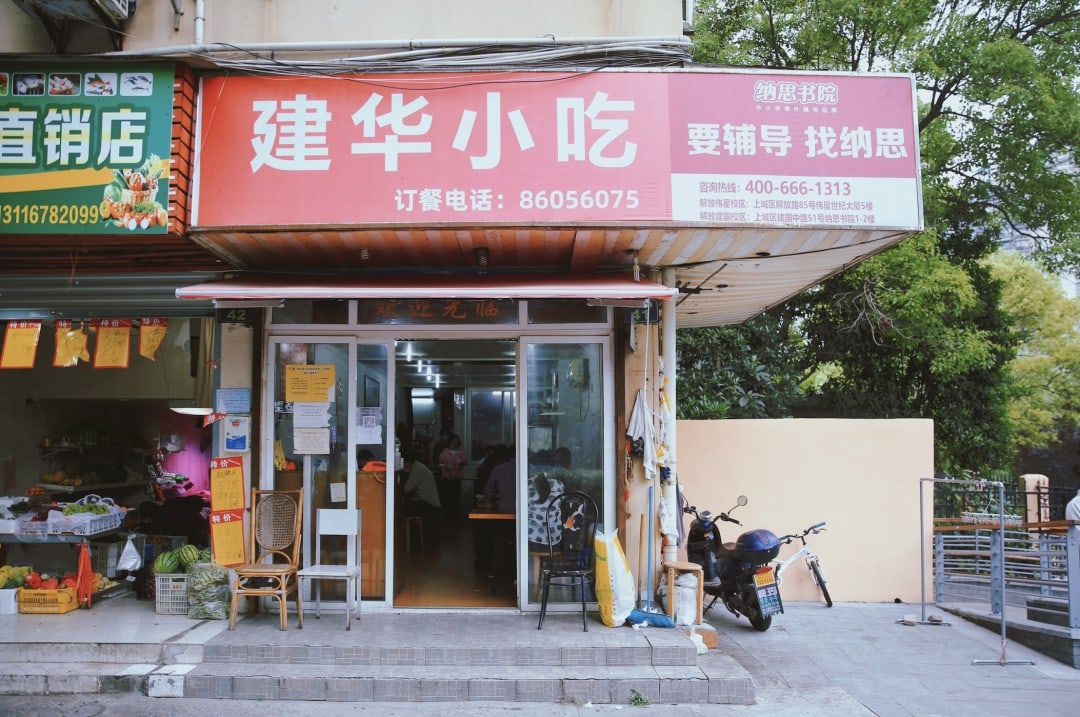
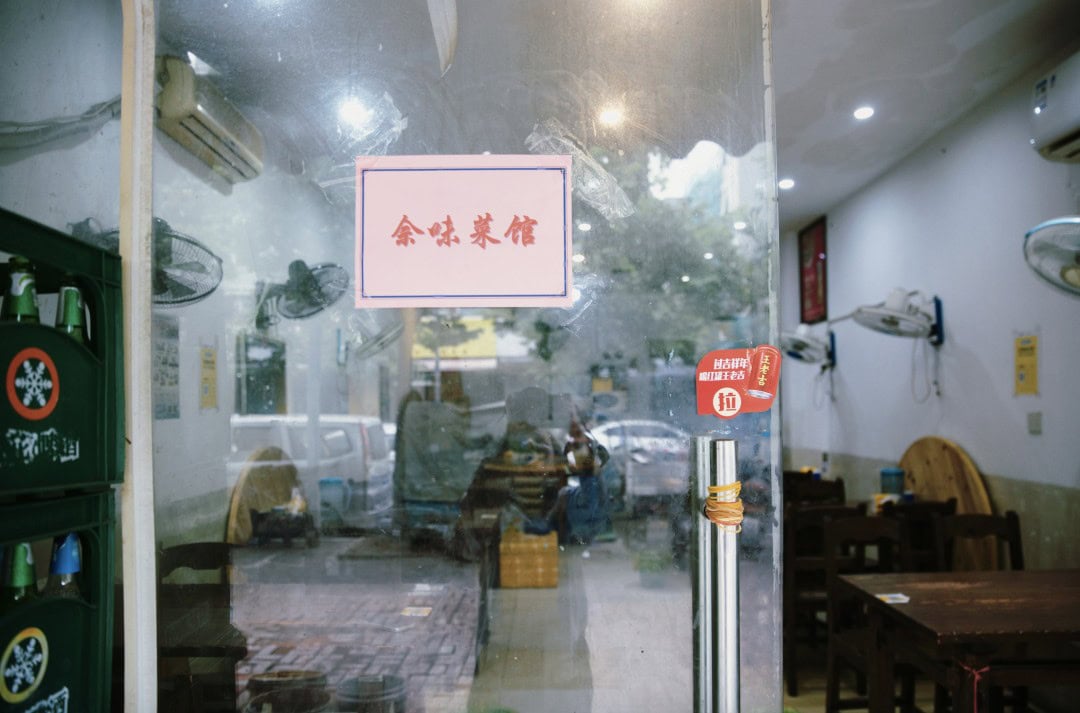
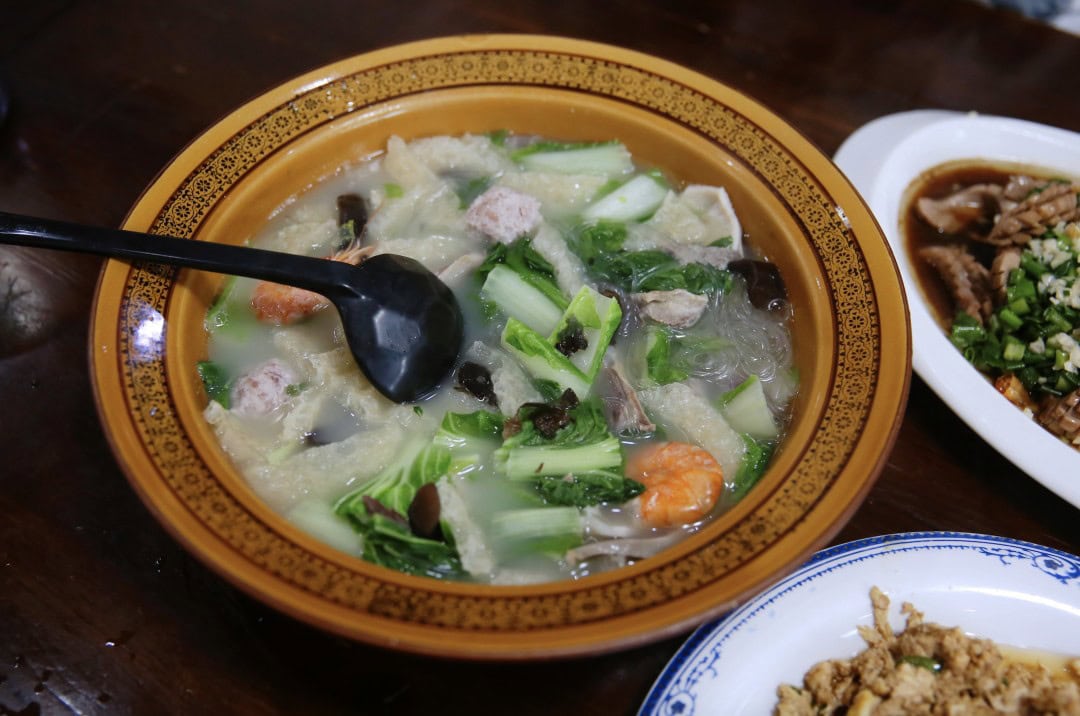
This place is in the city center, so even on weekdays at noon, it’s always crowded with long lines.
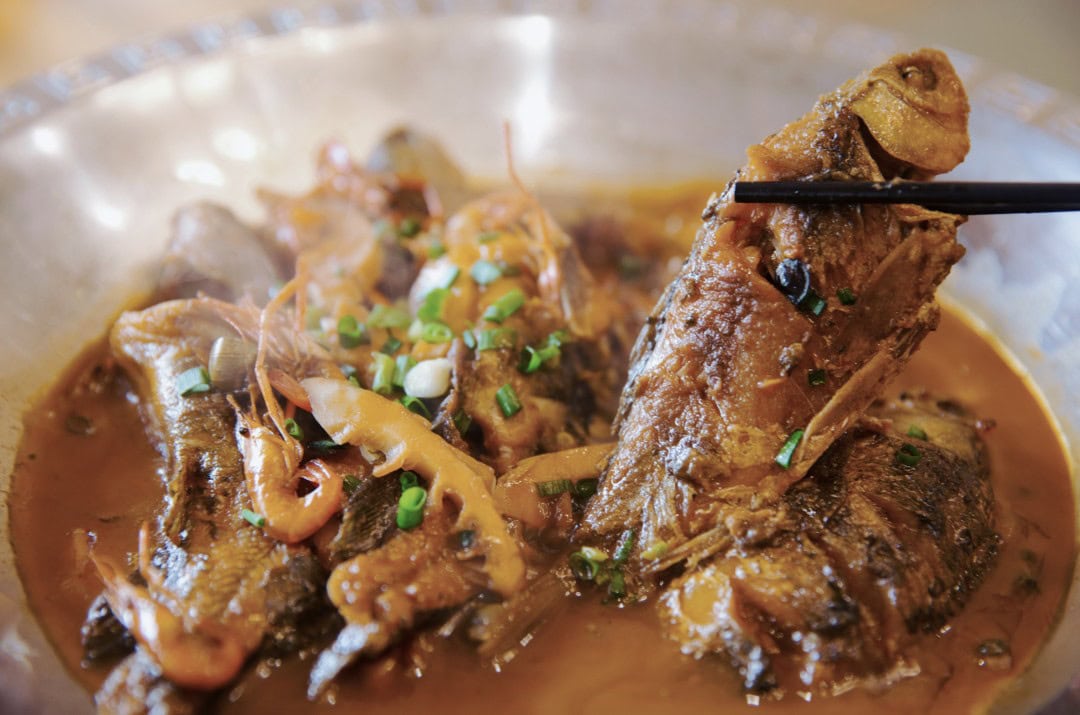
Sweet and sour pork is their signature dish. It’s quite good, but not the traditional Hangzhou style. It’s soft, tangy, and sweet, with the key being that the meat inside is very tender.
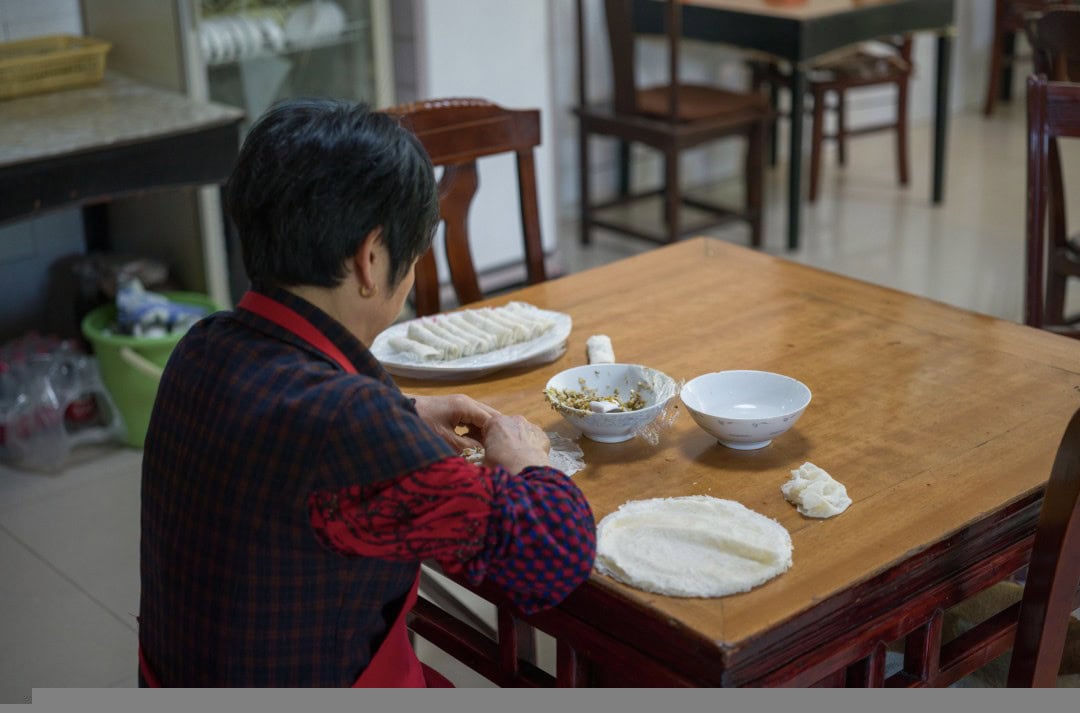
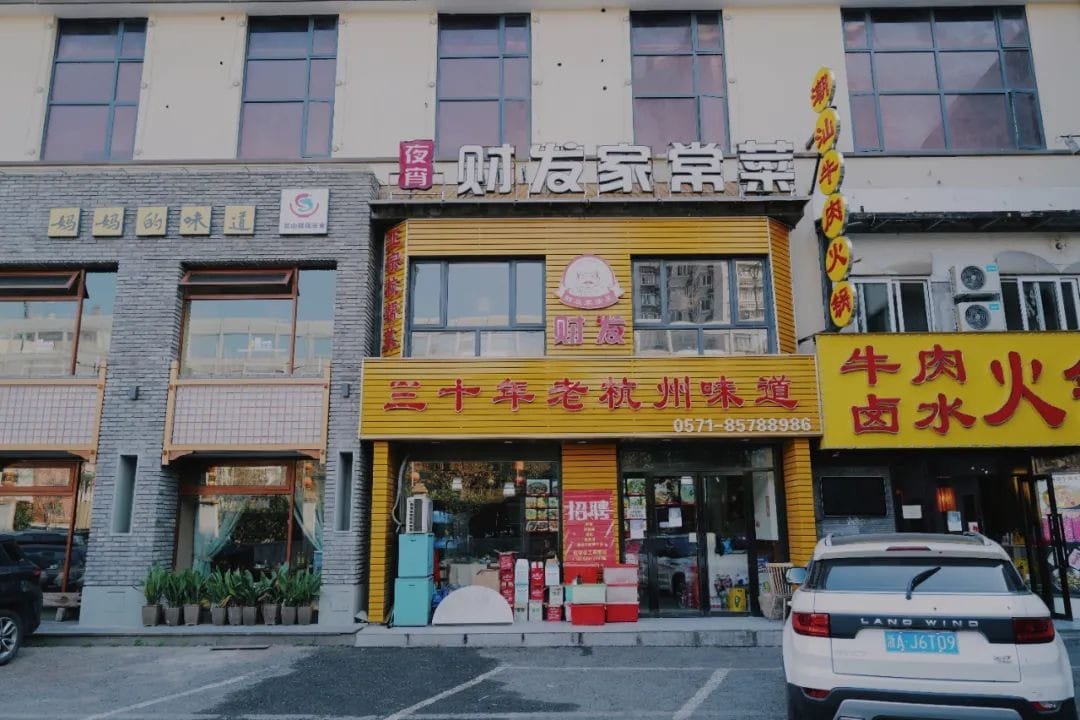
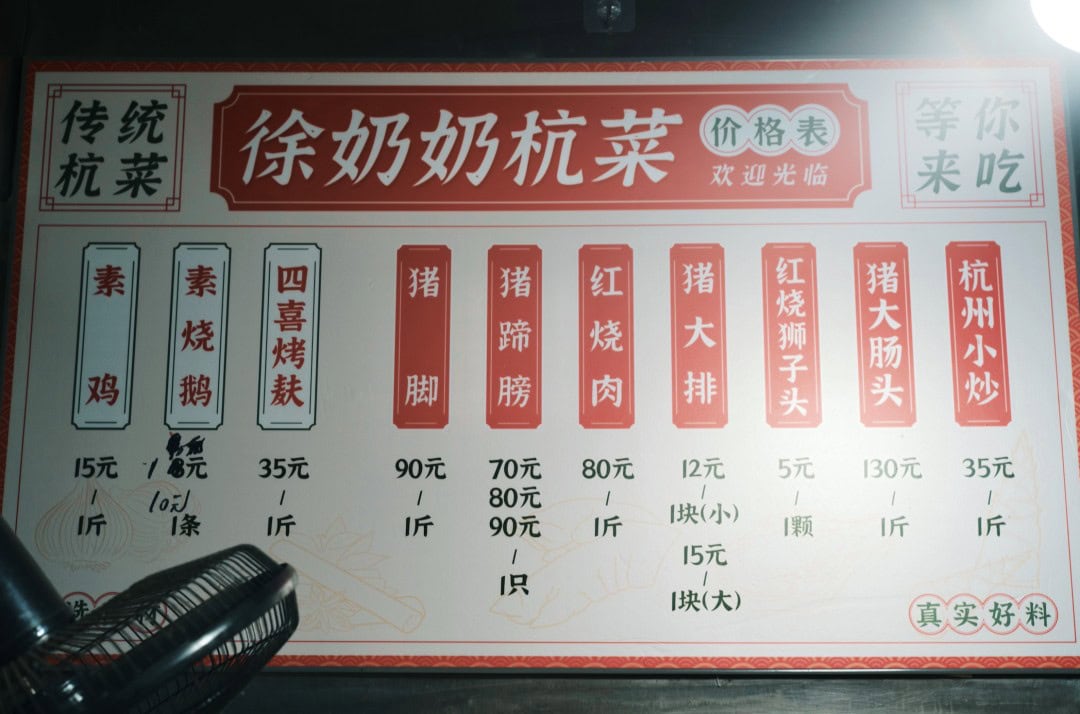
The home-style tofu, however, is made in the Hangzhou style, using tender tofu, coated with flour and deep-fried, then braised. Making home-style tofu with tender tofu requires some skill; using old tofu is simpler but not as tasty.
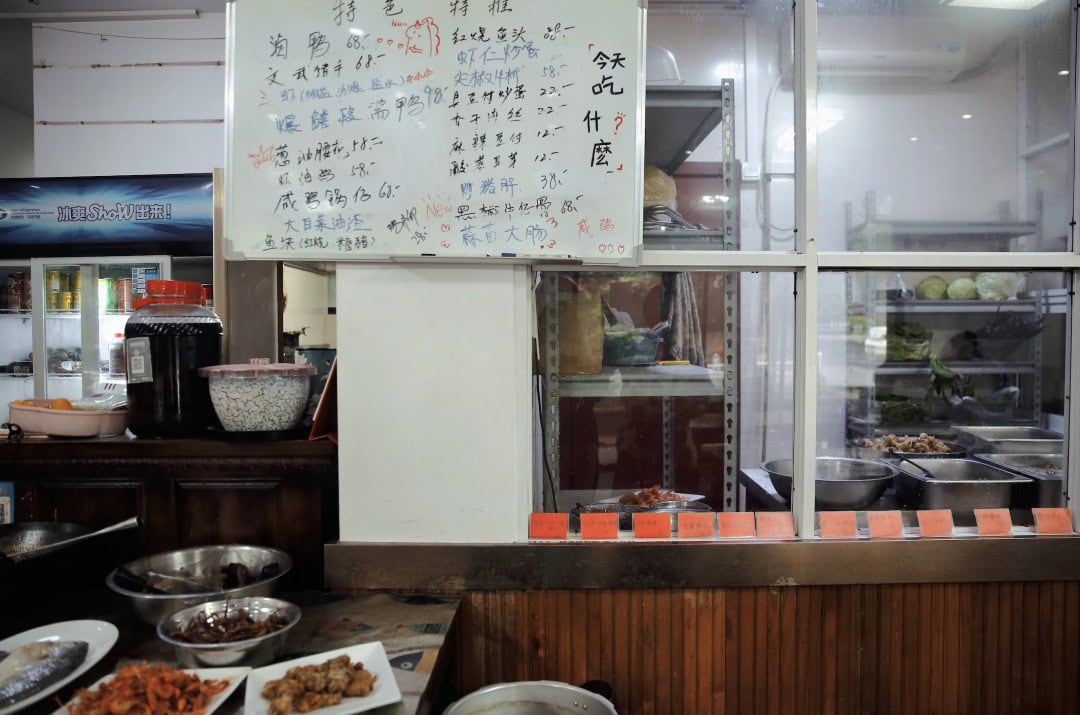
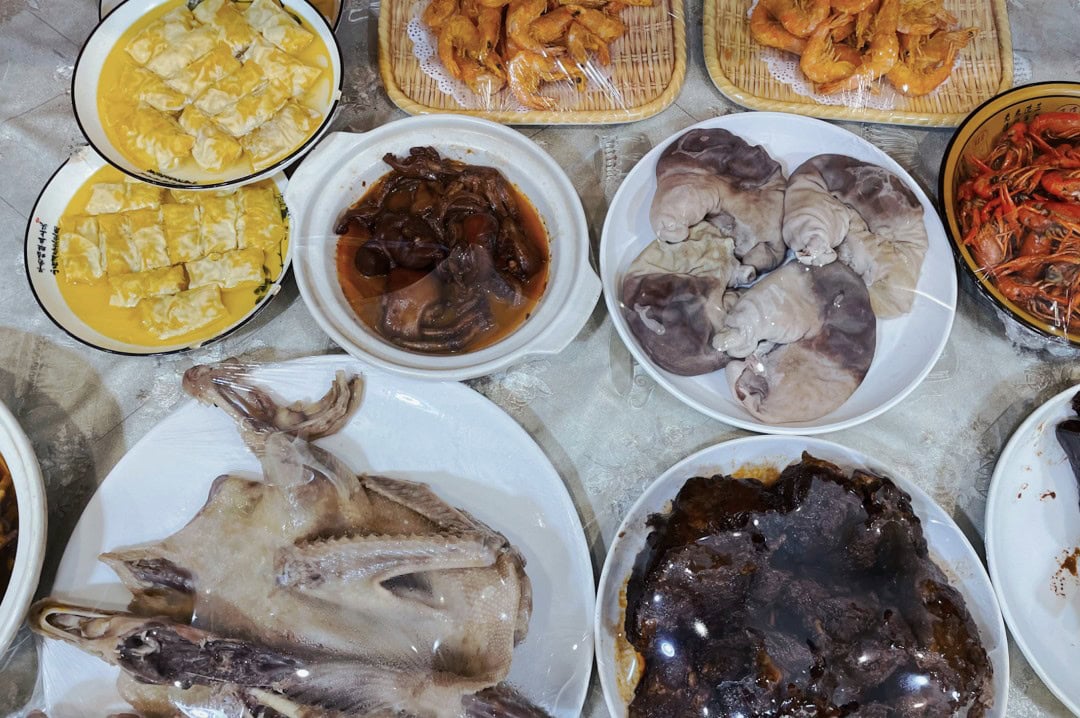
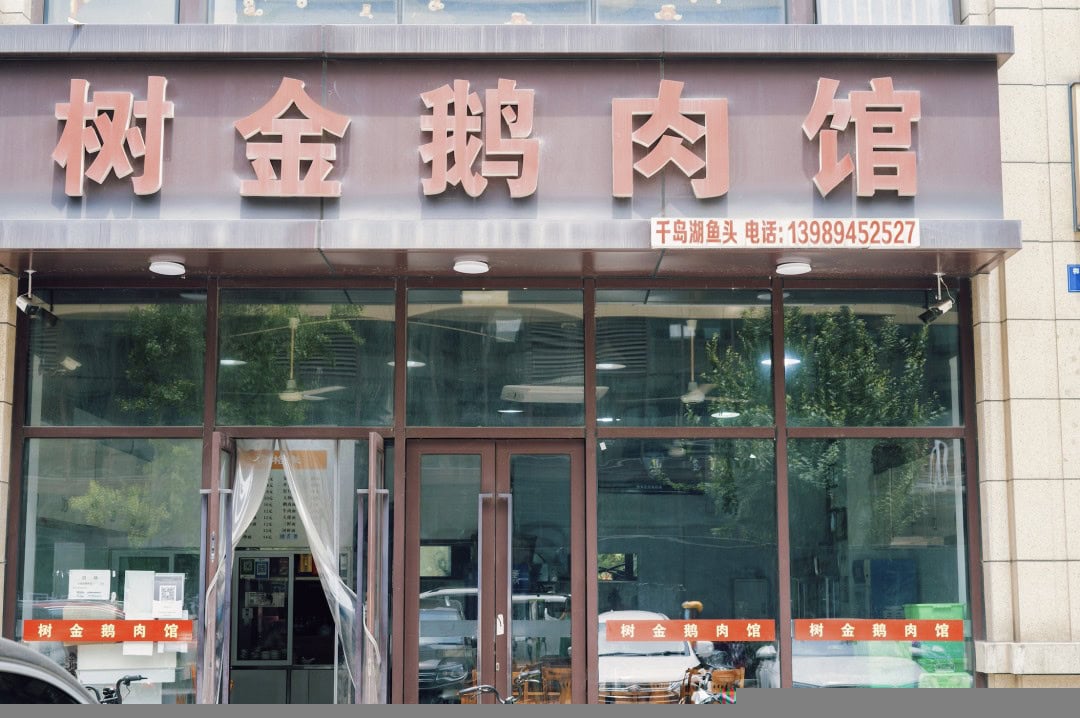
Jianhua Snacks
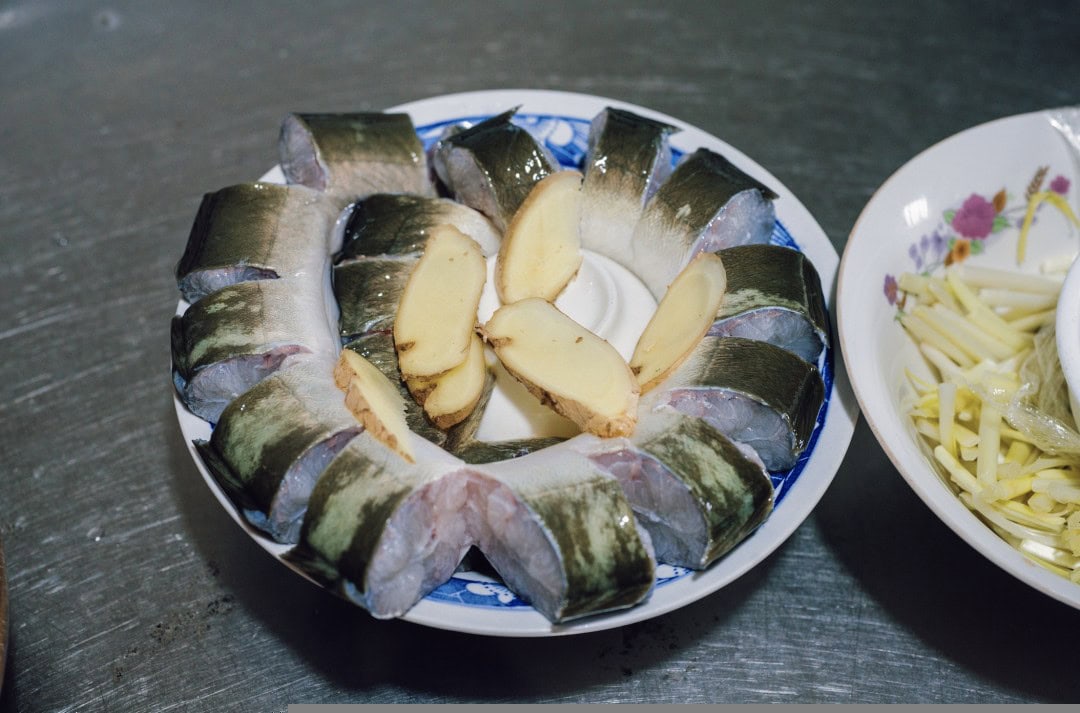
📍Address: No. 41, Houchao Road
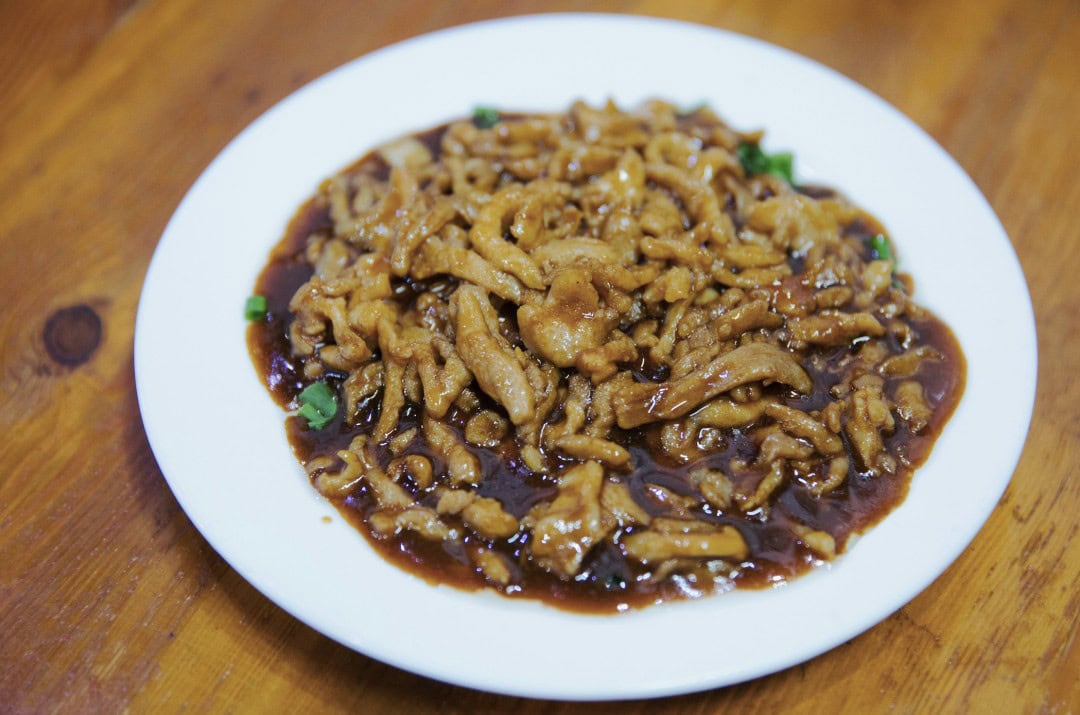
Traditional Hangzhou style, old-fashioned flavors
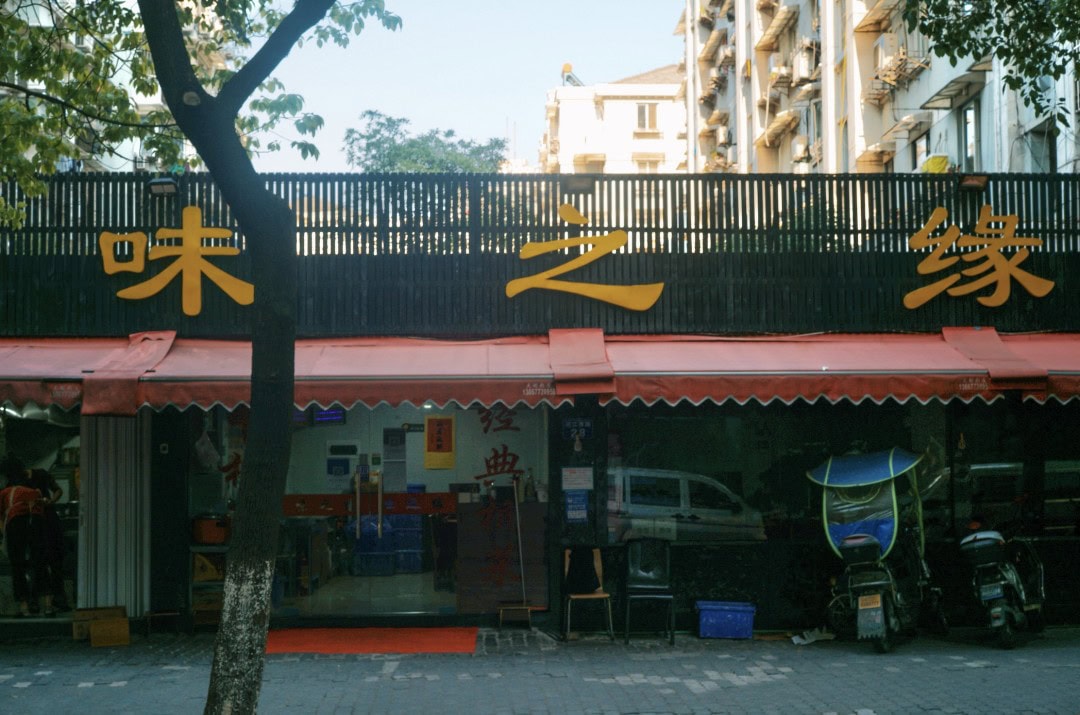
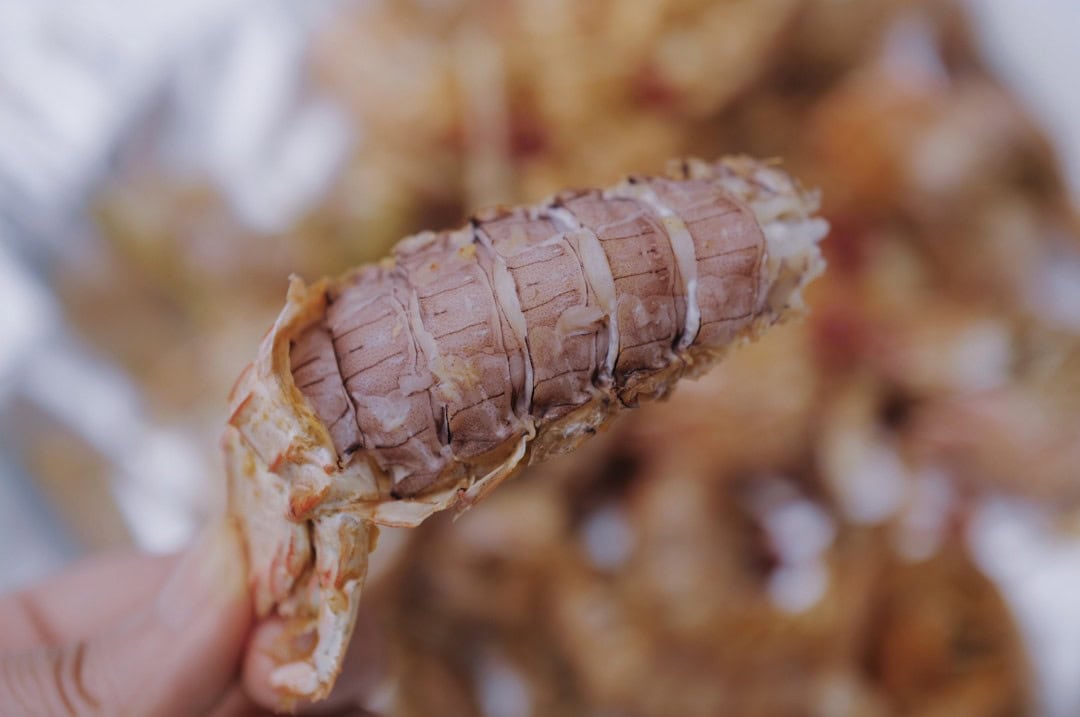
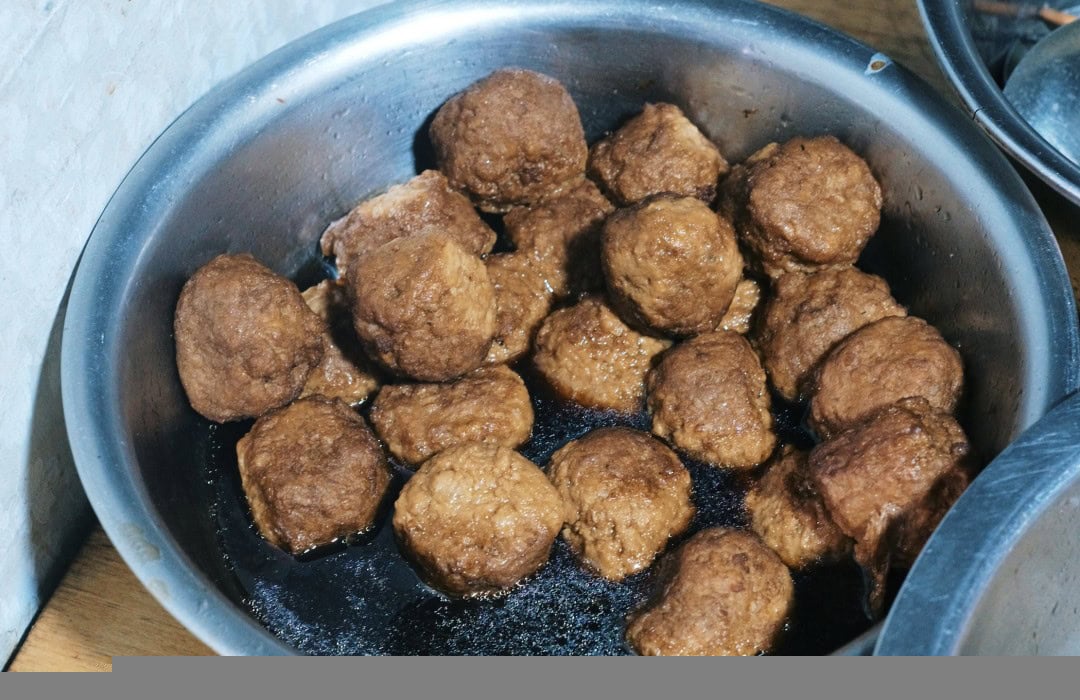
This place is located in Nanxing Bridge, which has always been a gathering place for old Hangzhou residents, serving heavy-flavored traditional Hangzhou cuisine. Most of the customers are locals living nearby.
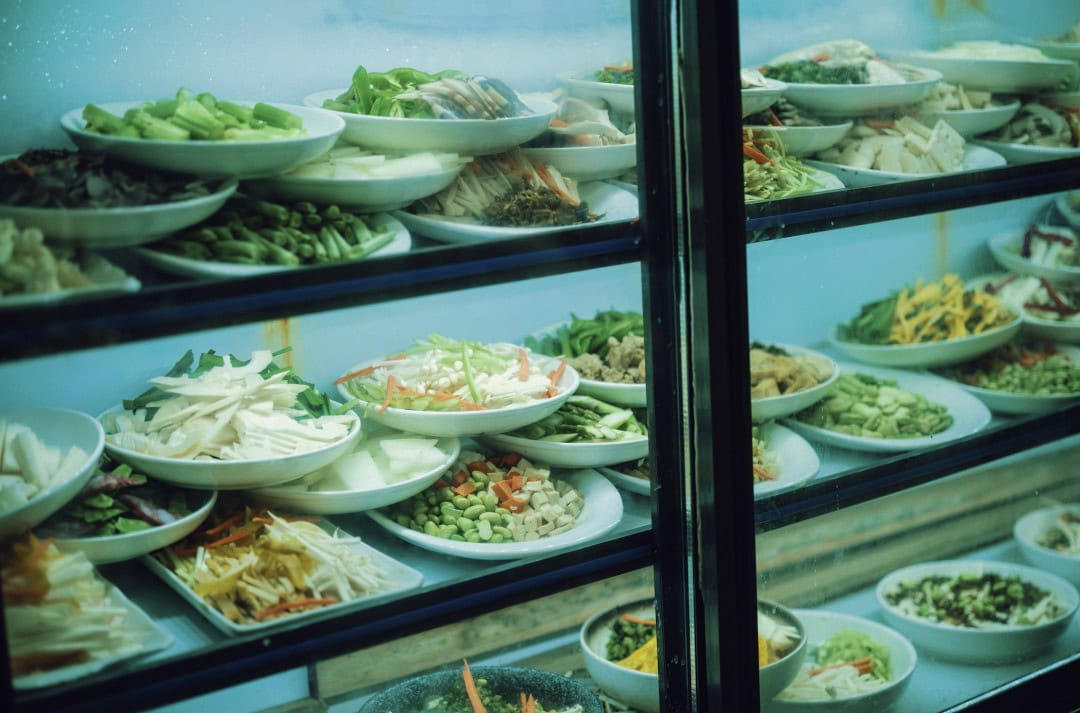
However, this place has an issue with inconsistent quality. Sometimes the dishes are good, and other times they seem off. I guess the chef often takes leave.
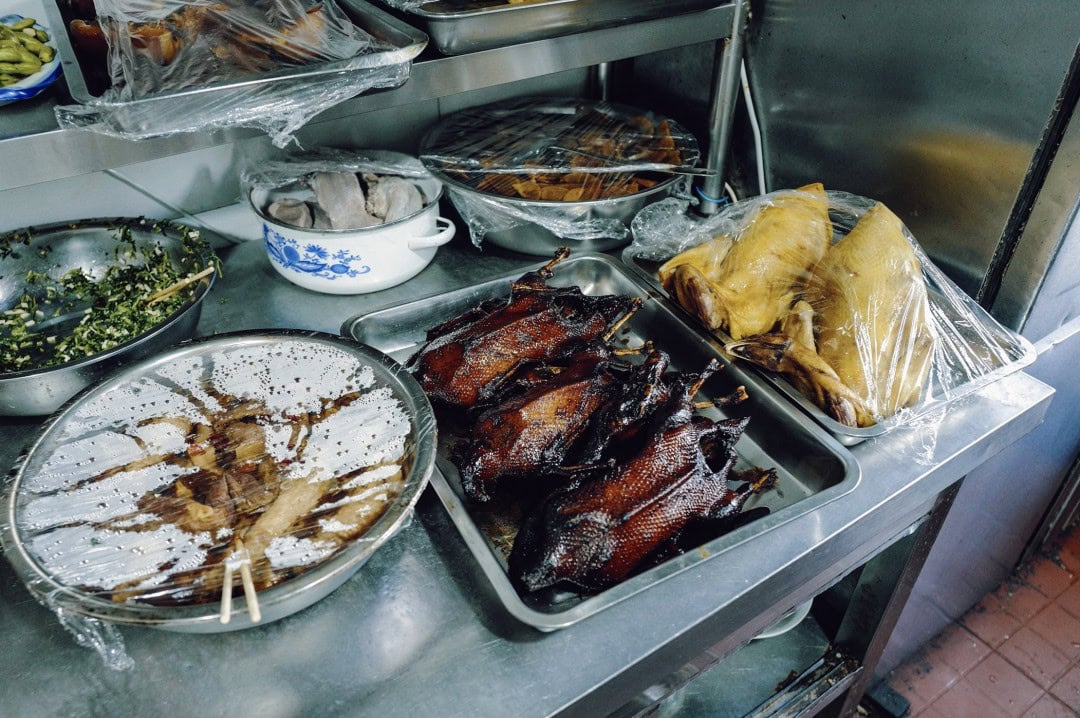
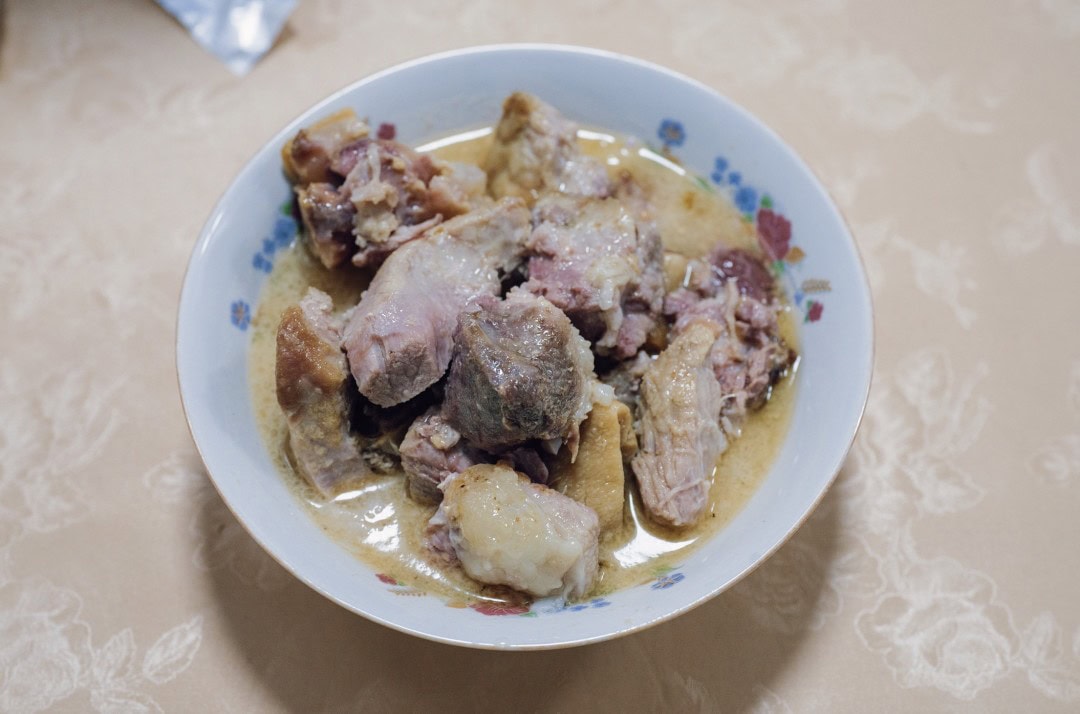
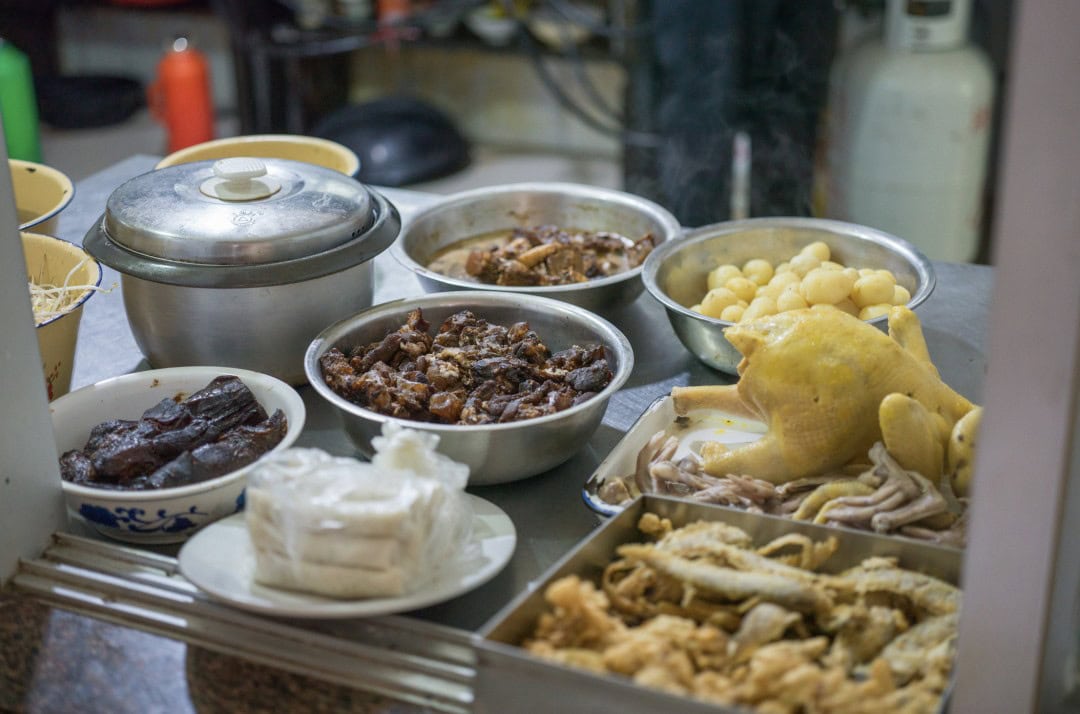
Recommended: Sweet and Sour Pork, with a crispy exterior and tender meat, the balance of sweet and sour flavors is just right.
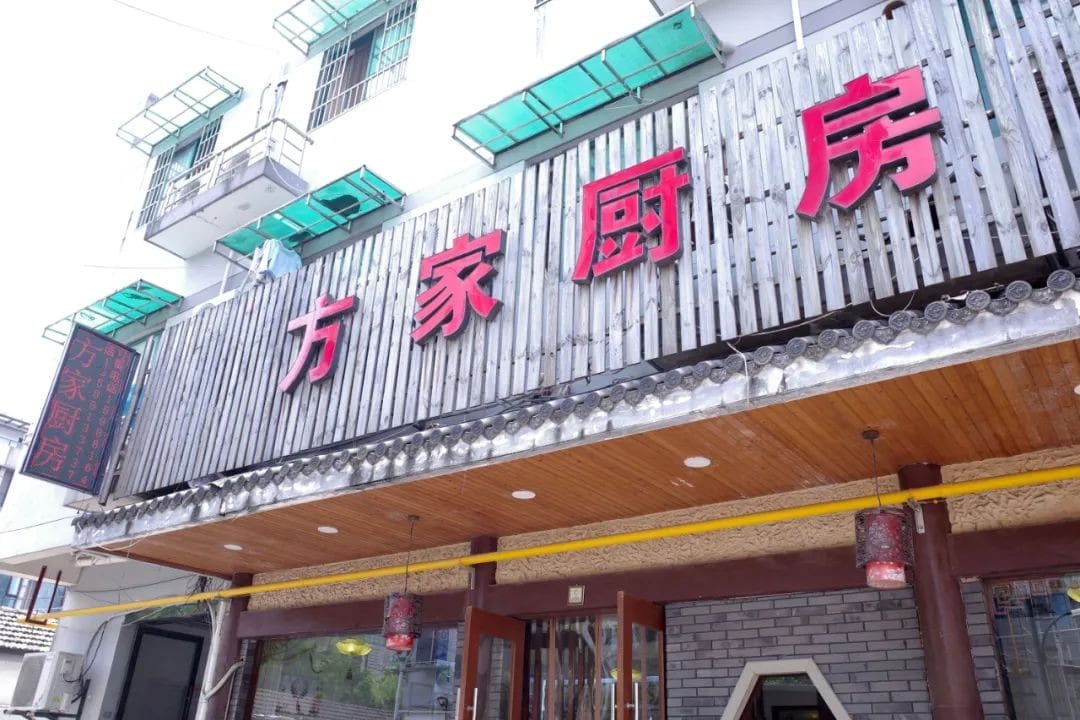
The Braised Small Yellow Croaker this time was just average, not as tender as expected. However, the value for money is still quite good.
Binjiang
Yuwei Restaurant
📍Address: 50 meters north of the intersection of Gongming Lane and Binxing Road, east side
This place is known as the second cafeteria for Alibaba and NetEase employees.
I started eating here when I was working at the East Factory (Alibaba Binjiang Campus). Now, I occasionally go back for a meal.
The most recommended dish at Yuwei Restaurant is the Two Ways with Black Fish, as shown in the picture below.
Fish slices are used in a dish, while fish bones are simmered with tofu to make fish soup. Both dishes together cost only 44 yuan, incredibly cheap.
The black fish slices are very tender, stir-fried with pickled vegetables, making for a very fresh combination.
The soup is also well-made, requiring a long time to simmer to achieve such a milky white color.
Other recommended dishes include Salted Egg Yolk Crispy Pork. It’s a preparation that suits Hangzhou tastes, dry and not greasy, with a bit of cartilage. I could eat a whole plate of it as a snack.
Shijiudui Restaurant
📍Address: No. 112 Zhenqian Road
Founded by a Hangzhou rural production team, this restaurant has a history of over 40 years. Even Chen Xiaoquin has been here.
Shijiudui Restaurant, with a quirky name, was opened by three famous cooks from the production team’s canteen.
There is no menu; you order by looking at the cold cabinet or the blackboard. Many Hangzhou-style restaurants require you to order from the blackboard, which lists either seasonal dishes or specialities.
The signature dish at Shijiudui Restaurant is Braised Intestines, which is a must-order for almost every table. The intestines are tender and flavorful, kept warm over a small flame to prevent them from cooling and becoming greasy. The taste is really good, and the portion is generous.
The Fermented Tofu looks ordinary, with a meatball and chili flakes placed in the center of each piece, and mung beans as a base. The taste is surprisingly delightful, offering a rich texture.
Since Puyang is close to the Qiantang River, river delicacies are also available here. Last time I went, I finished off an entire eel by myself.
Jinjiang
Flavor Connection
📍Address: 28 Jinjiang West Road
Guardians of the traditional Jinjiang flavors, home to the best congbao rou (meat wrapped in scallions) in Hangzhou.
In this area of Jinjiang, the culinary scene was bustling about 5-6 years ago. Many old Hangzhou residents would come here for a meal after a dip in the waves.
However, in recent years, the culinary scene in Jinjiang has declined, with many areas turning into CBDs. Many old restaurants have also moved out.
Flavor Connection has remained steadfast.
Their black fish with preserved vegetables is quite good, and the salted pig trotters are also reliable.
But these are main dishes, and the last time I went, I was alone, so I ordered congbao rou, snails, and stinky tofu.
Congbao rou is highly recommended; the outer shell is crispy and flaky, with a fragrant scallion aroma, and it tastes divine when dipped in sauce.
The snails were not at their best when I ate them, not plump enough. The stinky tofu, however, is to my liking.
North of the City
Fatty’s Restaurant
📍Address: Building 5, Ban Shan Jiayuan, Mingyuan Road
A kind-hearted boss during the pandemic
I recently visited this place, specifically for a visit. It was because they were featured in a recent Hangzhou news report, and I felt I should support them.
Didn’t Hangzhou have a serious outbreak not long ago? This area, Ban Shan, was particularly hard-hit. The owners of Fatty’s Restaurant, a couple, would deliver meals to various community epidemic monitoring points at noon and in the evening, ensuring that on-duty personnel had a hot meal.
It was quite touching. So, I decided to go and support them.
As it turns out, this is a restaurant I like; the flavors really suit my palate.
The scallion-oil pig kidney is likely their signature dish; the kidney has no off-flavor and is exceptionally tender. The cooking is well-timed.
Stinky tofu scrambled eggs are fantastic! They are incredibly delicious and go great with rice. Just one serving of this dish easily made me finish two bowls of rice.
The three-treasure soup is just average, but the portion size is generous (meatballs, wood ear mushrooms, pork belly, duck gizzard, dried shrimp, greens, and what seems to be pork skin). It didn’t have a particularly strong flavor, but the ingredients used are definitely of high quality.
Such a warm-hearted owner deserves all the support. I hope everyone can go and support their business.
Shuigen Restaurant
📍 Address: 159 Jiangong Road
A beacon of local cuisine on the hillside, the shredded pork with dried tofu brings back childhood memories.
The restaurant has less than 10 tables combined on the first and second floors. It’s conveniently located near my current workplace (within a 20-minute drive), so I often dine there for lunch and dinner.
I highly recommend the sliced chicken, fried shrimp, shredded pork with dried tofu, and clear soup with fish balls.
The shredded pork with dried tofu is generously portioned, with the dried tofu cut uniformly thick and thin, then stir-fried with pork and garlic sprouts. This dish requires a high-heat, intense cooking method, with the wok heated quickly and the ingredients tossed in and out swiftly to minimize moisture loss in the garlic sprouts. It’s hard to replicate this at home.
Authentic shredded pork with dried tofu is becoming increasingly rare to find.
I also quite enjoy the sliced pork tongue, which is simply boiled, sliced, and served with a dip of soy sauce and sesame oil.
All the at this place are homemade.
Zhuan Tang
Rainbow Bridge Food Stall
📍 Address: Beside Mai Ling Sha Agricultural Market, Feng Hua East Road
A hidden gem where the aroma of wine doesn’t fear the depth of the alley. This place thrives in less crowded areas. Dining al fresco with a strong sense of local atmosphere.
The location of this food stall is quite secluded, with a barren parking lot and a in front of the shop. Fortunately, I arrived early while it was still light out; otherwise, finding it in the dark would have been challenging.
The owner is quite unconventional; while other restaurant owners choose bustling locations, this one does the opposite. The shop sign is only a small piece above the tent, easily overlooked if not paying attention.
First, let’s start with the house specialty: salt and pepper mantis shrimp.
This basic cooking method, seemingly simple, is actually quite difficult to perfect for a wide audience. If the seasoning is too light, it lacks flavor; if too strong, it overshadows the natural taste of the ingredients. Luckily, this place didn’t disappoint.
The shells of the mantis shrimp were fried to a perfect crisp, with the salt and pepper seasoning so aromatic that I couldn’t stop licking my fingers. After peeling off the shell, you can enjoy the plump and tender meat of the mantis shrimp. Unfortunately, not every shrimp had roe, and some were a bit leaner.
What surprised me even more than the mantis shrimp was the salt and pepper pork trotters.
With one bite, the crispy and fluffy outer skin delivers the first wave of sensation to the mouth, followed by the soft and sticky texture of the tendon, with a hint of chewiness. Just the texture alone had me hooked. As for the seasoning, it goes without saying—their salt and pepper series can be blindly chosen with confidence.
I also ordered a side of lettuce on a whim, and was pleasantly surprised by its quality. The generous amount of garlic and black bean made the lettuce so fragrant that it could rival the vermicelli in garlic-steamed scallops, making it a great accompaniment to rice.
Yuhang
Zeyan Restaurant
📍 Address: No. 11 Jiangshan Road, Changle Village, Jingshan Town
A farmhouse restaurant by the Changle Forest Farm
I discovered this gem while searching for places to eat during a visit to the Changle Forest Farm. It’s a straightforward place where you order directly from the menu and can see the kitchen, a typical “fly-infested” eatery.
The soup with snails was really well done. It was made with salted pork, bamboo shoots, pickled peppers, and green and red peppers. Mildly spicy and delicious!
The snails had no trace of muddiness, and despite being out of season, they were quite plump and clean—the cleanest snails I’ve had this year.
The mixed fish pot is made with wild river shrimp, snails, catfish, and wild crucian carp caught from the river across the street, along with bamboo shoots. It’s also wonderfully flavorful.
For, I recommend the fried rice noodles, which are not mushy and have a great texture.
Xiaoshan
Gaoqiao Tiger Restaurant
📍 Address: Unit 102, West Block, Building 99, Gaoqiao Community, Chengxiang Street
Tiger chili dishes, perfect for rice
This place has been around for nearly 40 years, embodying the purest “Xiaoshan roadside eatery” style. The entrance is small and extremely unassuming, even a bit run-down, but inside, there are about 10 tables.
The dishes are classic Xiaoshan cuisine, cooked in the traditional Xiaoshan style, with plenty of wok hei (wok breath). Many dishes are stir-fried with lard, so they are very aromatic.
Although there is a menu on the wall, it’s recommended to order directly from the cold cabinet. All ingredients are purchased daily from the market and displayed in the large cold cabinet for selection and plating.
**Braised Pork Trotters with Meat**
A very hearty dish, filled to the brim with meat, perfect for a hearty meal.
The salted pork trotters are slightly salty but very flavorful, while the fresh meat is very Q-tender, making it a great accompaniment to rice.
**Gaoqiao Laohu Vegetable Dish**
This is the signature dish, slightly spicy, refreshing, and full of flavor, perfect for pairing with rice. The ingredients are simple: green peppers, shredded meat, dried tofu, and fermented vegetables. The key lies in the chef’s skill, having been cooking for decades, so it’s guaranteed to be good.
Additionally, I highly recommend their preserved goods.
**Yingying Restaurant**
📍Address: Shenjiali Road
A genuine Xiaoshan home-style restaurant that has been operating for 38 years.
There are no menus here; you simply order what you see in the fridge. If it’s not in the fridge, you can check the kitchen. All dishes are authentic Xiaoshan home-style cuisine.
I recommend the sautéed kidney slices with scallion oil (or the stir-fried kidney slices). Their control over the cooking time for the kidney slices is excellent; any longer and they would be overcooked, any shorter and they would be undercooked. The blanched mung bean sprouts at the bottom, infused with the essence of the oil, are even more delicious than the kidney slices.
The kidney slices at Yingying Restaurant are so tender, thanks to their unique marination technique.
The braised tofu is also good and very affordable, costing just over 10 yuan. The pieces are intact and well-seasoned, making it perfect for eating with rice.
The braised beef is homemade, not dry or tough, and full of rich braising flavors.
**Caojiaqiao Shujin Goose Meat Restaurant**
📍Address: Liuyuan Street No. 60
The best goose meat in the area.
Whenever I pass by, I always can’t resist bringing home some sliced goose. Their specialty is goose, priced at 50 yuan per jin, and it’s incredibly fragrant. They also sell some goose parts.
**Huanhuan Restaurant**
📍Address: Meisheng Road No. 8
Eating Wild Duck in Hangzhou? Huanhuan Restaurant Says They’re Second to None
Great eateries, in fact, are rarely found on public review platforms. This one has a mere 3.5 stars on reviews and only four comments.
Huanhuan Restaurant is quite close to Xiaoshan Airport; it takes me 40 minutes to drive there from home. Yet, despite the distance, I still visit every two to three months to indulge in their dry-braised wild duck, a delicacy not found in other Hangzhou restaurants.
A wild duck here costs 330 yuan, not exactly cheap. And the duck is quite small, lean and refined.
The duck is cooked with ham in a pressure cooker, resulting in an incredibly flavorful dish. Foodies make the trip across the river just to savor this freshness.
Additionally, their eel is also worth recommending. It’s not cheap either, at over 300 yuan per piece, said to be from the Qiantang River.
It’s not greasy and is extremely delicious.
Have you noticed that many great hole-in-the-wall eateries are in Xiaoshan?
Xiaoshan, located south of Shaoxing and north of the Qiantang River, sees the exchange and fusion of Shaoxing and Hangzhou’s ingredients and flavors, yet with some unique differences.
Moreover, Xiaoshan’s market has yet to be infiltrated by capital (or perhaps overlooked). Hangzhou used to have many good hole-in-the-wall places, but after being lured by capital, they became increasingly less palatable (I’m talking about Juying here).
Originally a hole-in-the-wall, it has since been renovated.
Pang Dajie Stinky Tofu
📍 Address: 2nd Floor, West Lake International Trade Center, Qingchun Road
A late-night snack king in Hangzhou, starting business at 9 PM
Pang Dajie Stinky Tofu is considered the best in Hangzhou, a legend in the city’s late-night snack scene. Their stinky tofu is marinated in-house, having been sold for over 30 years, with long queues every day.
Each serving is freshly fried. However, Pang Dajie’s stinky tofu is the only standout; other fried items are just average.
**Caifa Home-style Cuisine**
📍 Address: No. 407, Hushu South Road
Signature dish: Steamed pig brain with stinky tofu
Caifa Home-style Cuisine is located near Mishi Alley in Gongshu District, where the atmosphere is very lively with many old residential areas and a high density of elderly people on the streets. Naturally, the flavors are very traditional Hangzhou.
The signature dish here is steamed pig brain with stinky tofu. The stinky tofu serves as the base, topped with pig brain. There’s no fishy smell, and the pig brain is incredibly tender.
**Baozhongbao Restaurant**
📍 Address: No. 224, Qingtai Street (near Sixth Space)
Featured in “A Bite of China” by the show’s chief consultant, Shen Baohua.
The signboard boasts “King of Kidney Flowers,” and it looks very tempting. The texture is crisp, tender, and smooth, and surprisingly, it’s a cold dish.
Fangjia Kitchen
📍Address: Room 101, Building A, No. 38, Huyu Road
Like Deming, the signature dish here is crispy pork large intestine. The main difference lies in the dipping sauce; Fangjia Kitchen uses Cantonese-style plum sauce, which pairs perfectly with the large intestine, making it both refreshing and appetizing.
Another signature dish is the dark cuisine—stinky tofu with prawn casserole.
Using stinky tofu as the soup base, chicken feet and duck tongues are stewed until soft and flavorful. It’s all about the umami, and the portion is generous. Don’t forget to try the soup with rice.
Other recommended places for Hangzhou cuisine include Jinzhu, Fuyuanju, Feile, Qunle, Xinzhouji, Deming Restaurant, Jinzhongbang, Hangzhou Sisters, Baxian Gouhai, and Cai’e Restaurant.
Today’s write-up is omitted mainly because, compared to the above, these places are on a higher level.
Well, we’ve covered quite a range, haven’t we?
While there are many small eateries, only a few stand out. If you have any recommendations for Hangzhou’s small eateries, feel free to share them with us in the comments.

